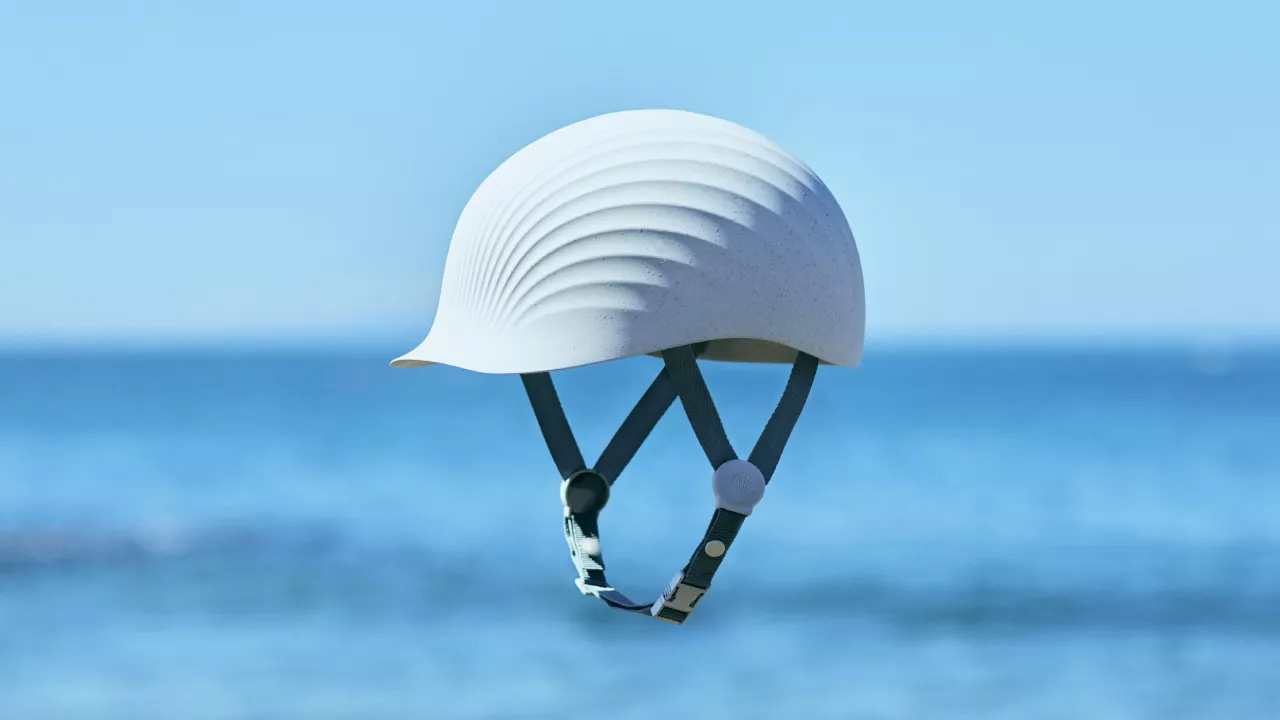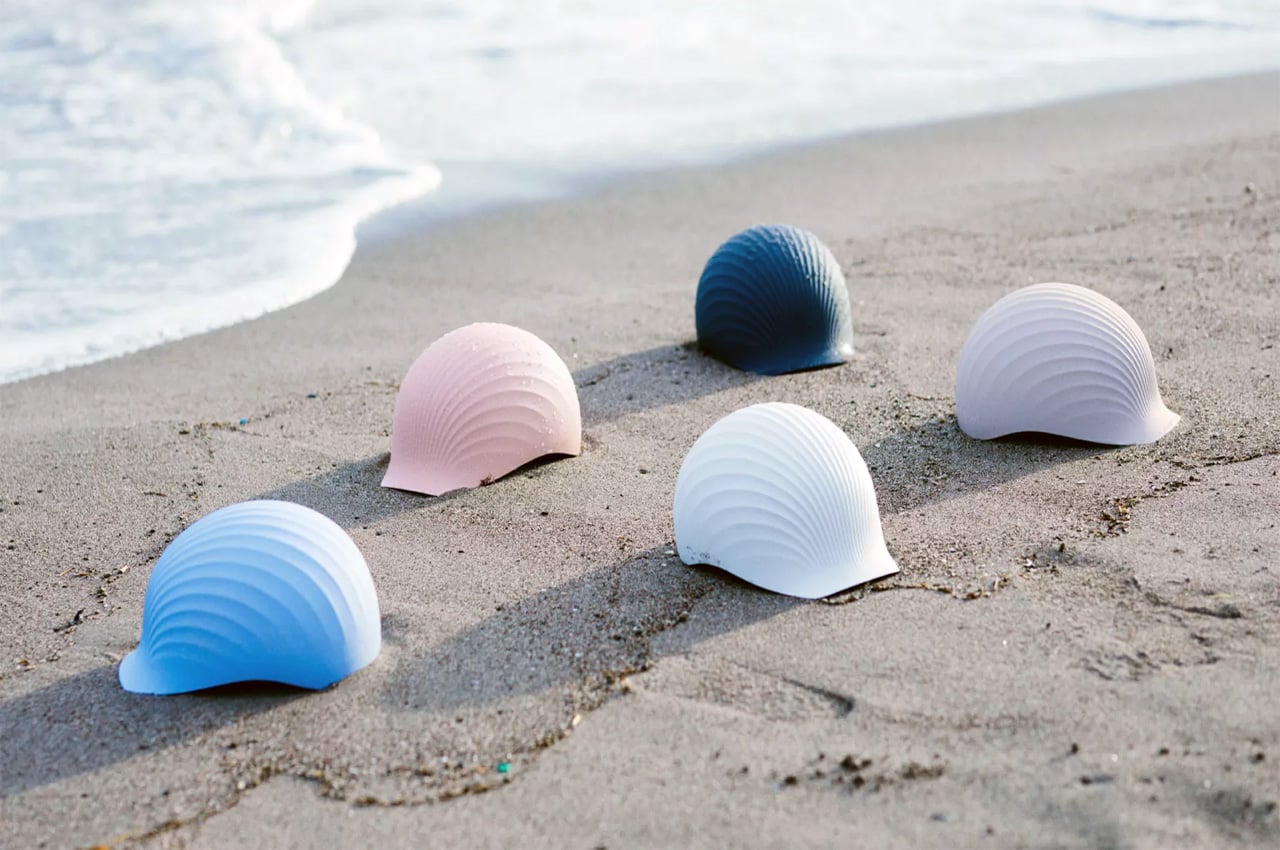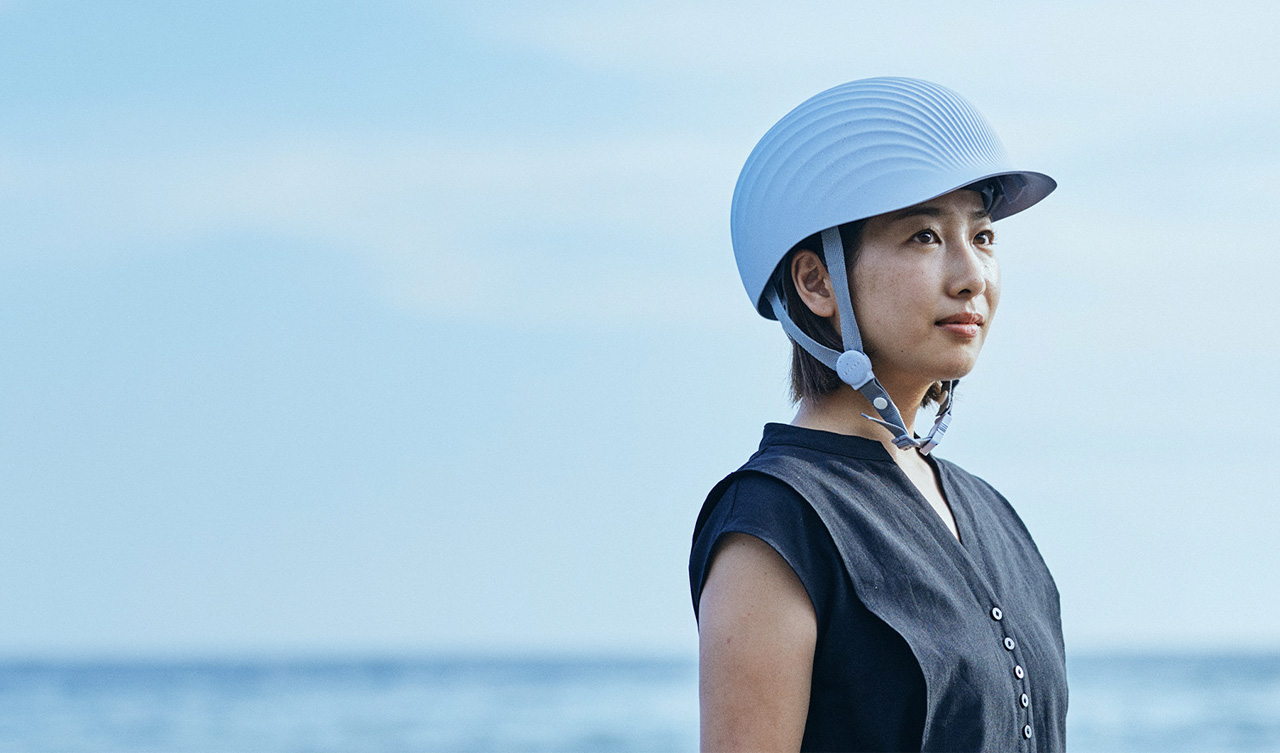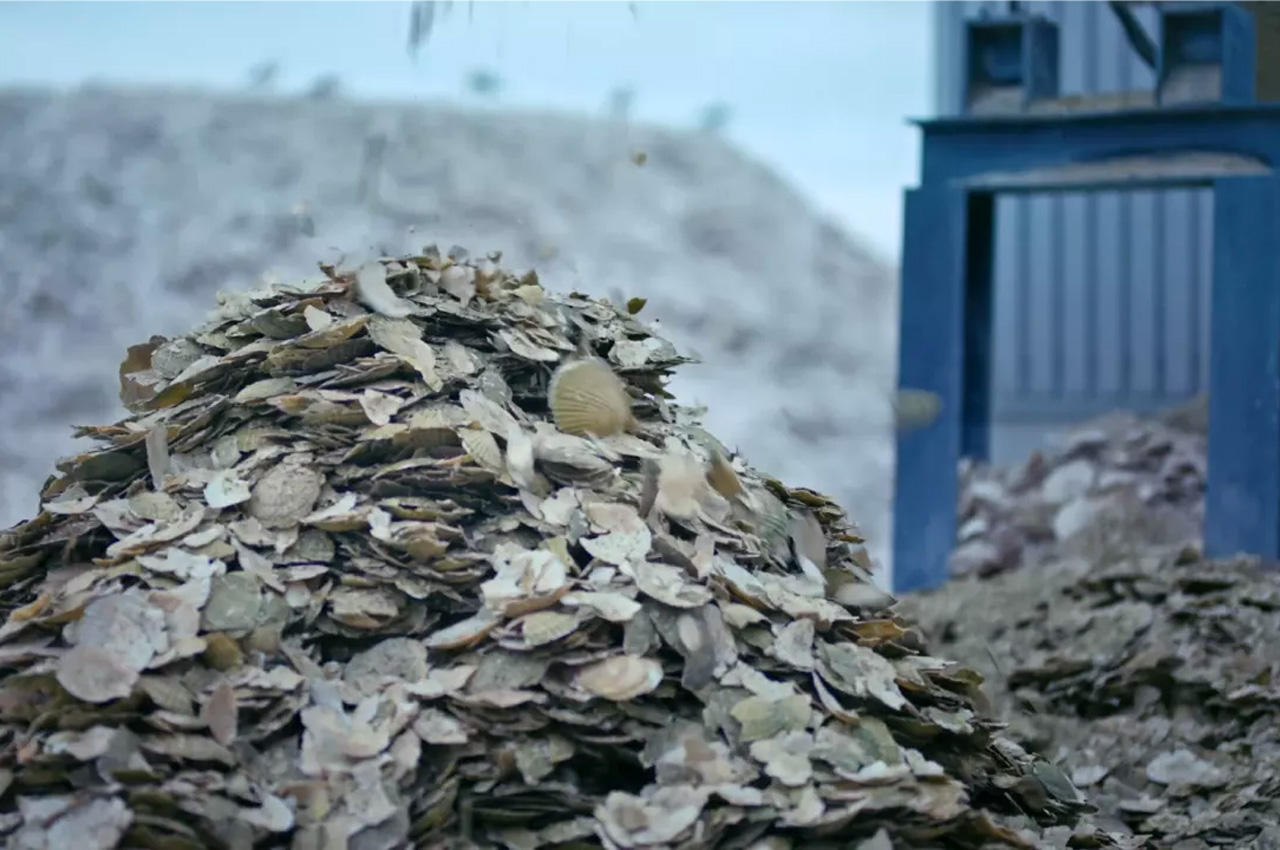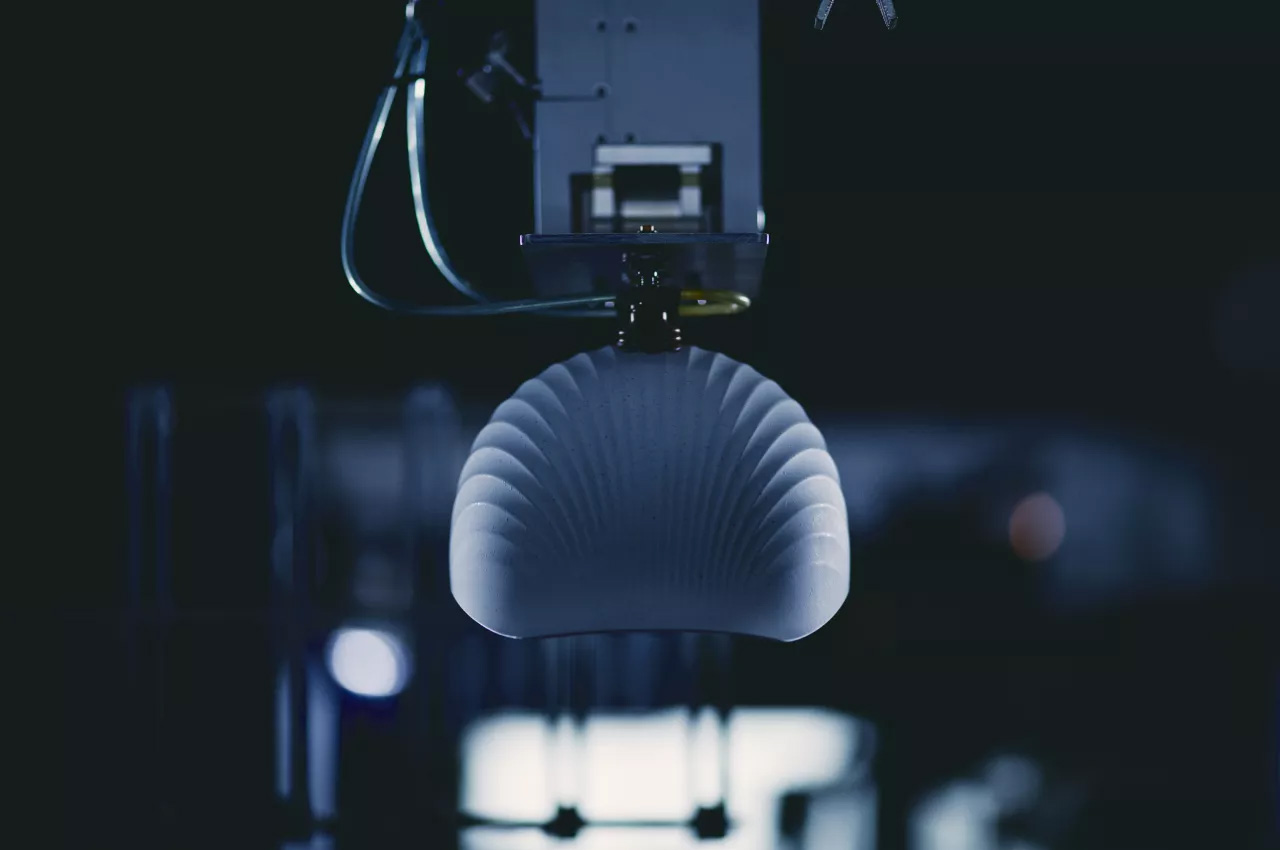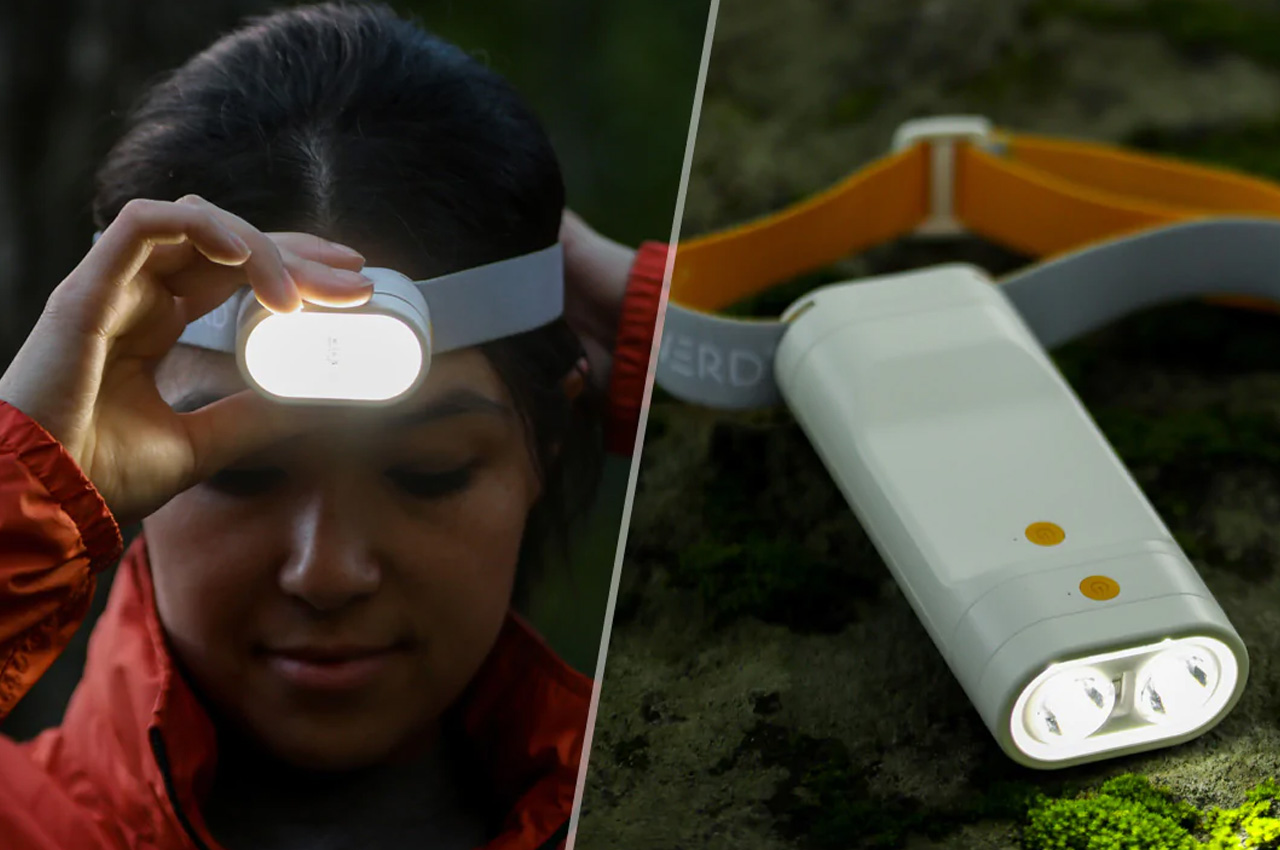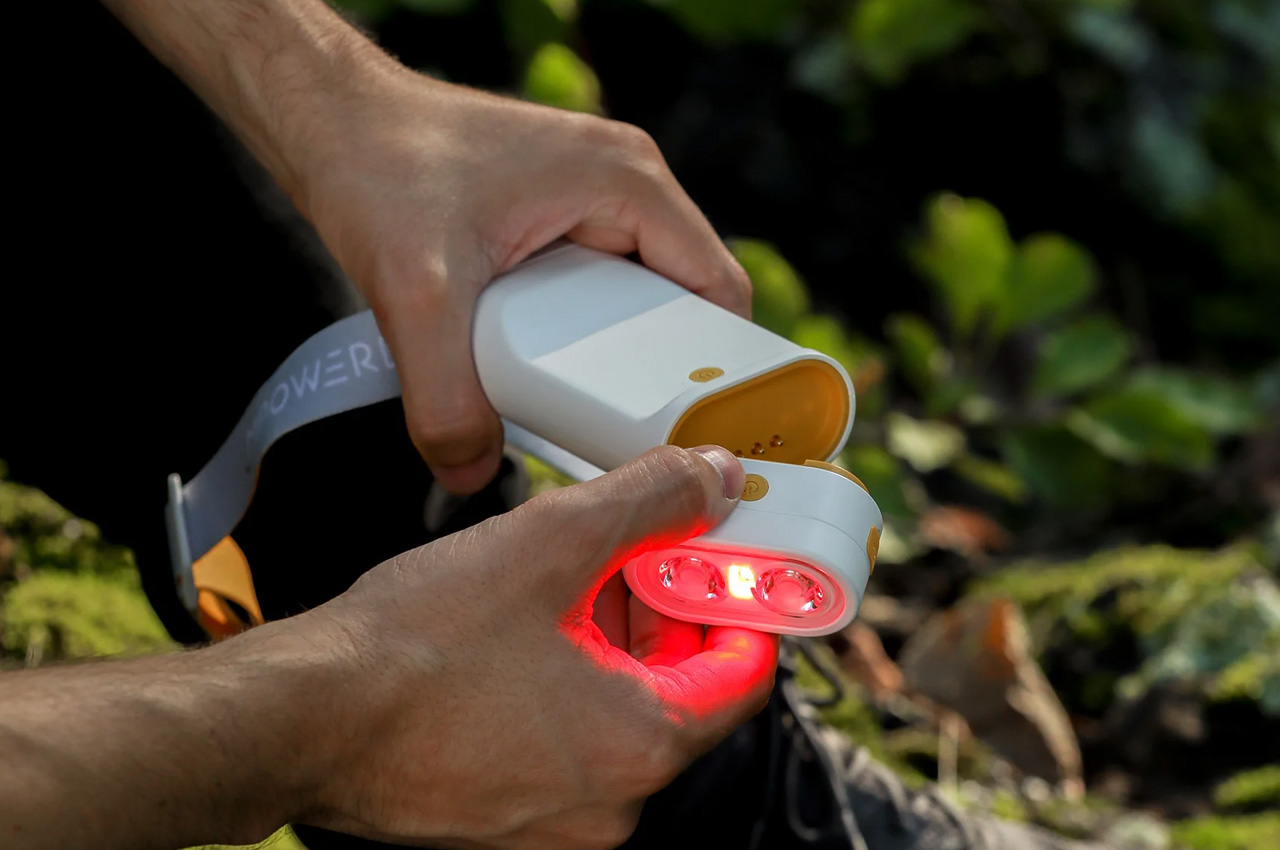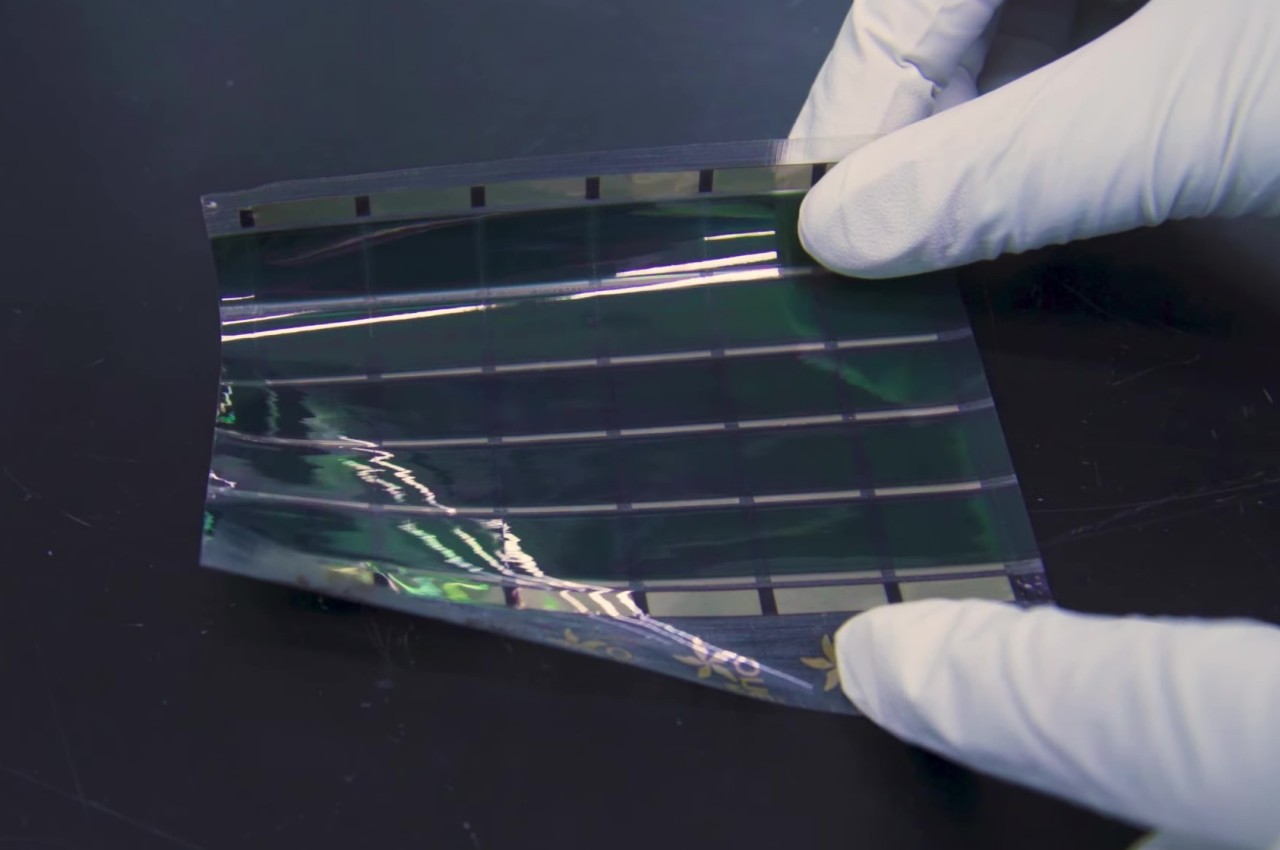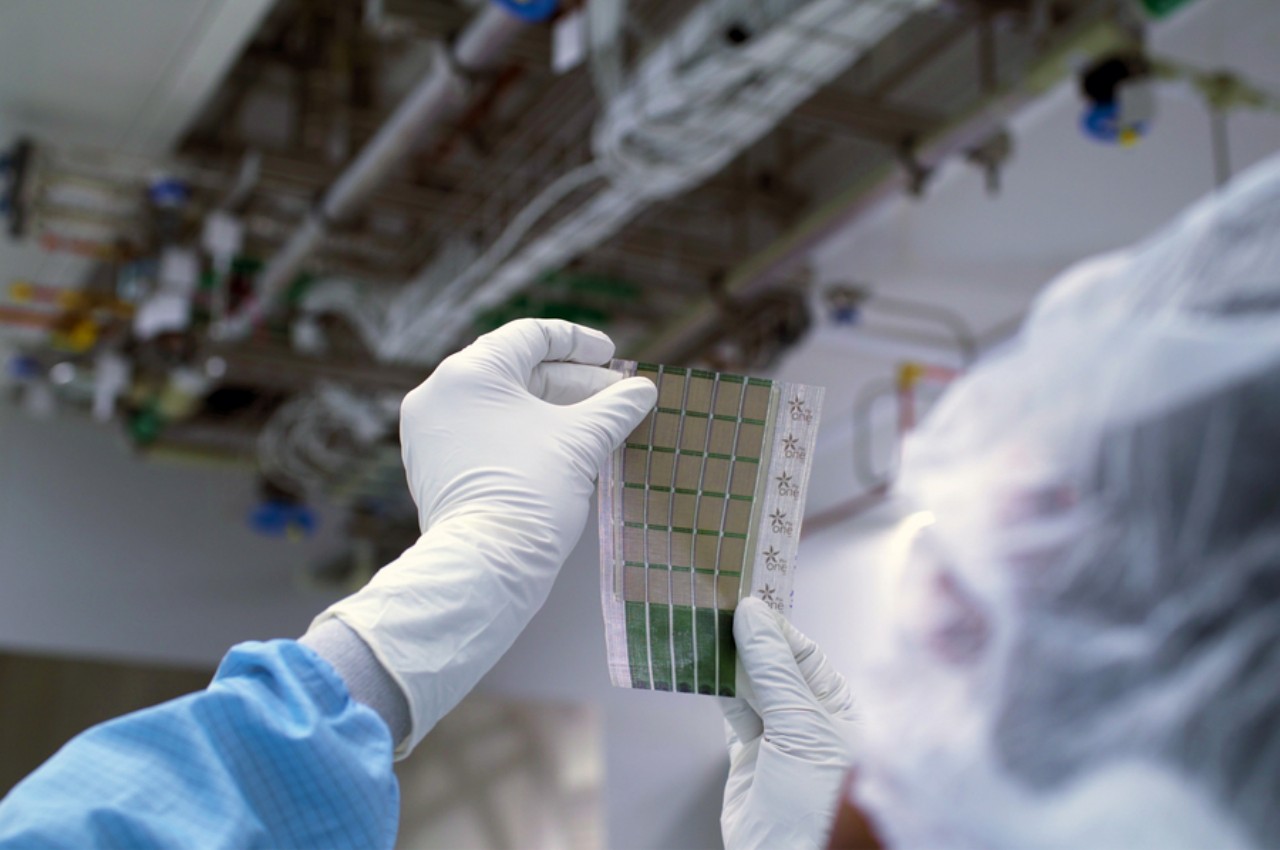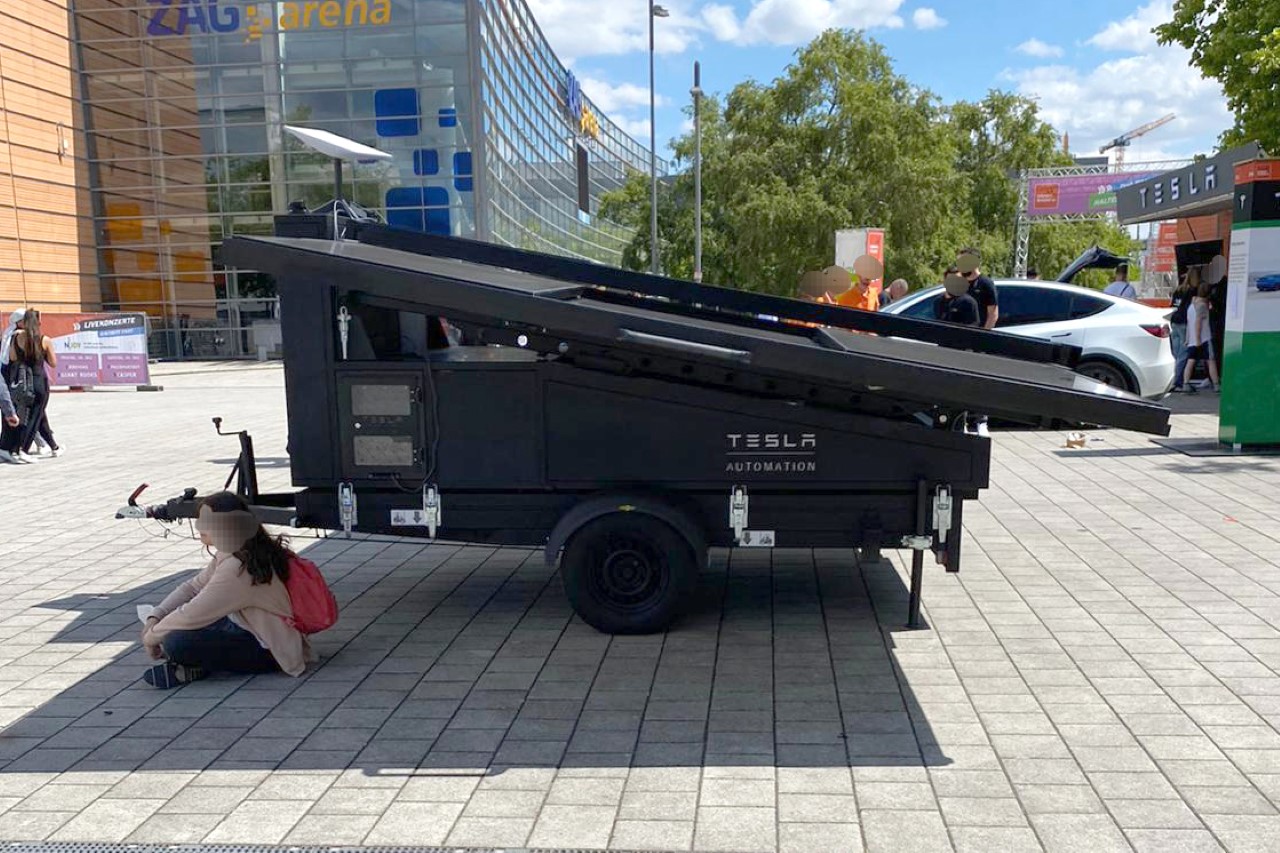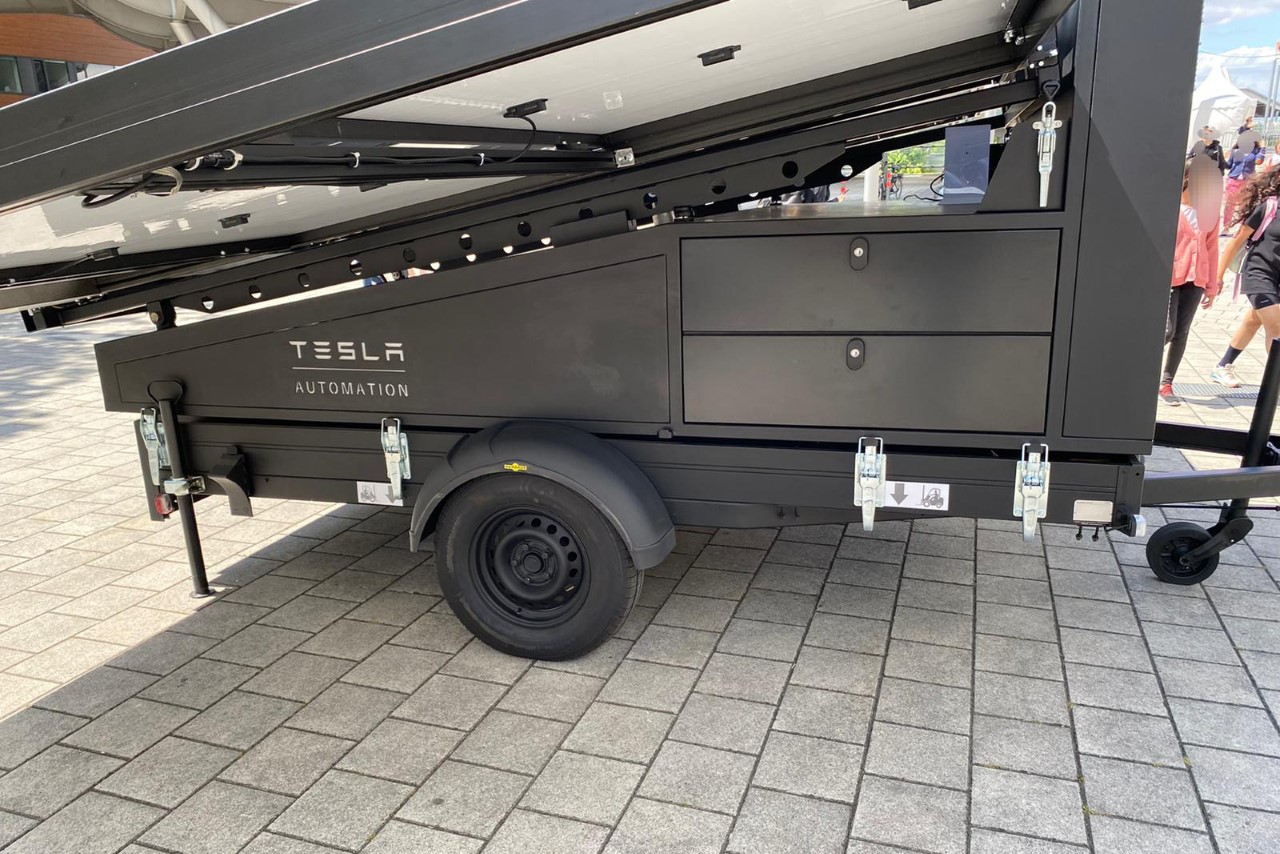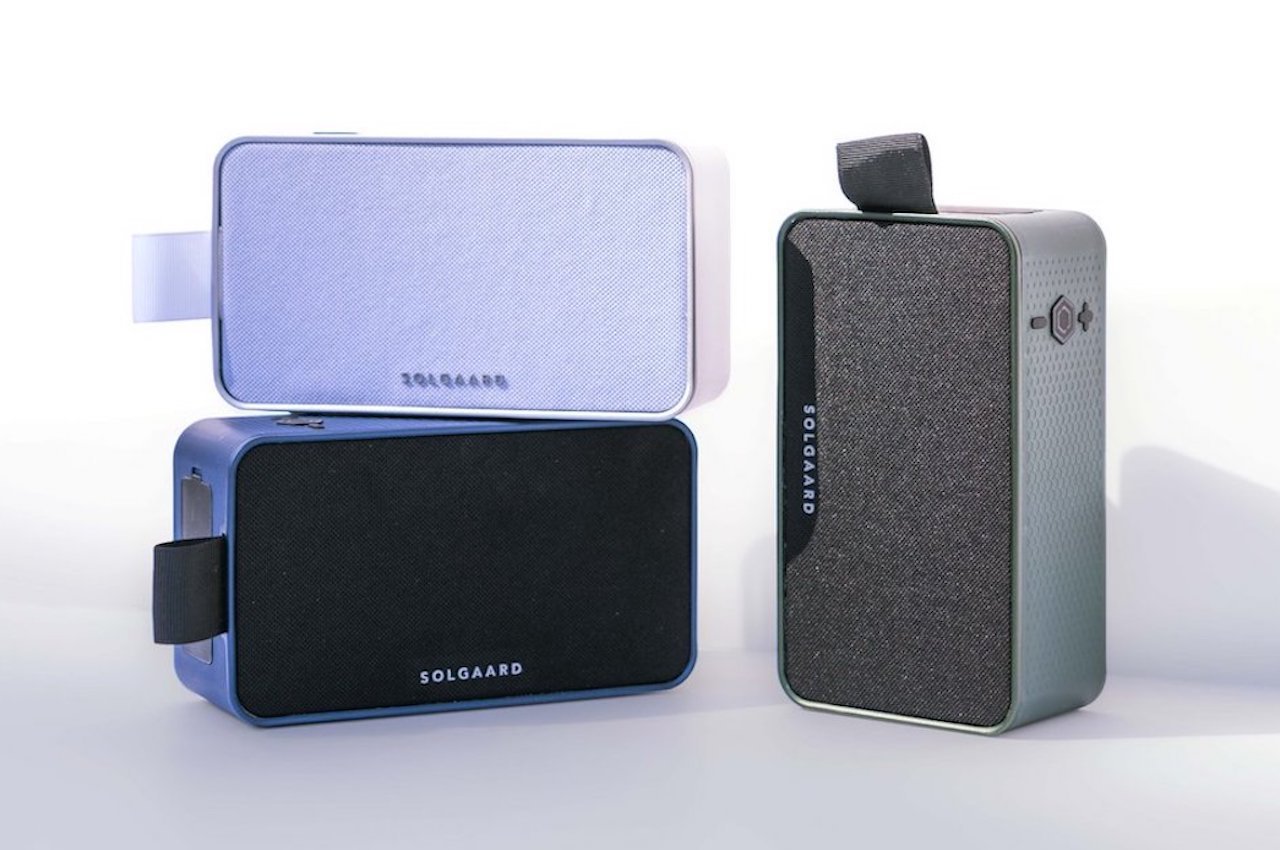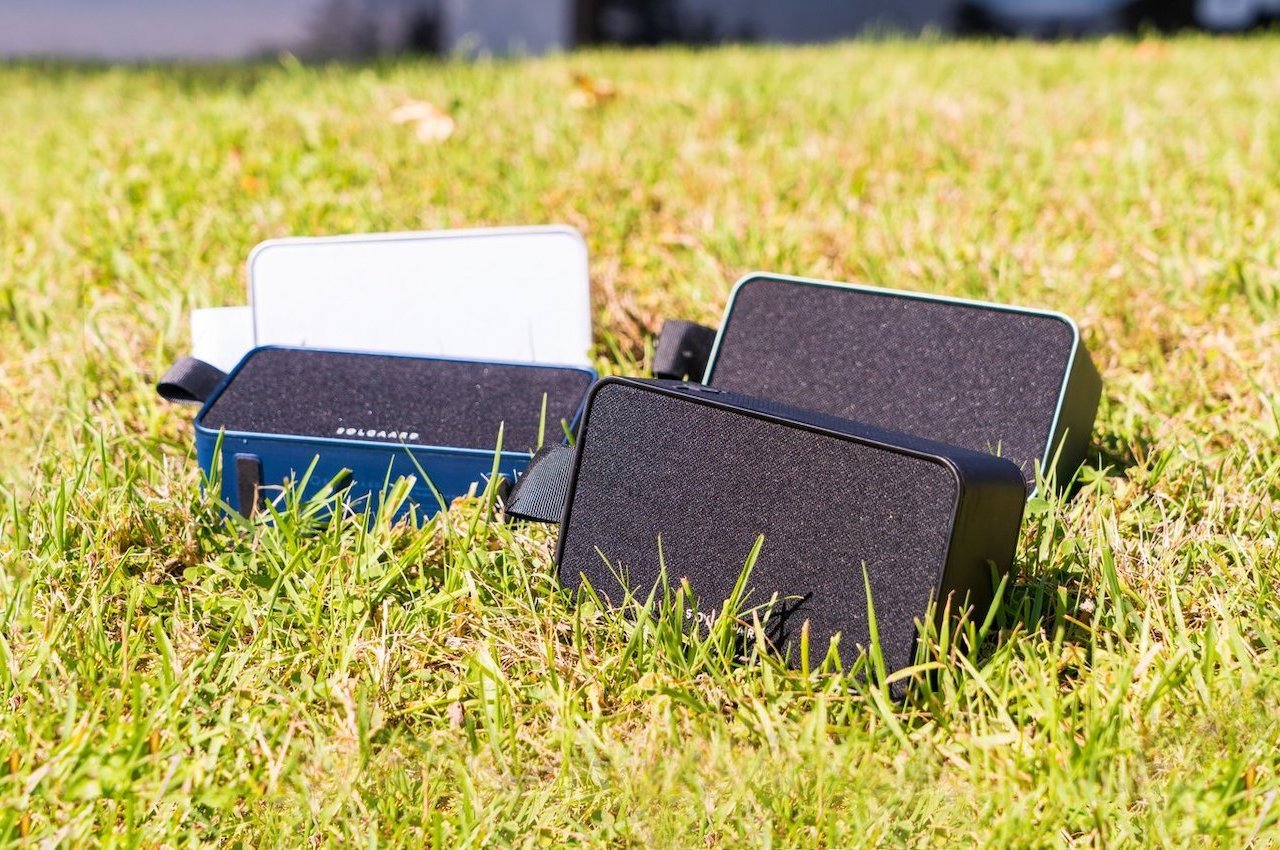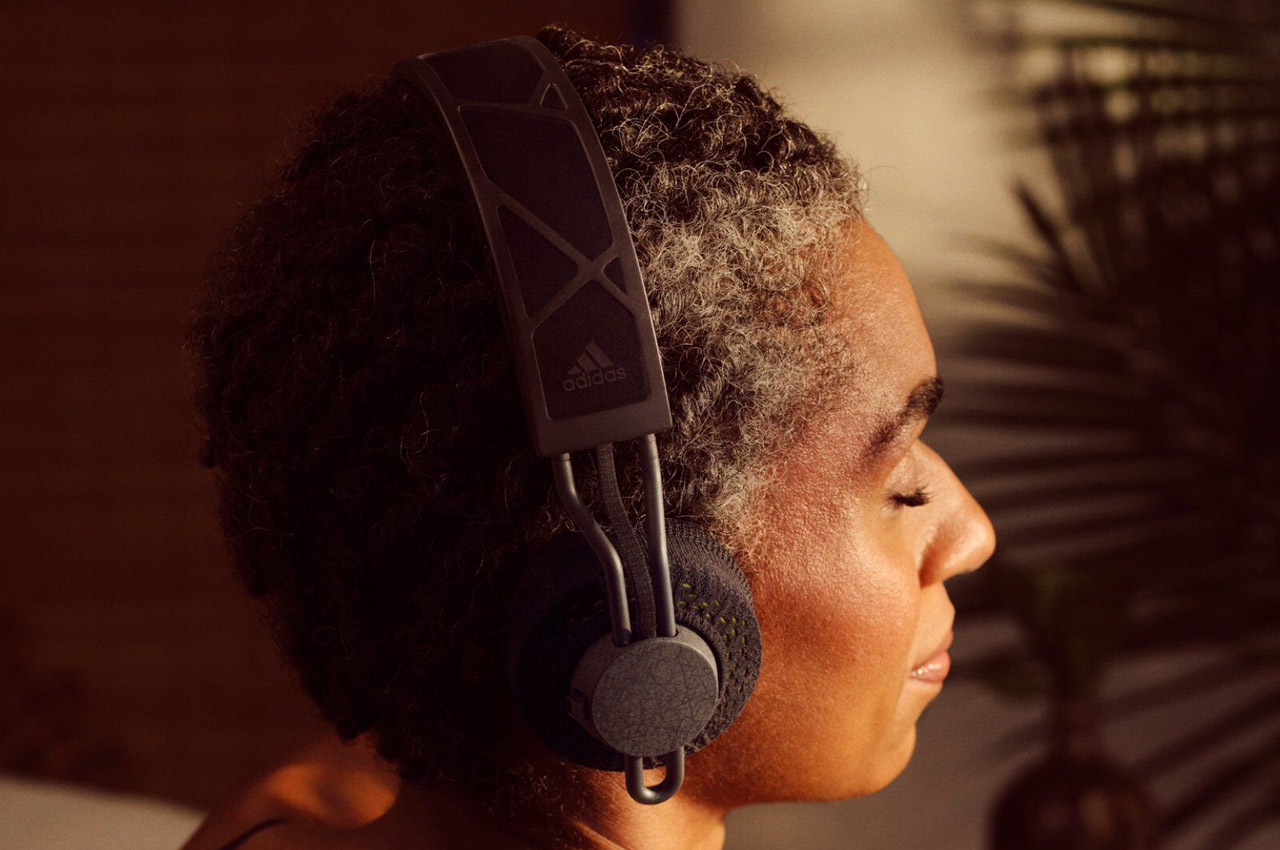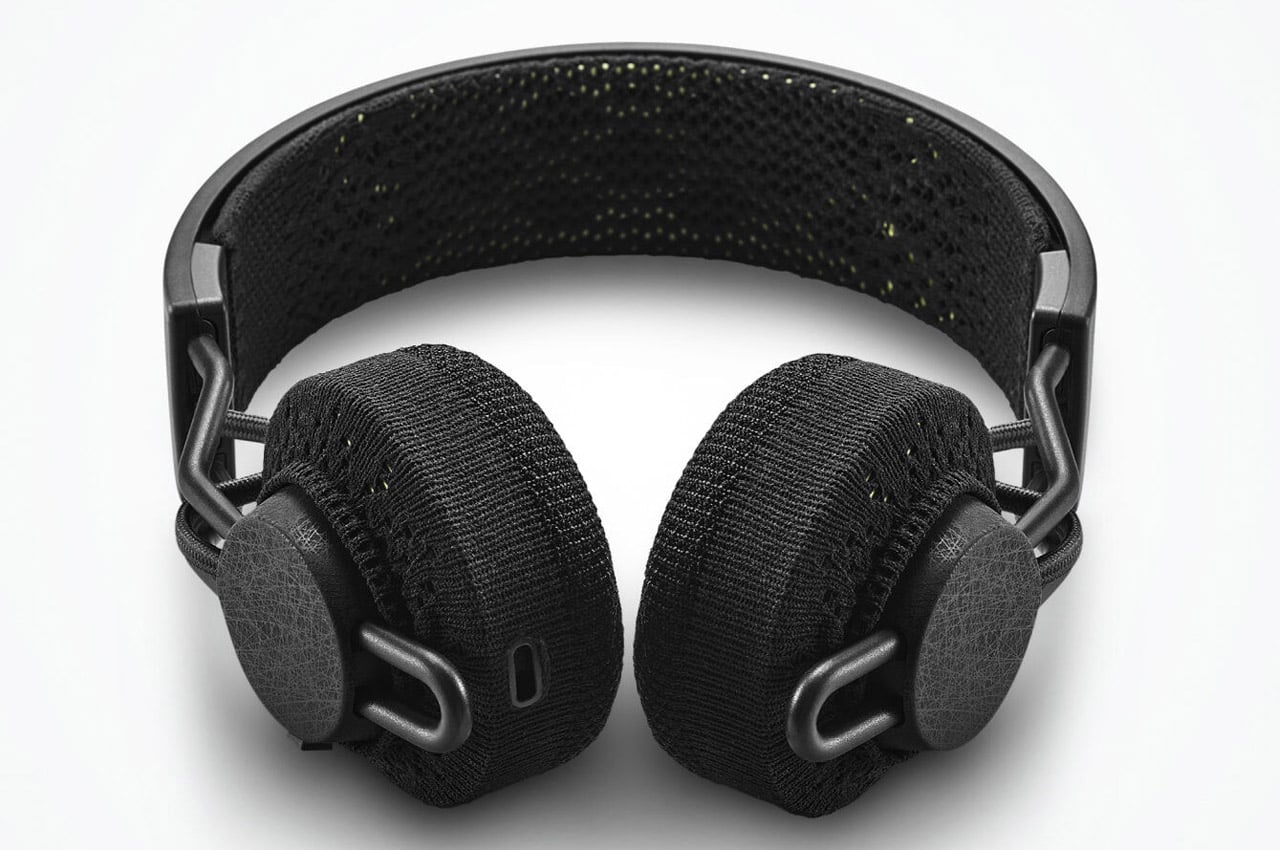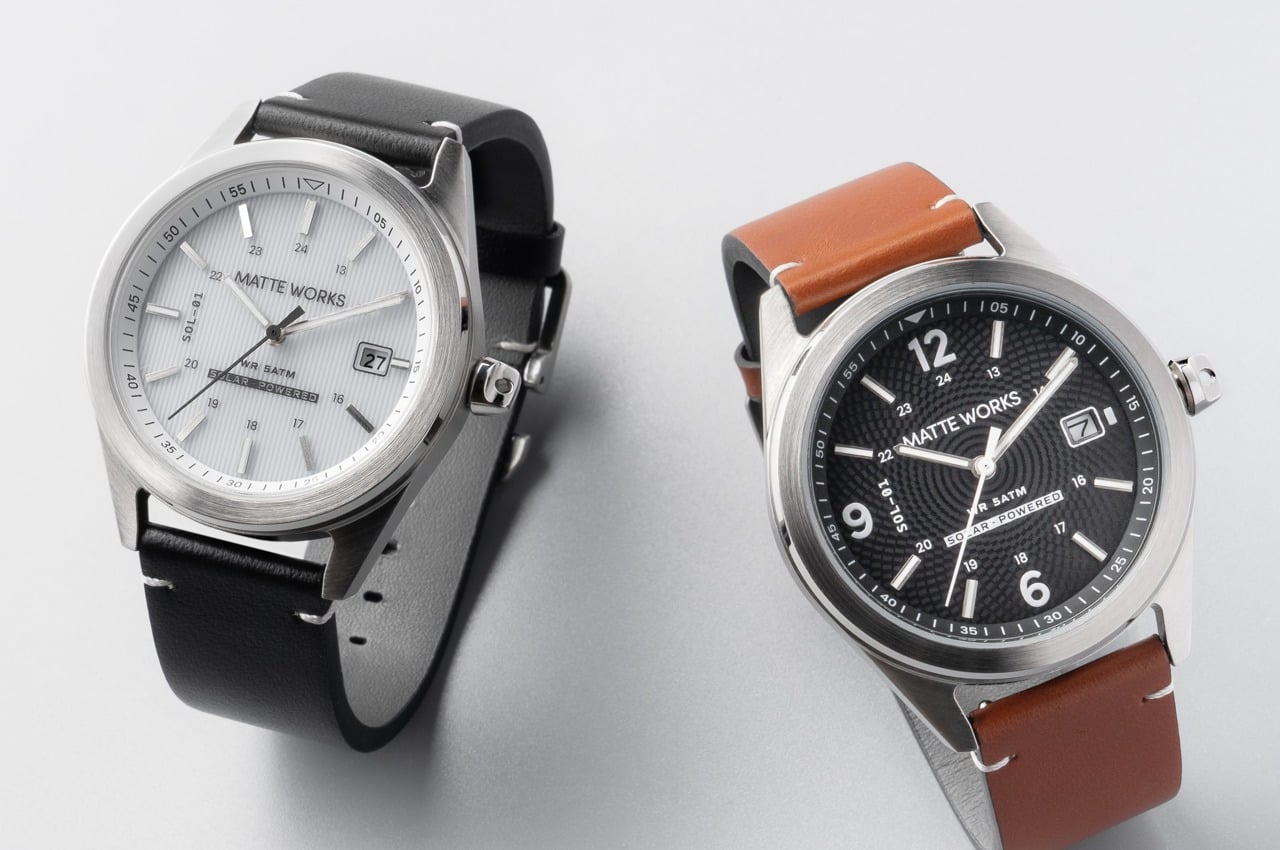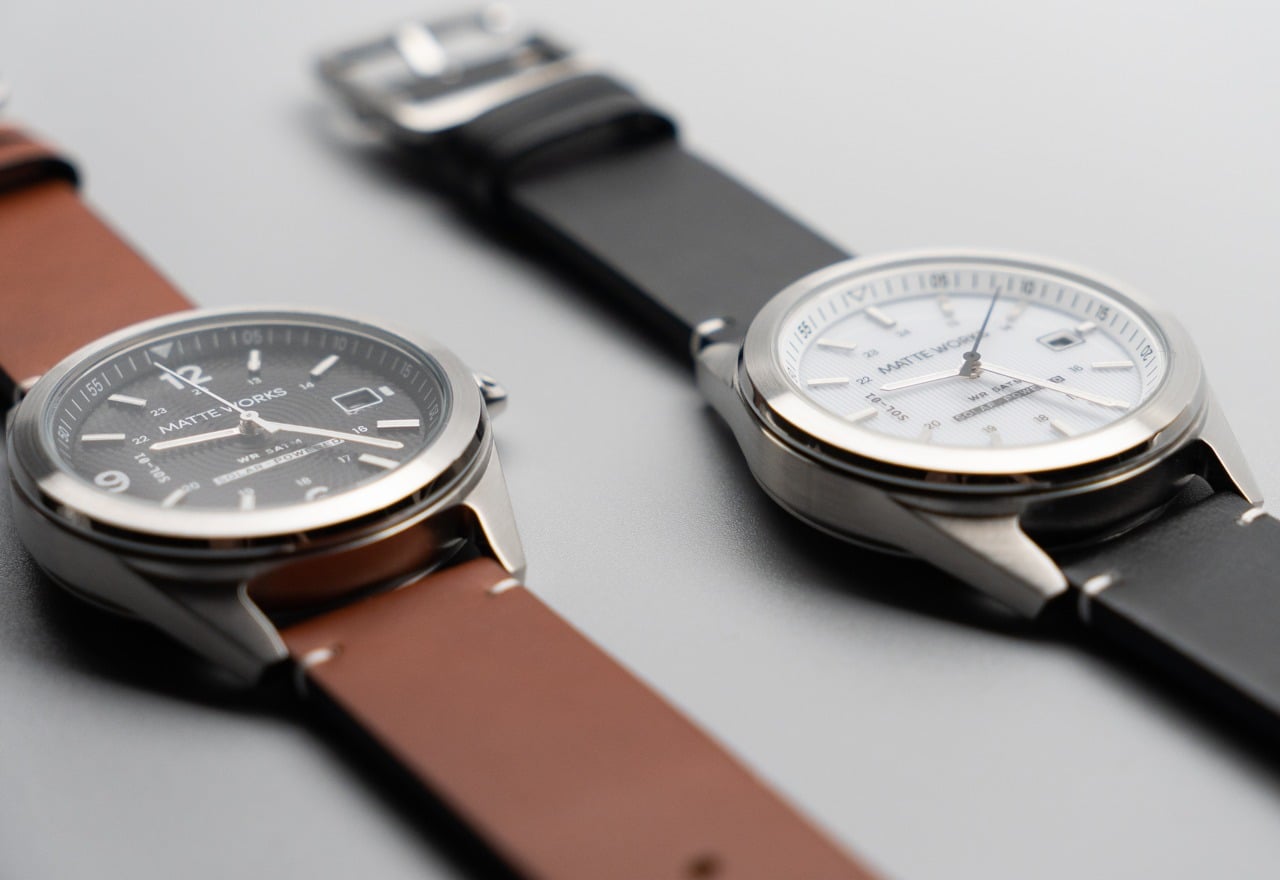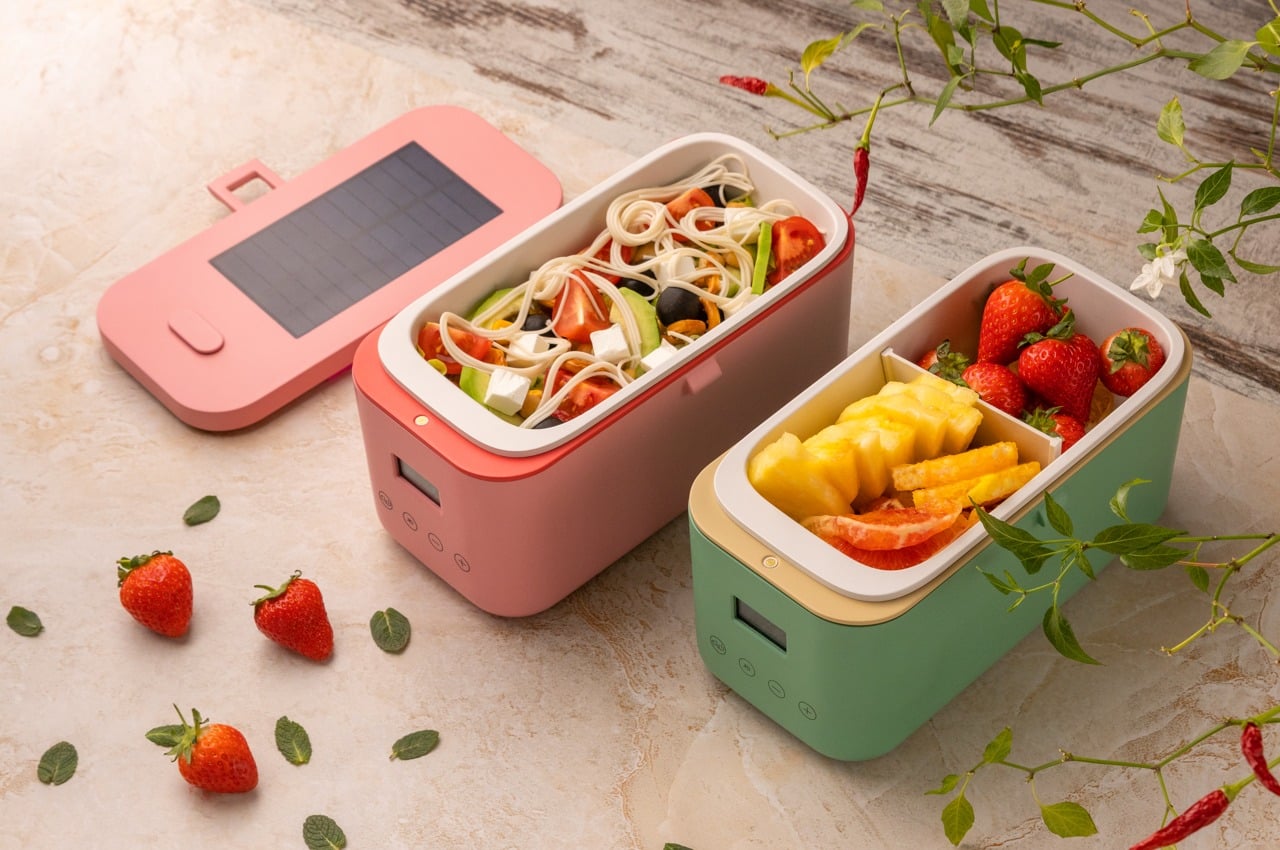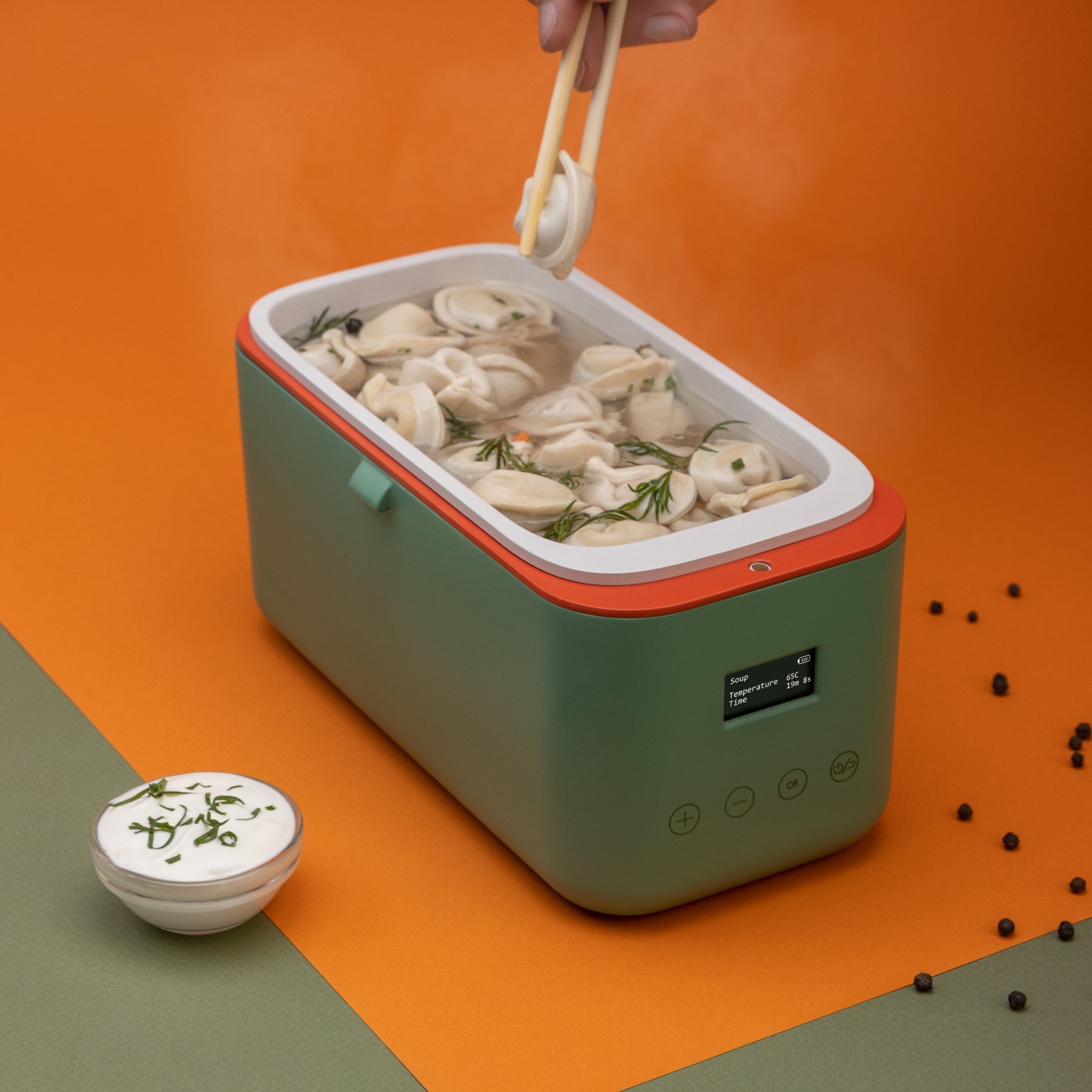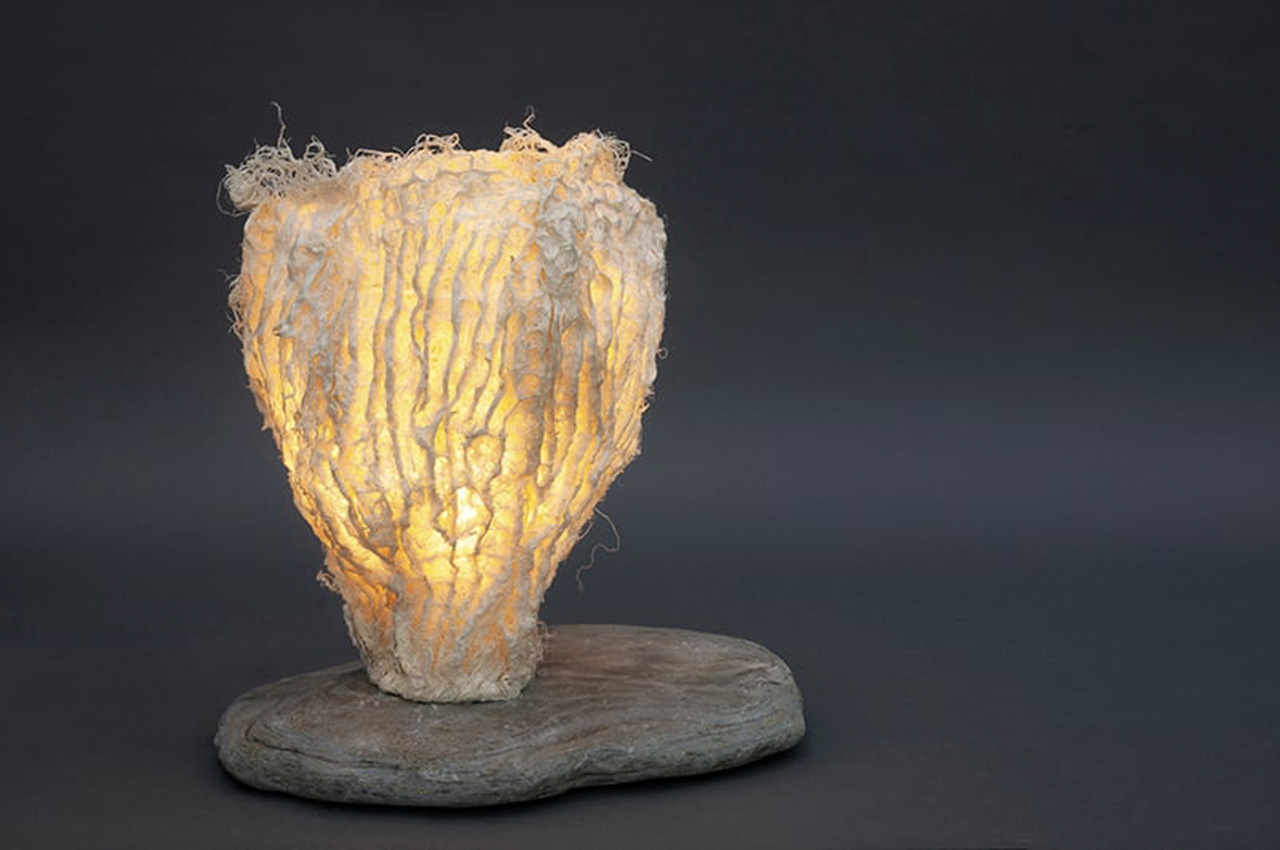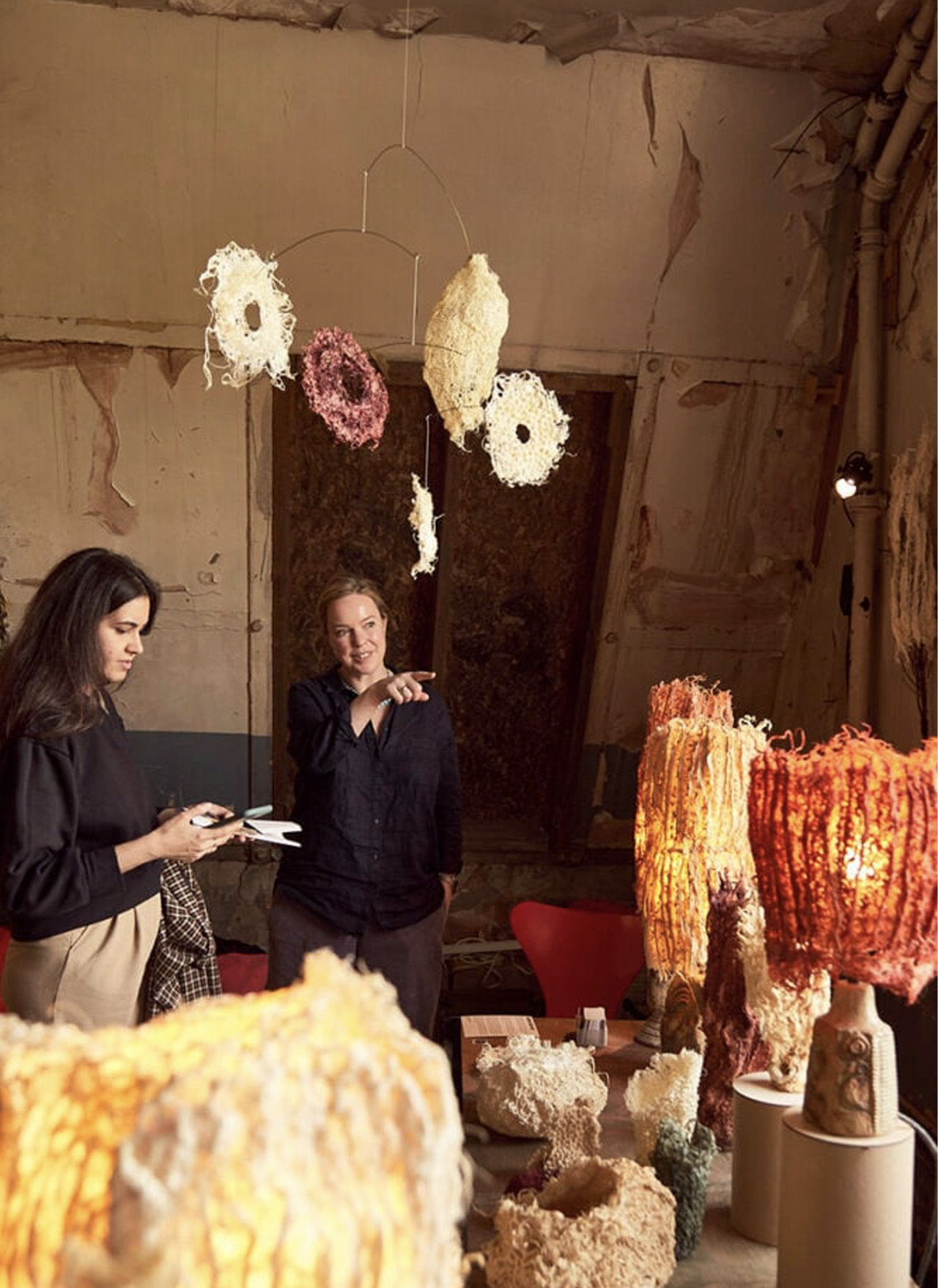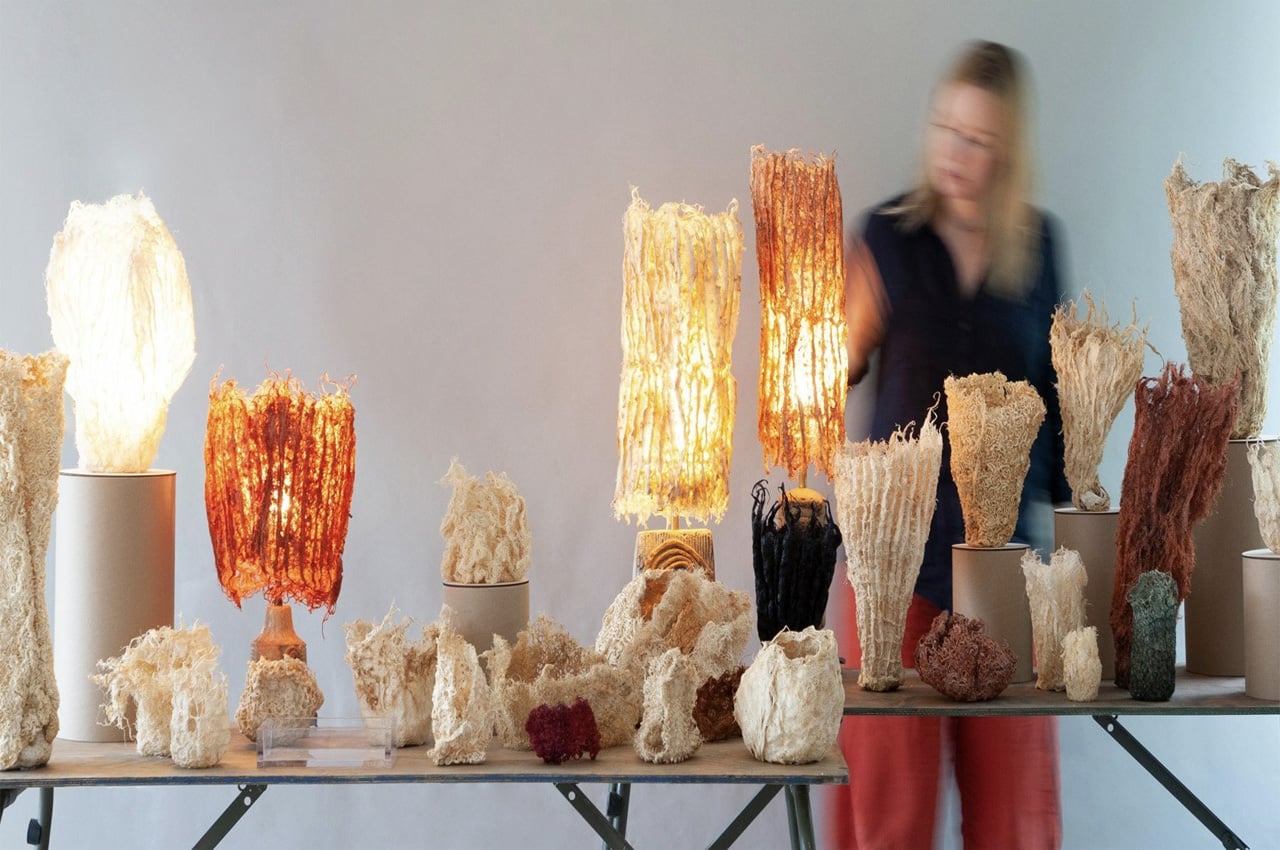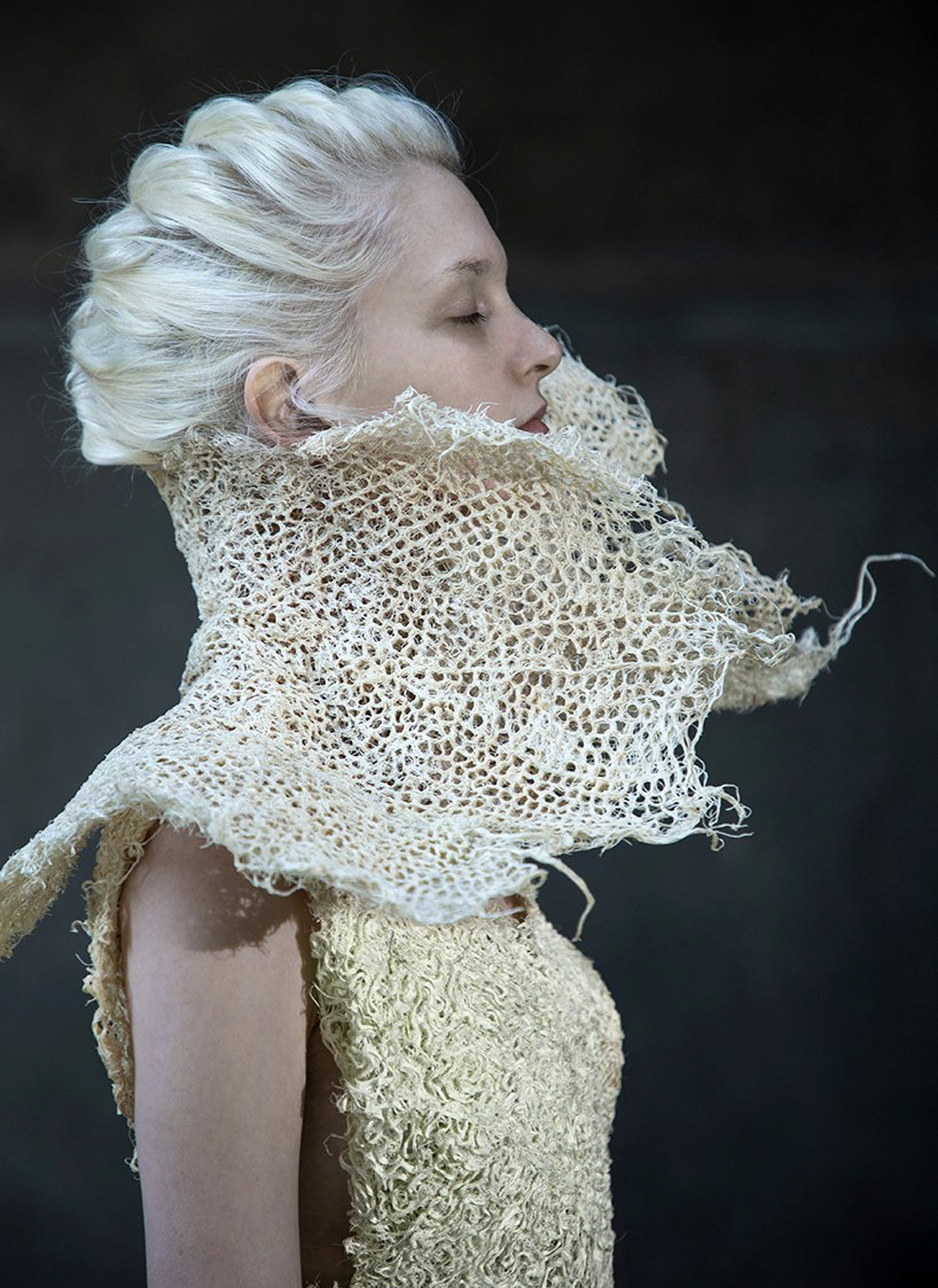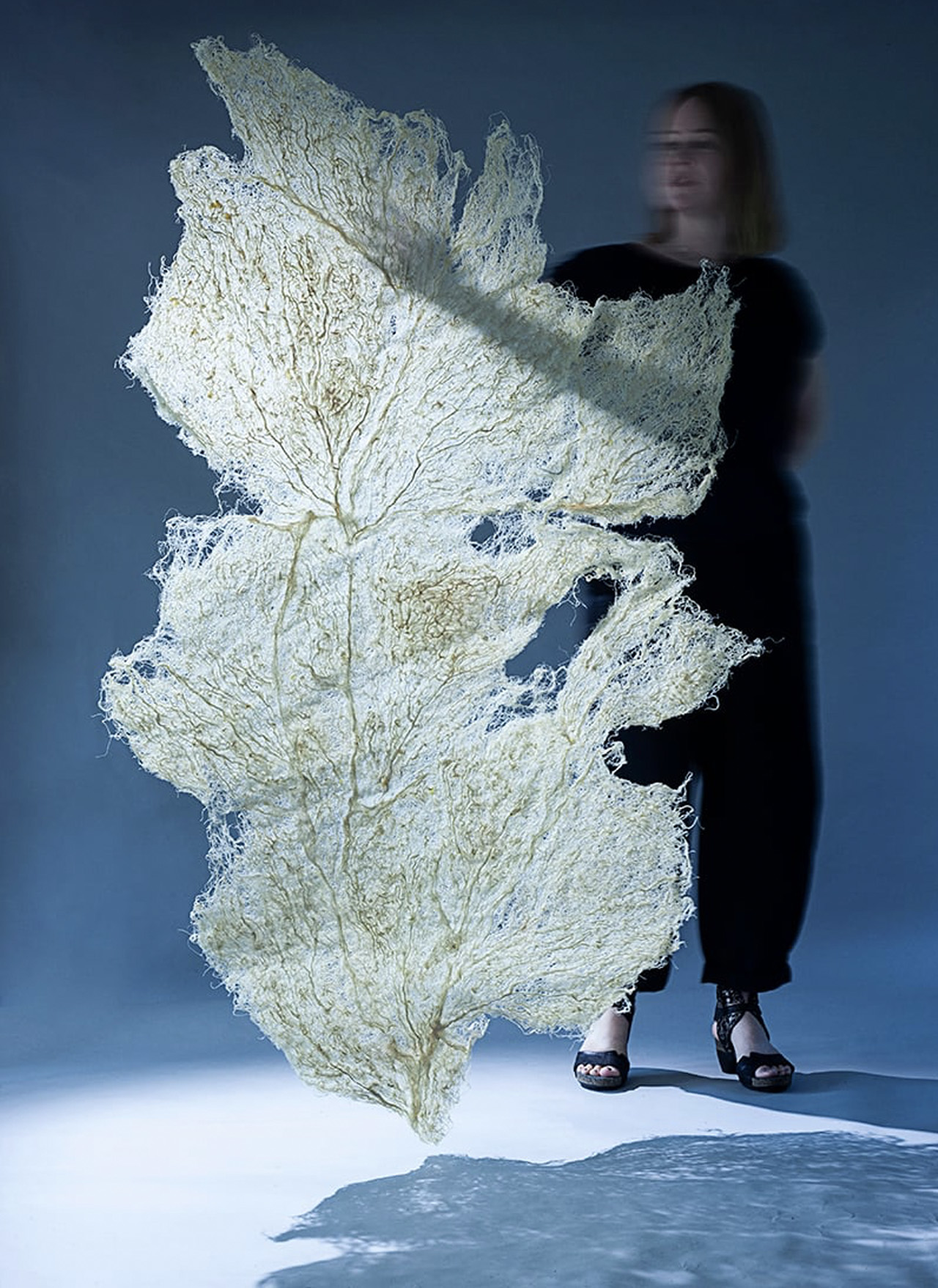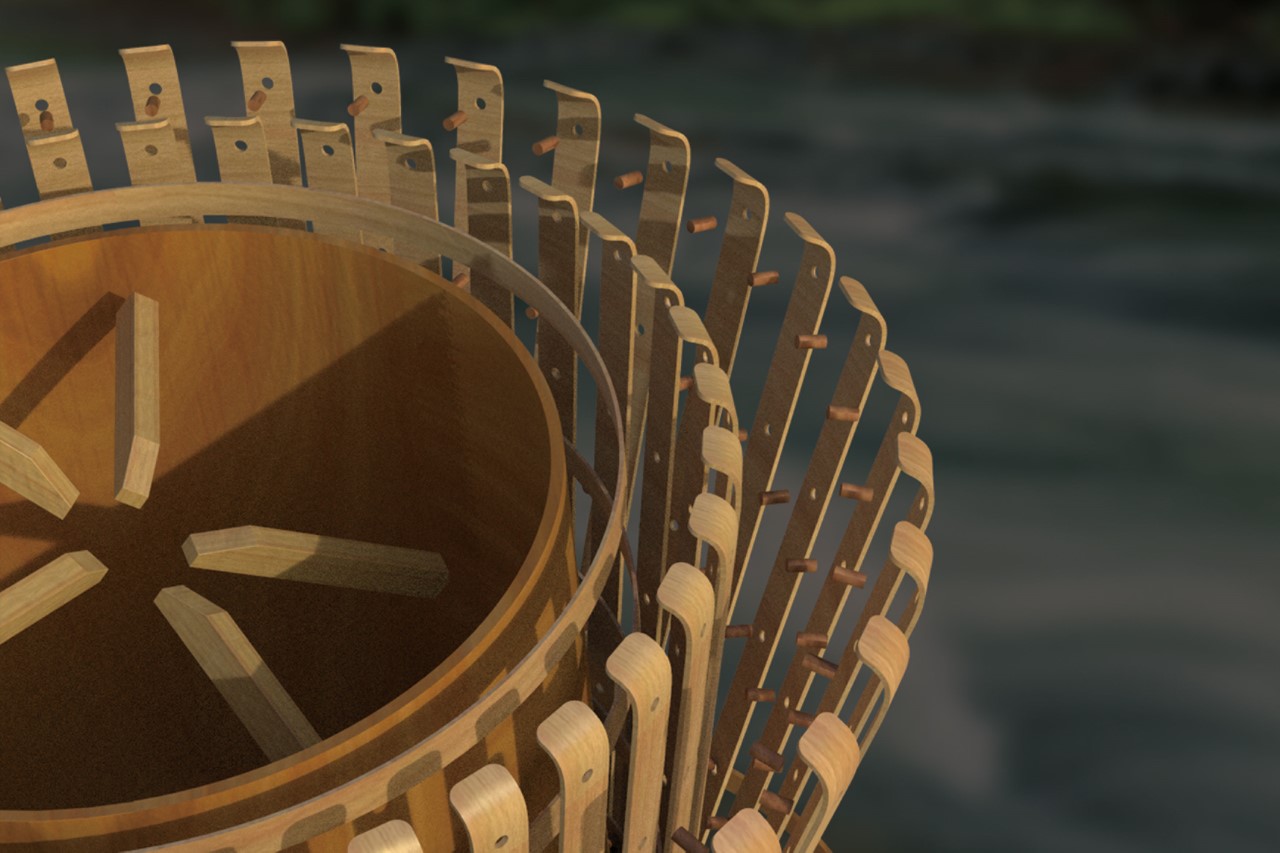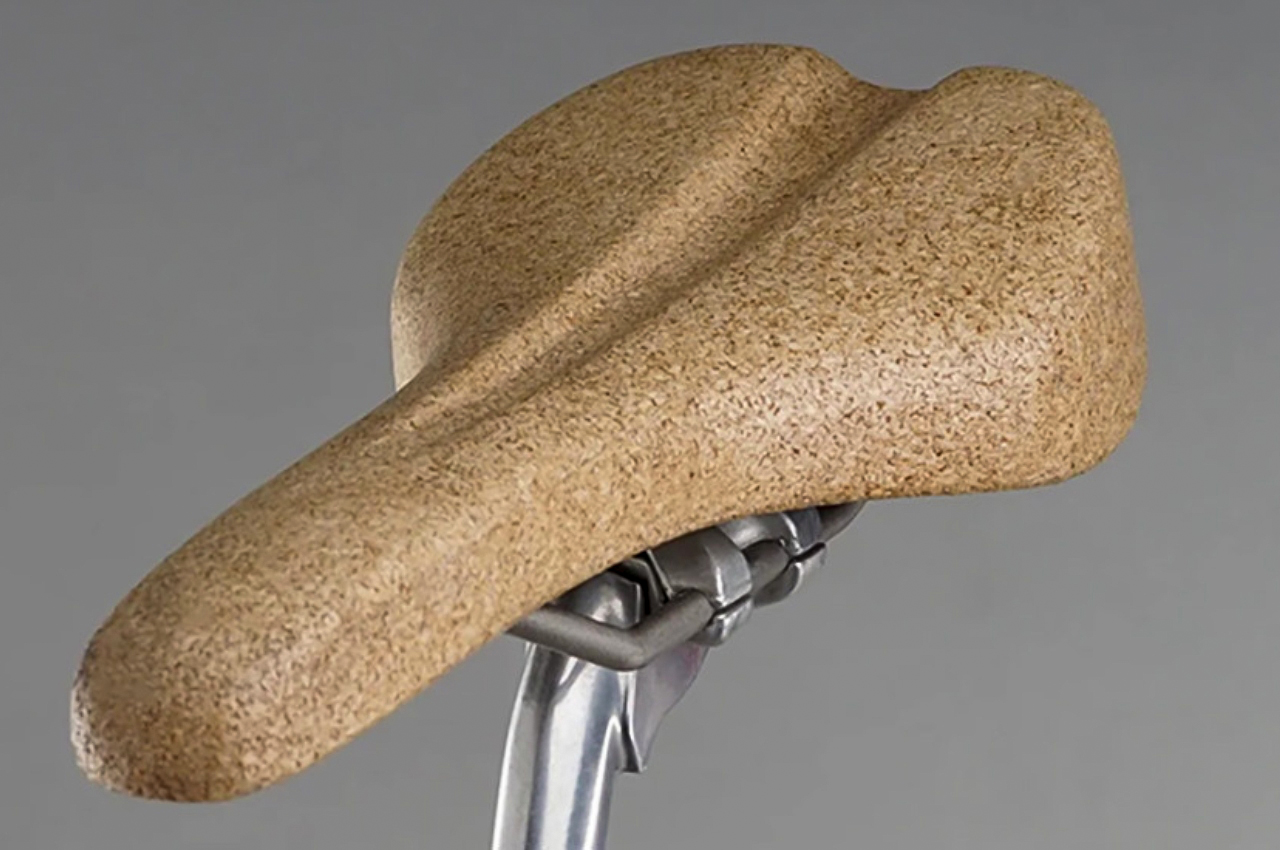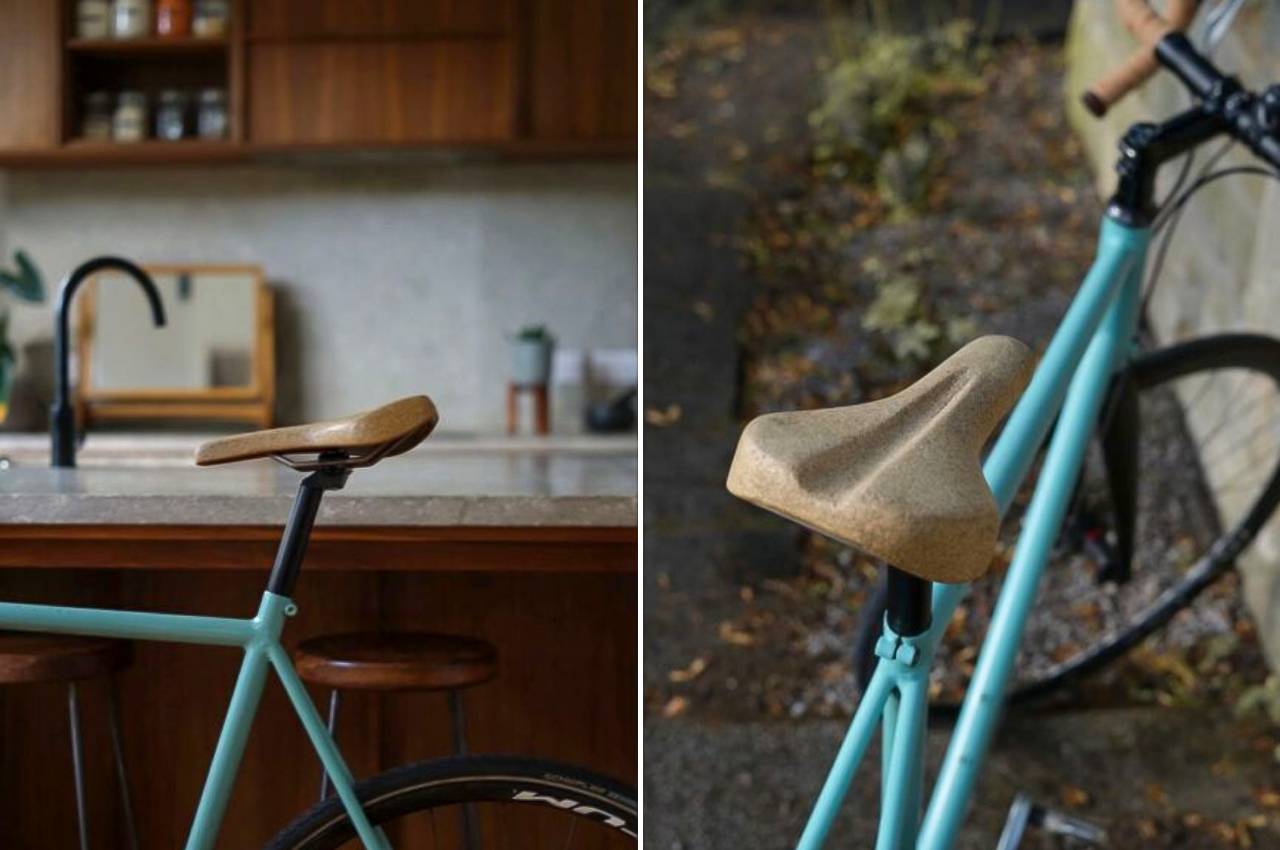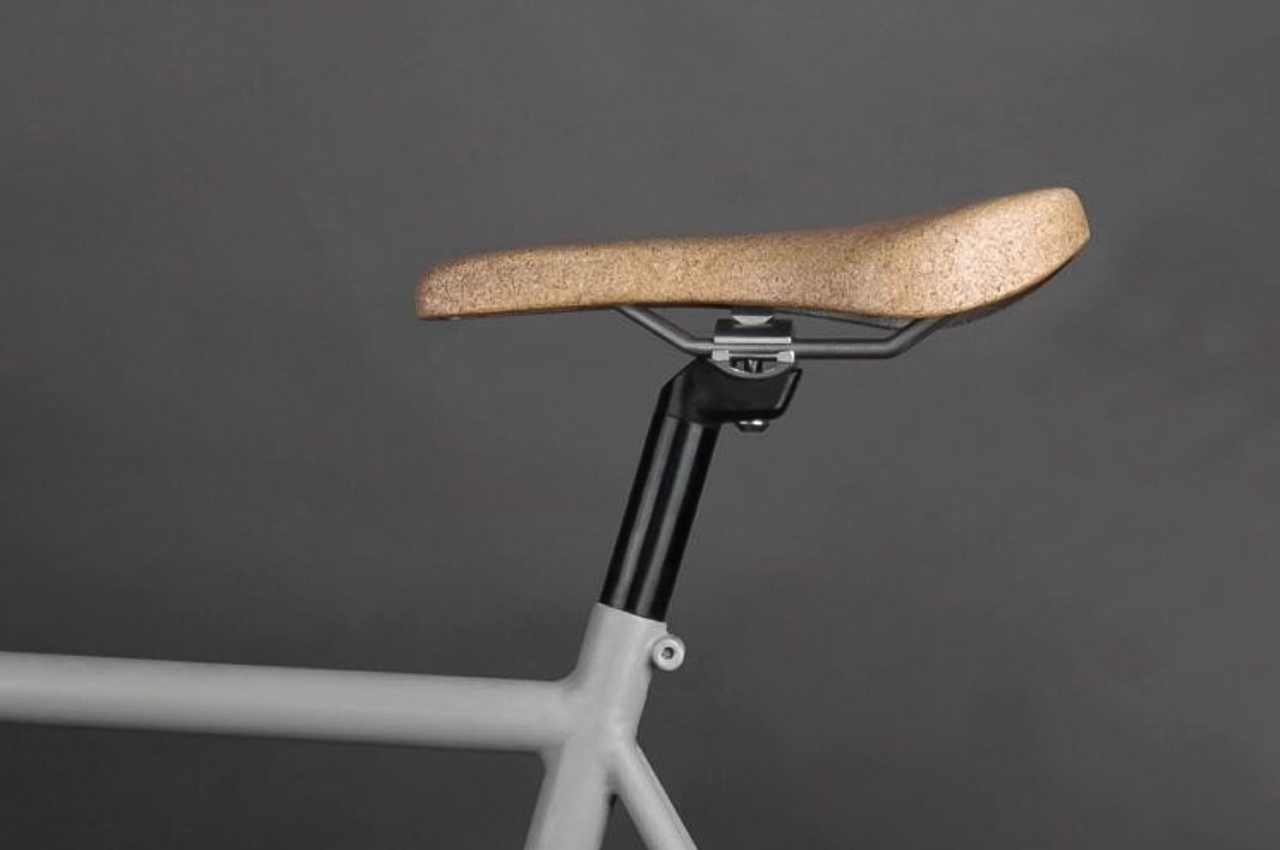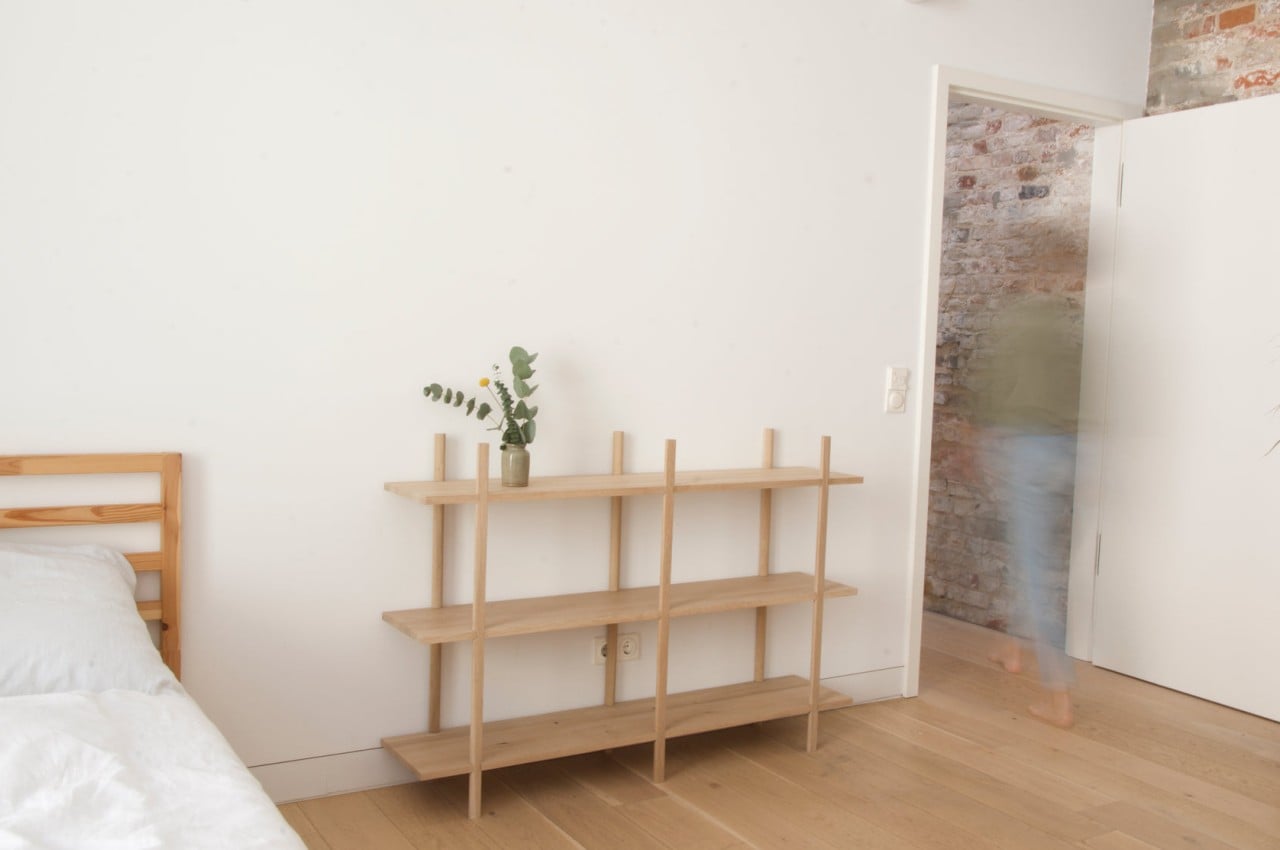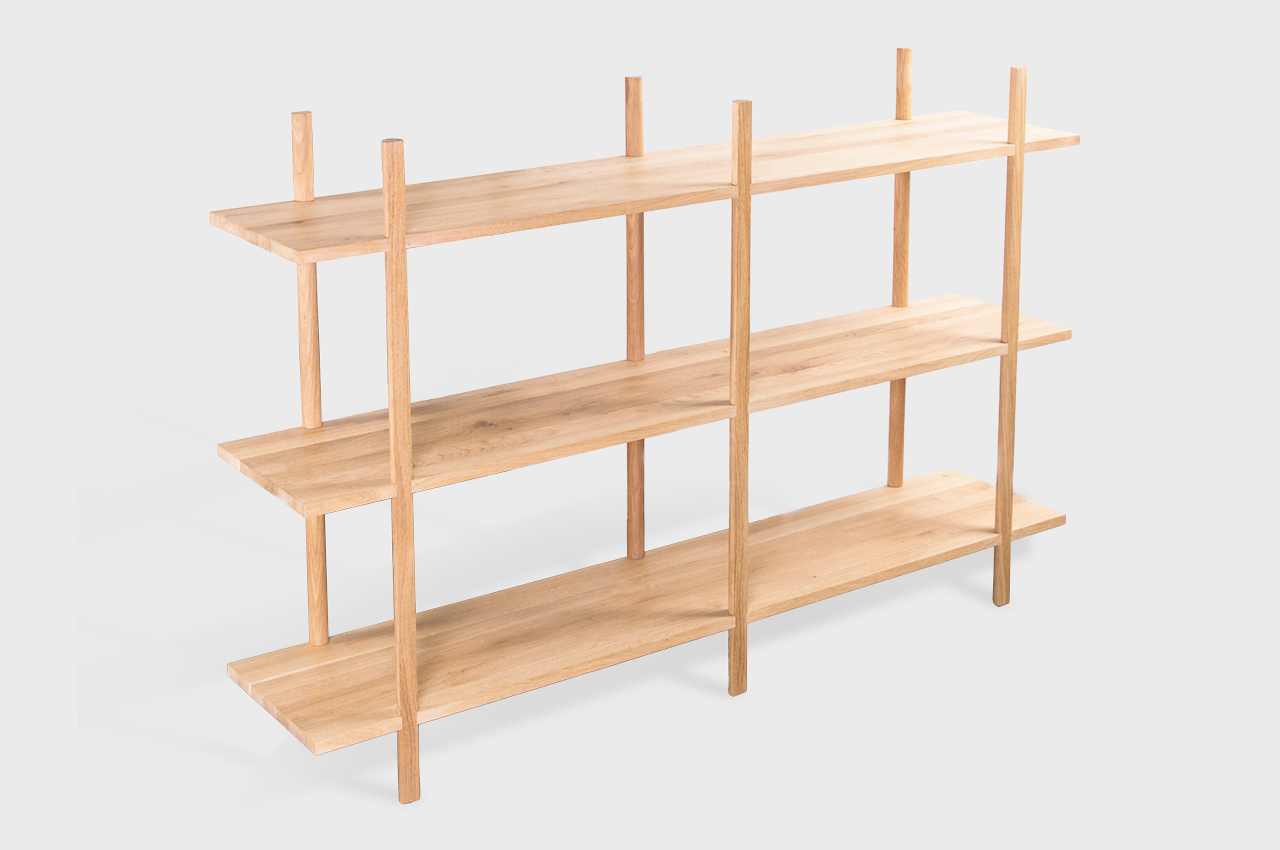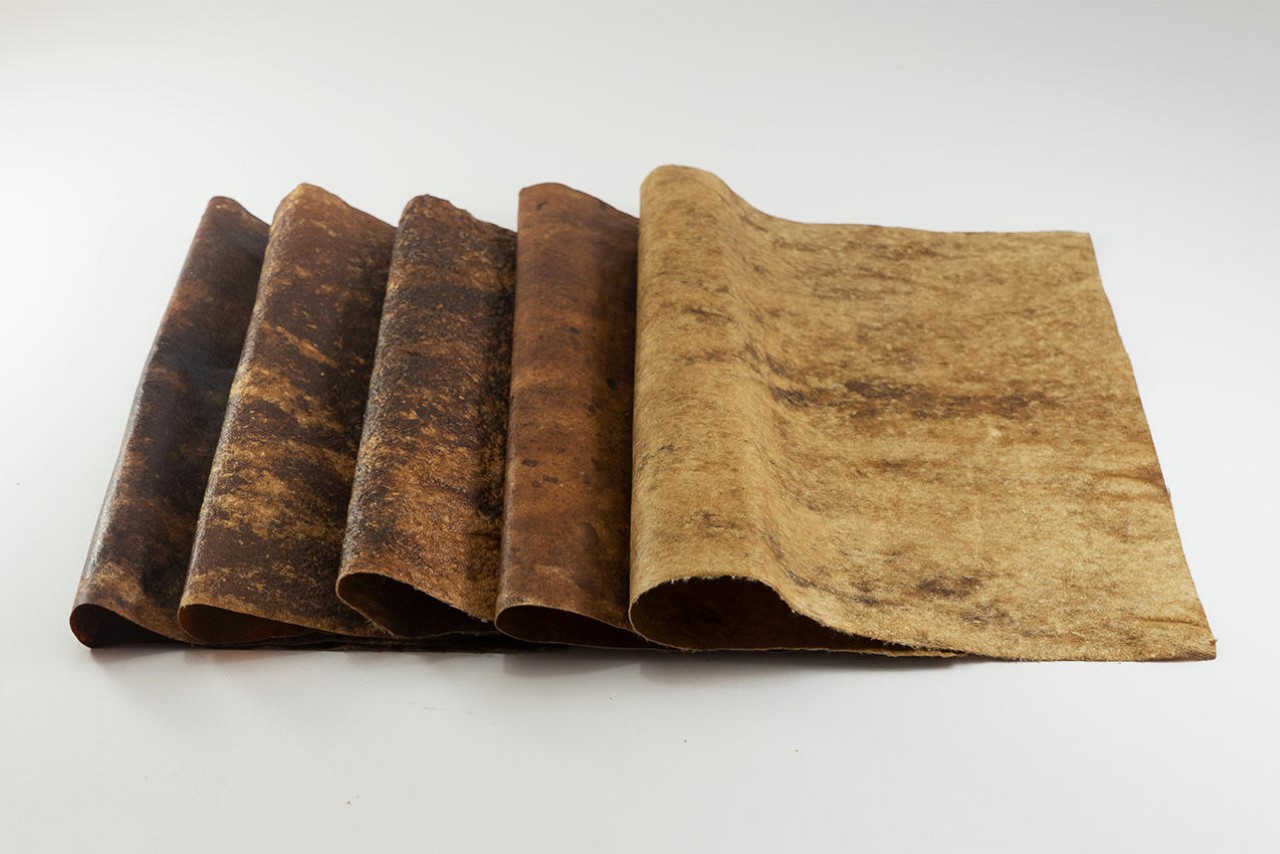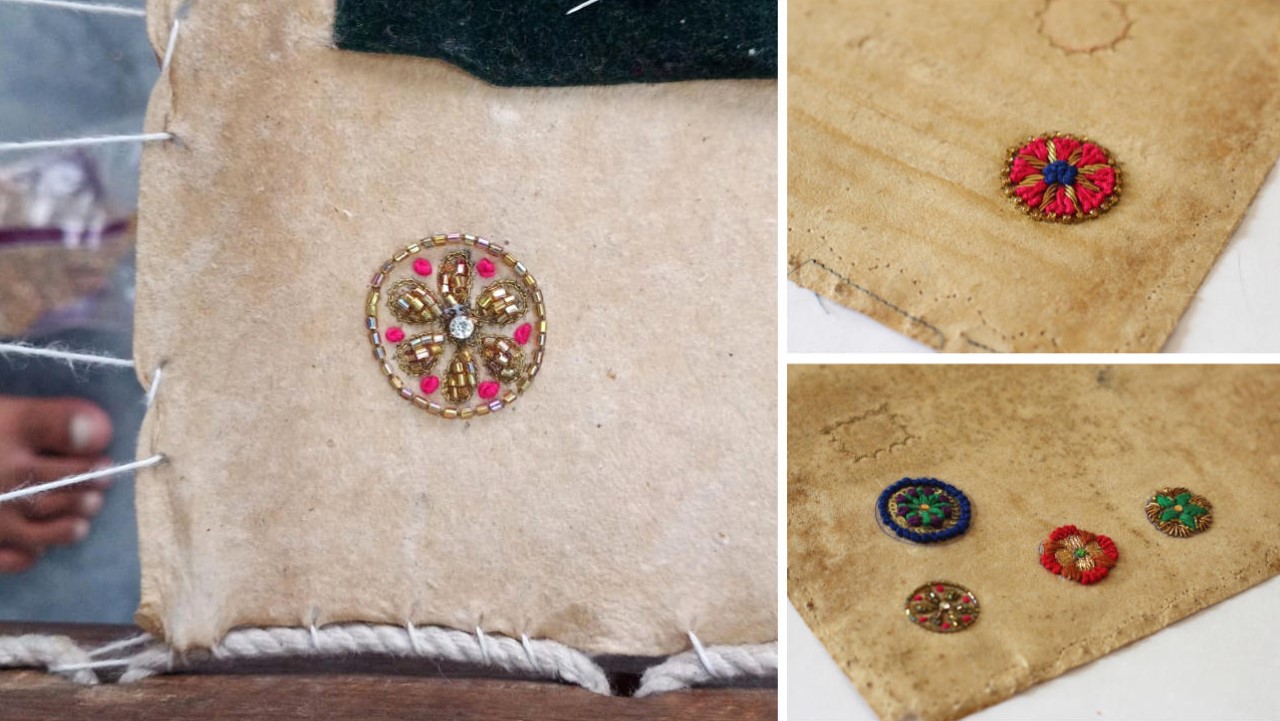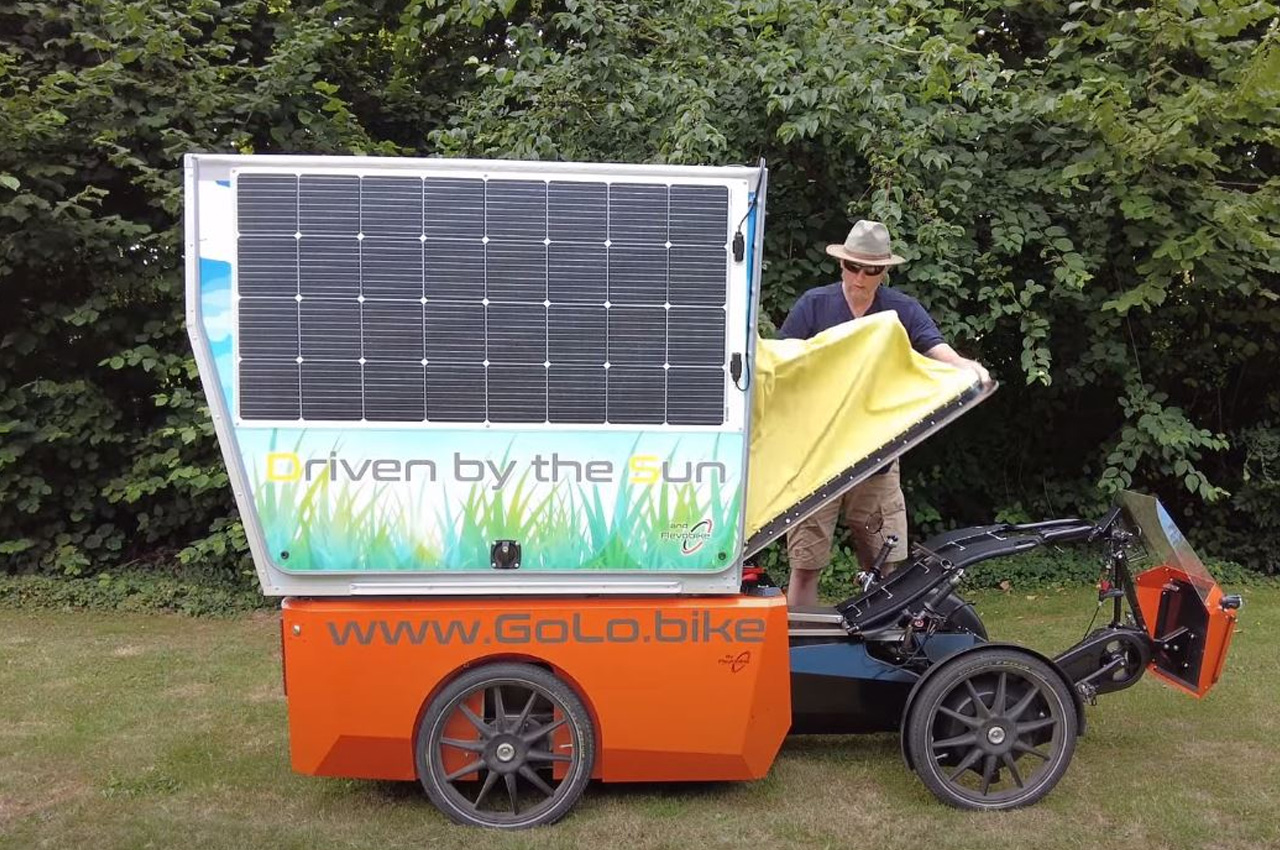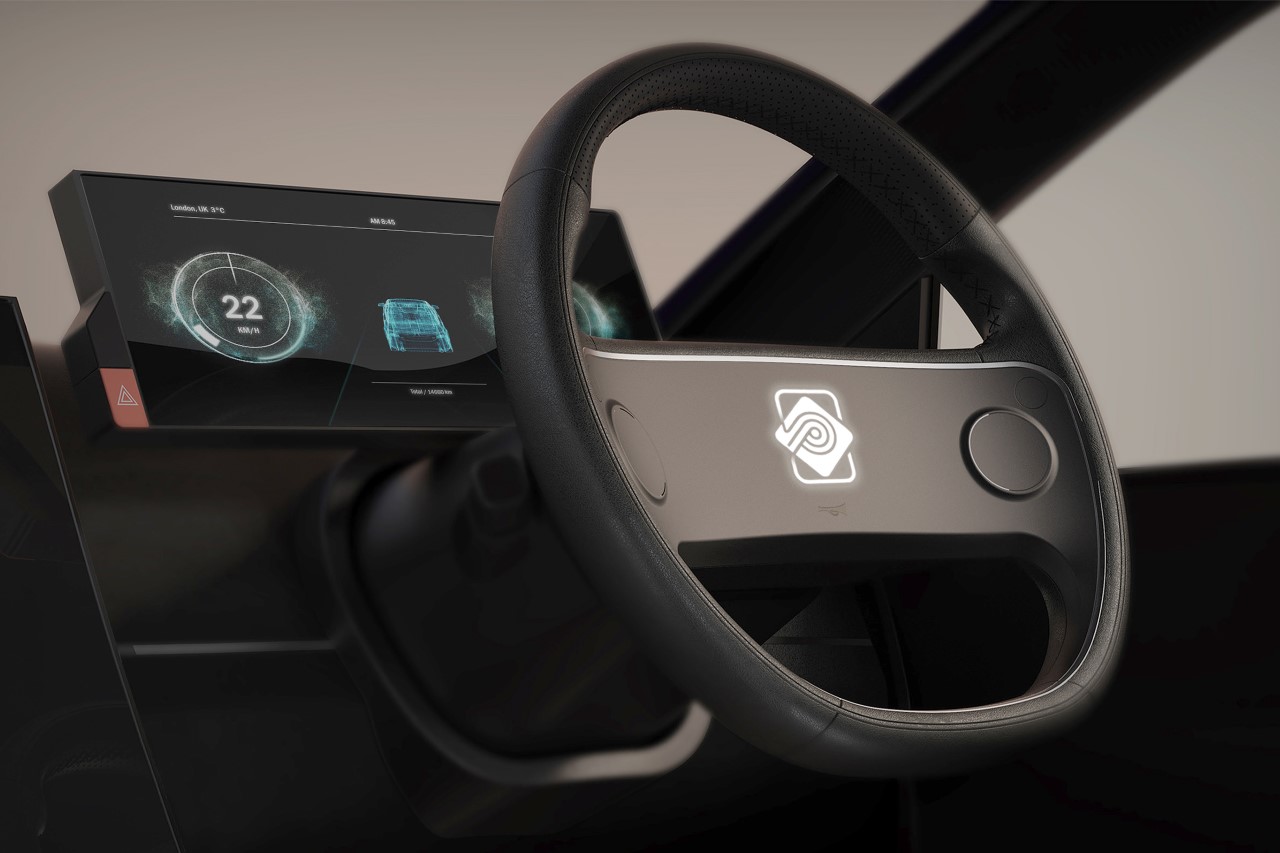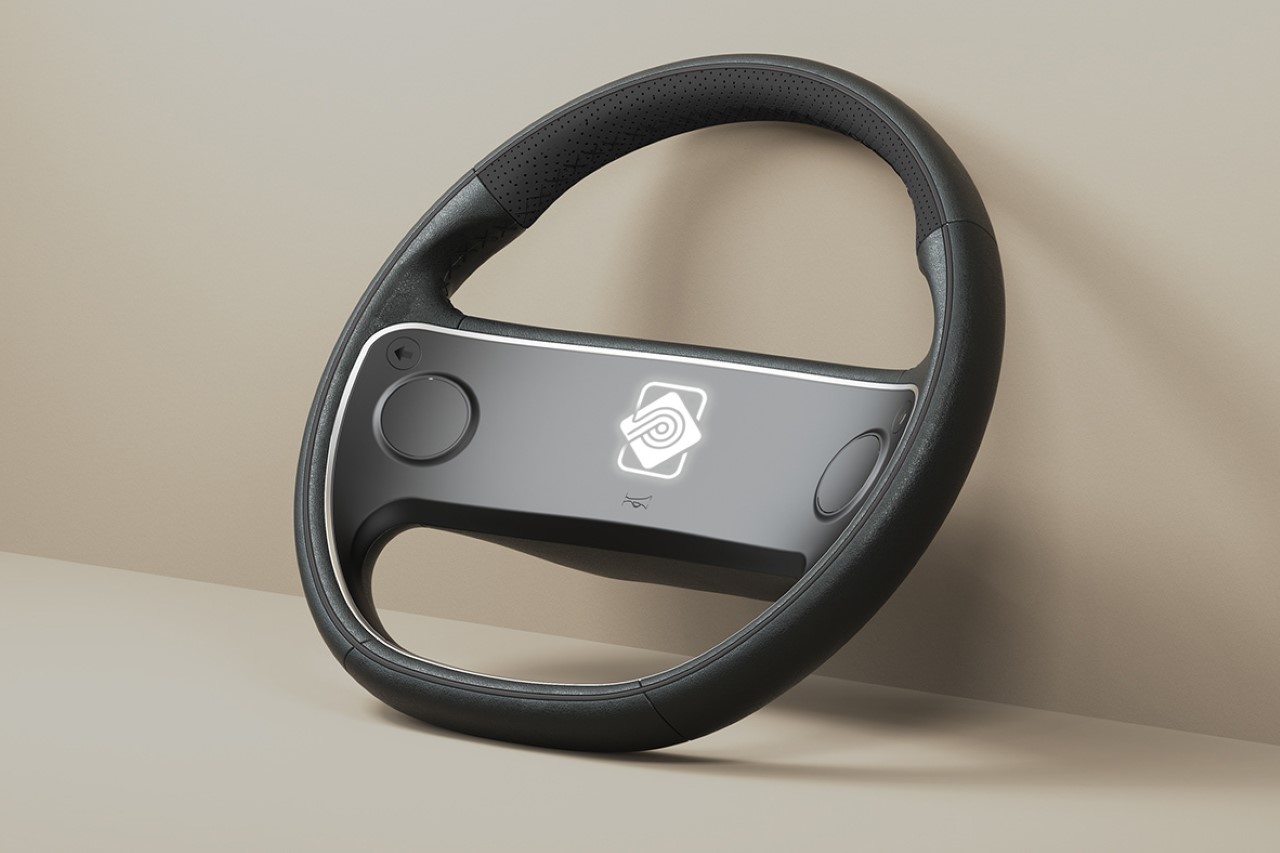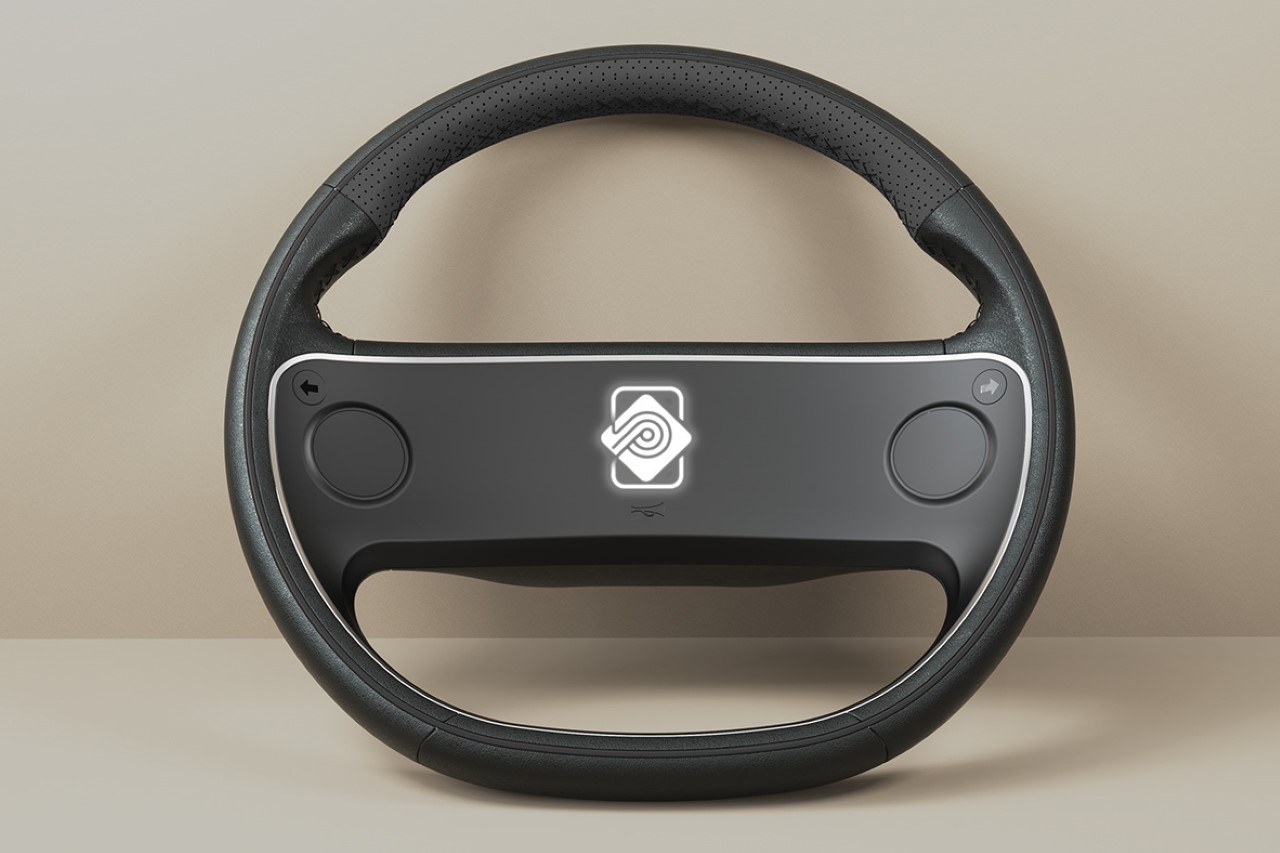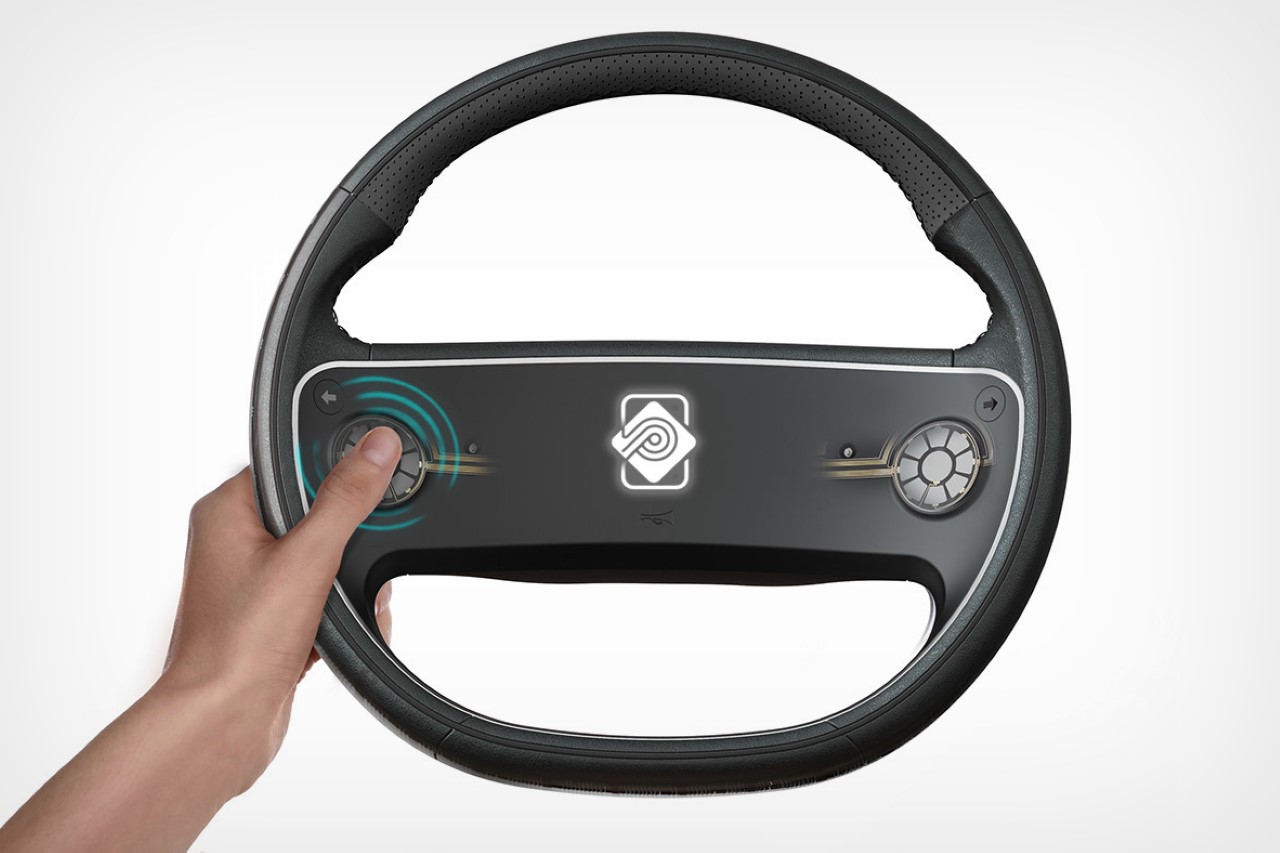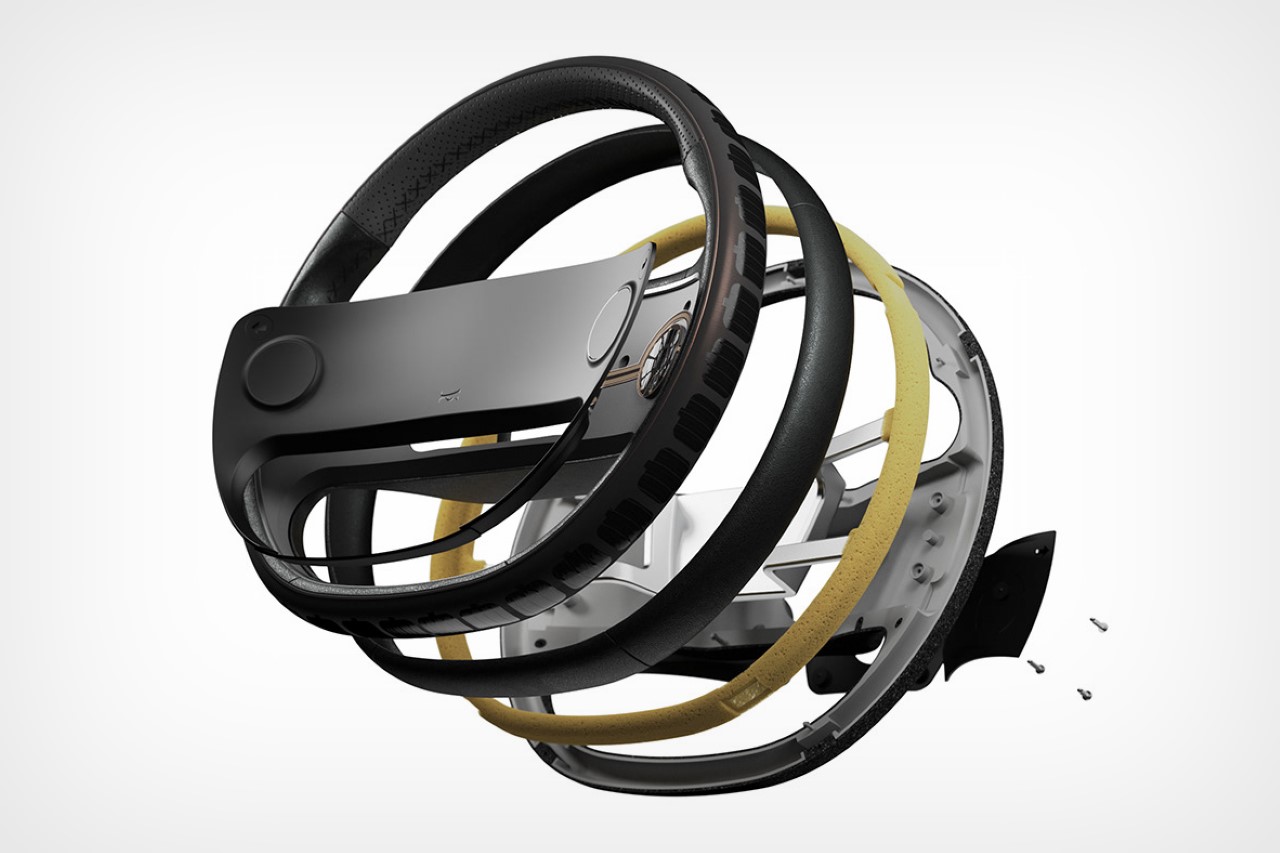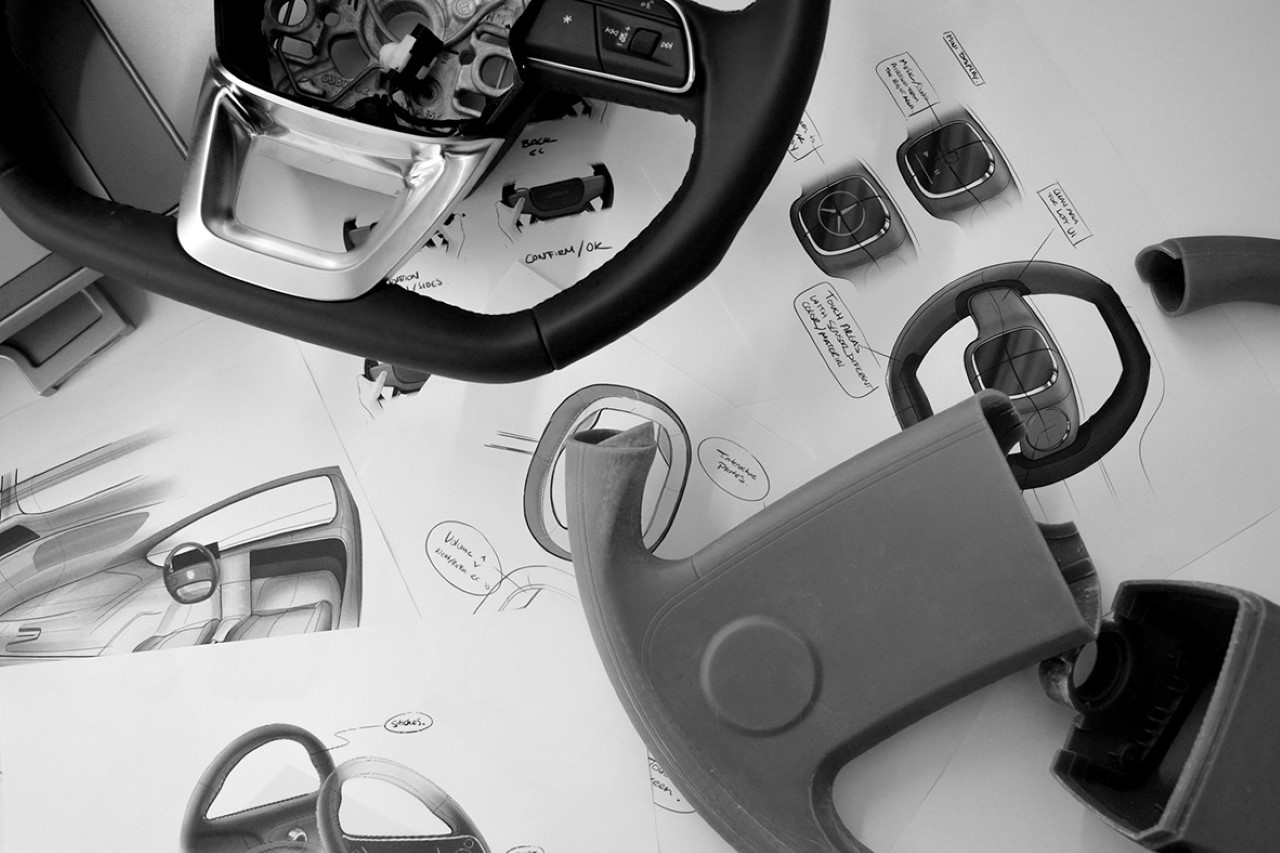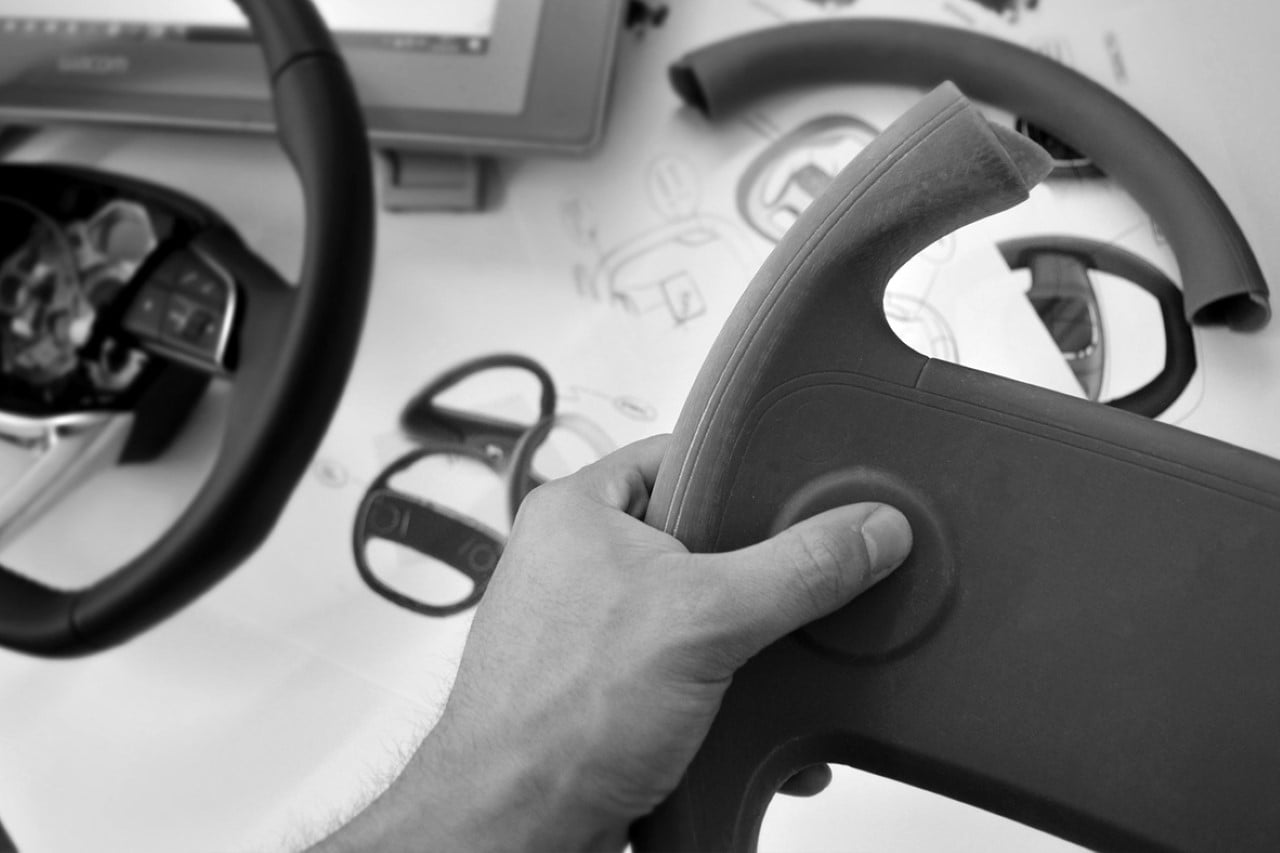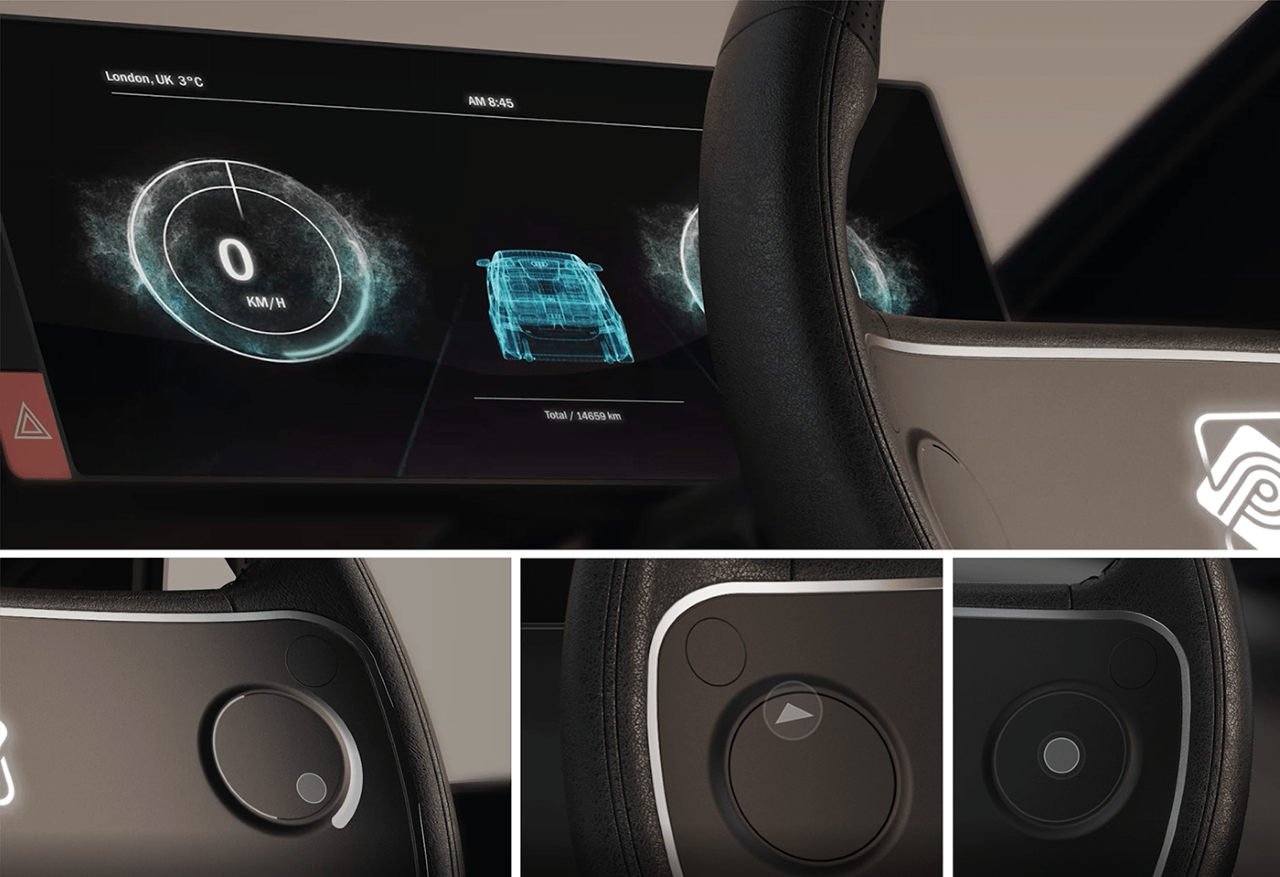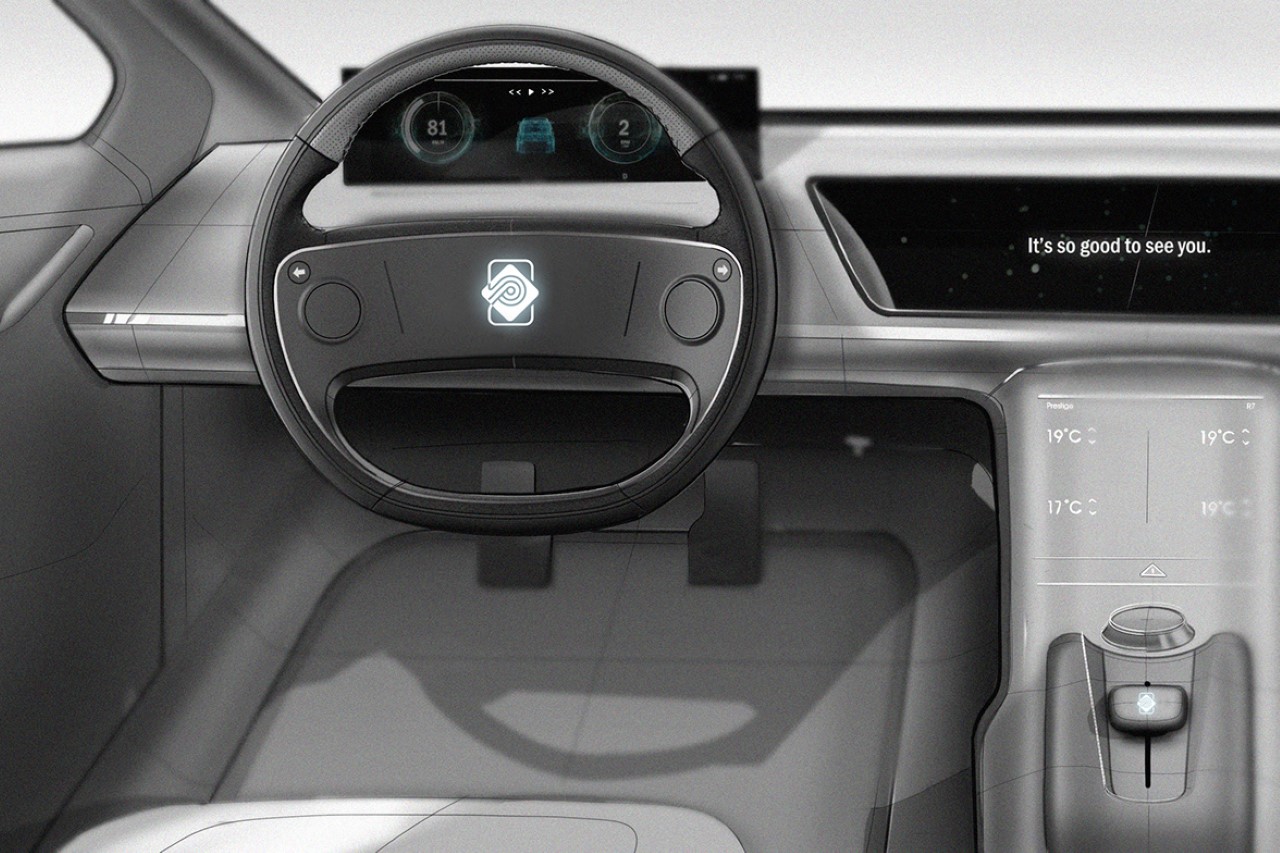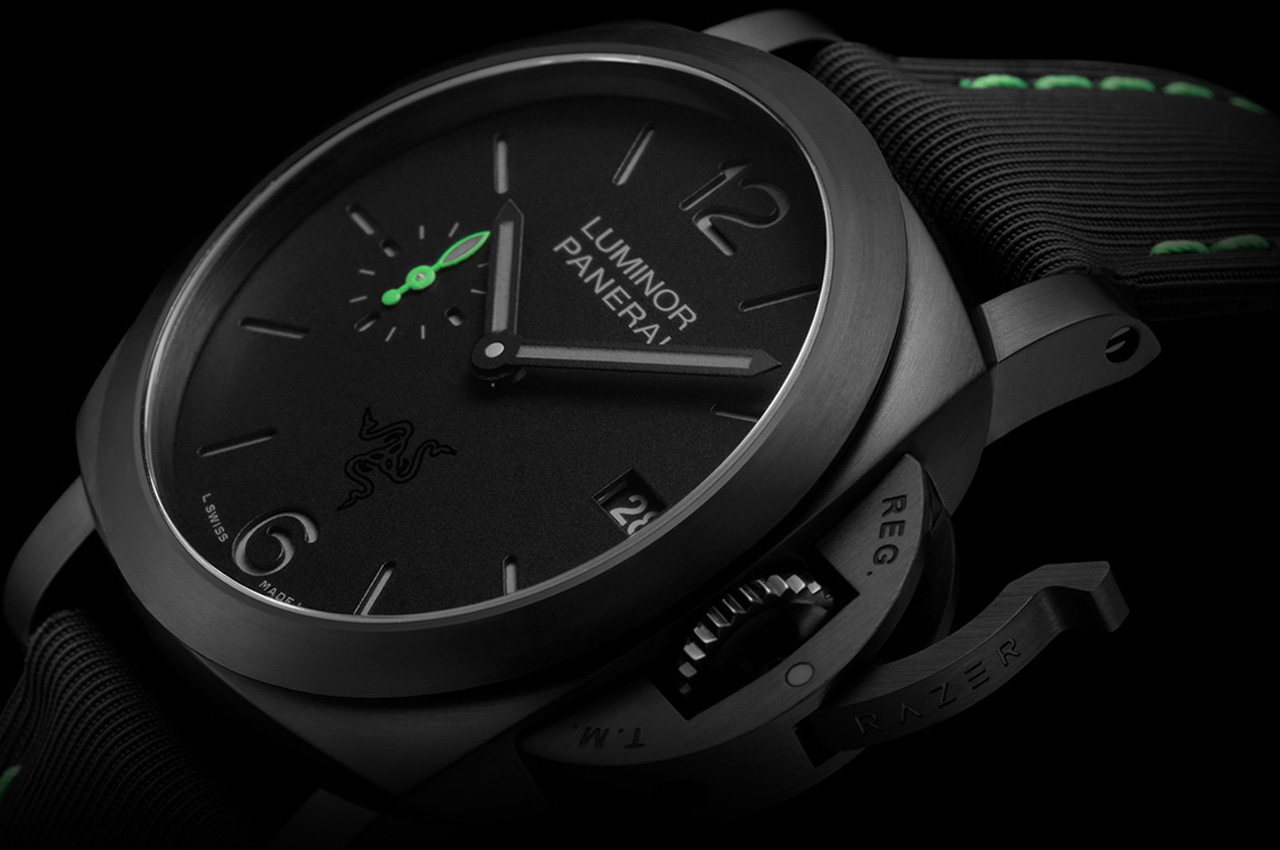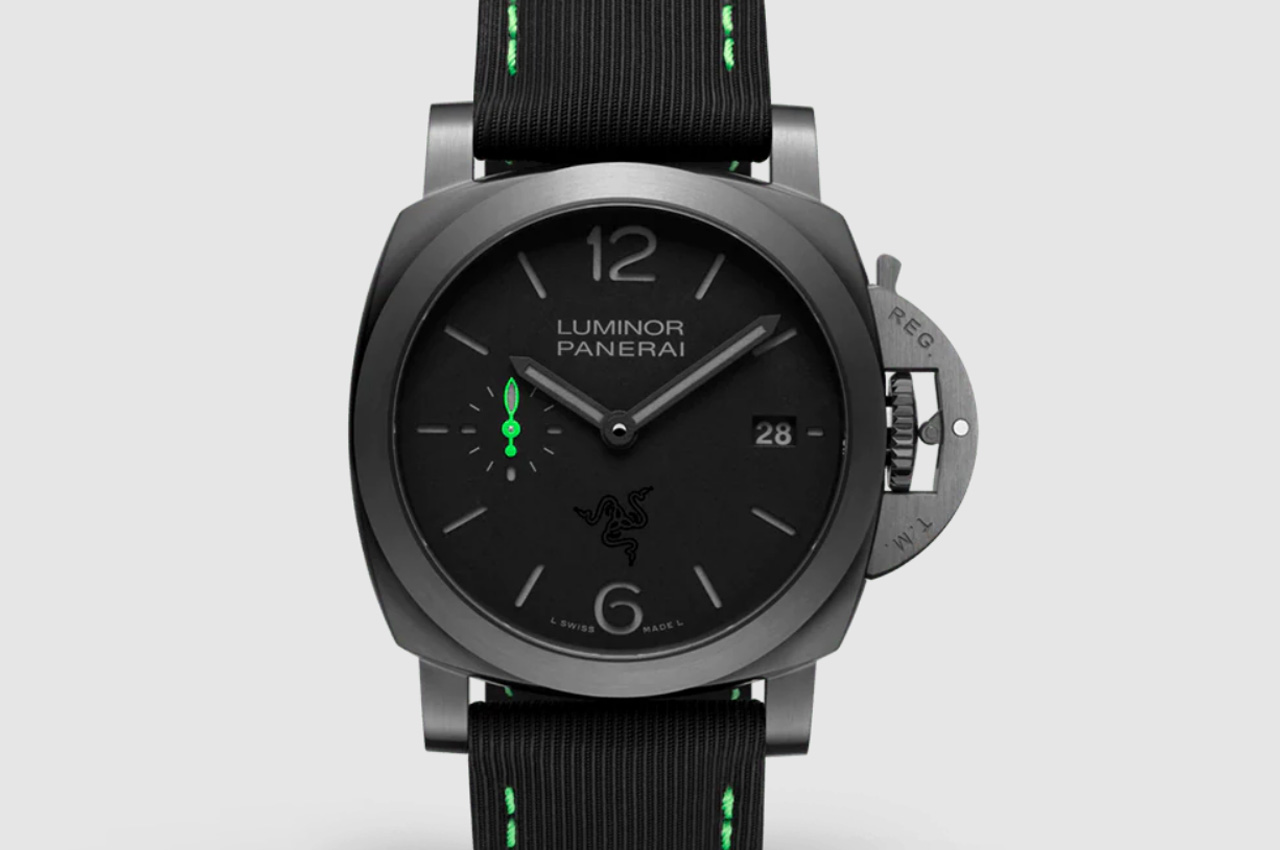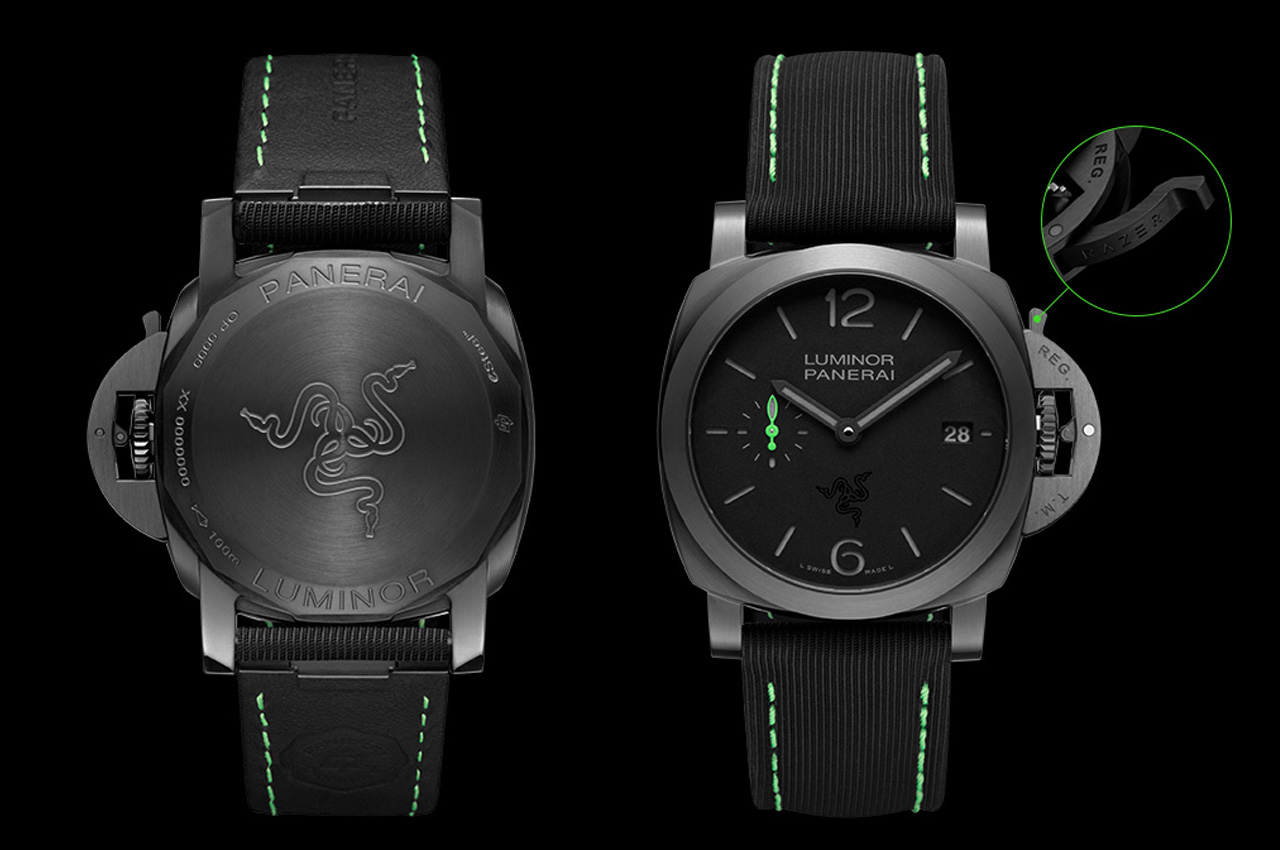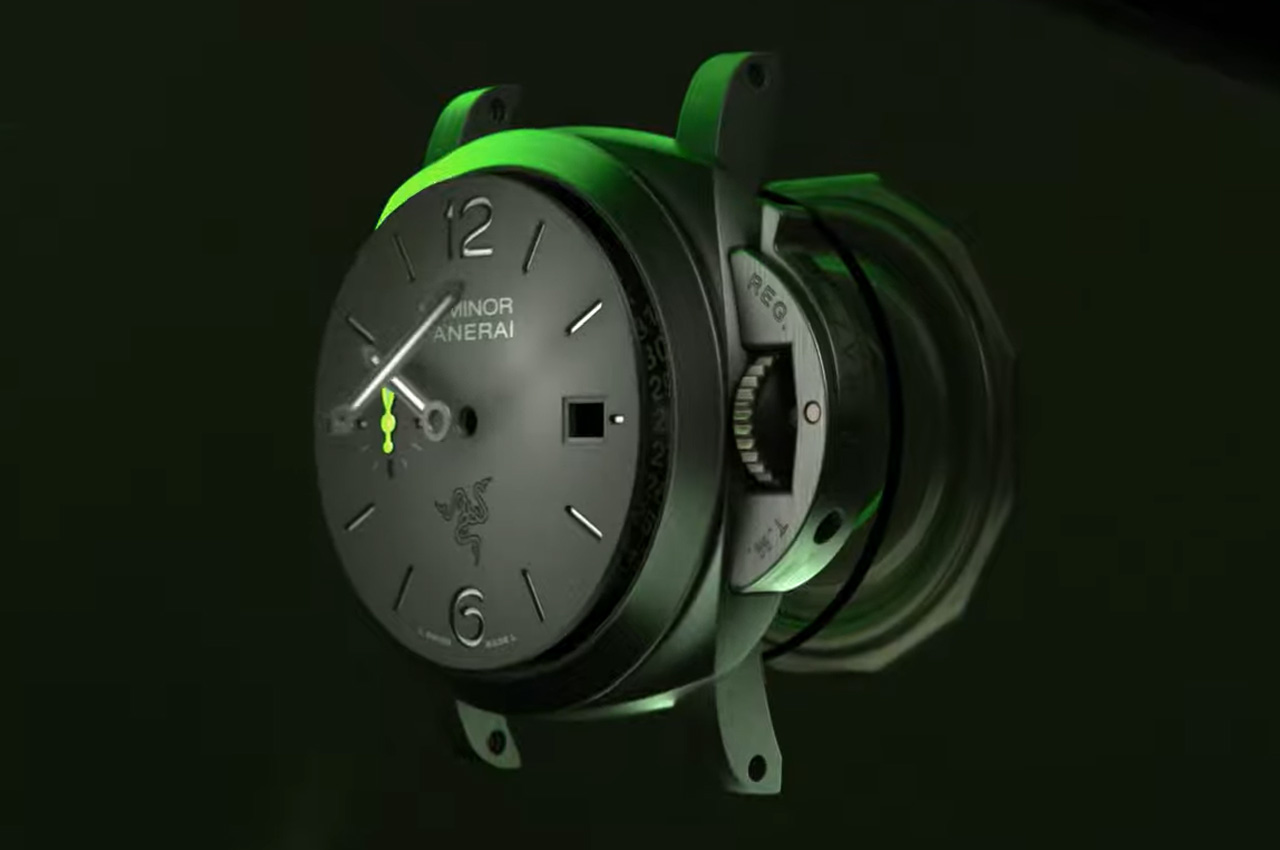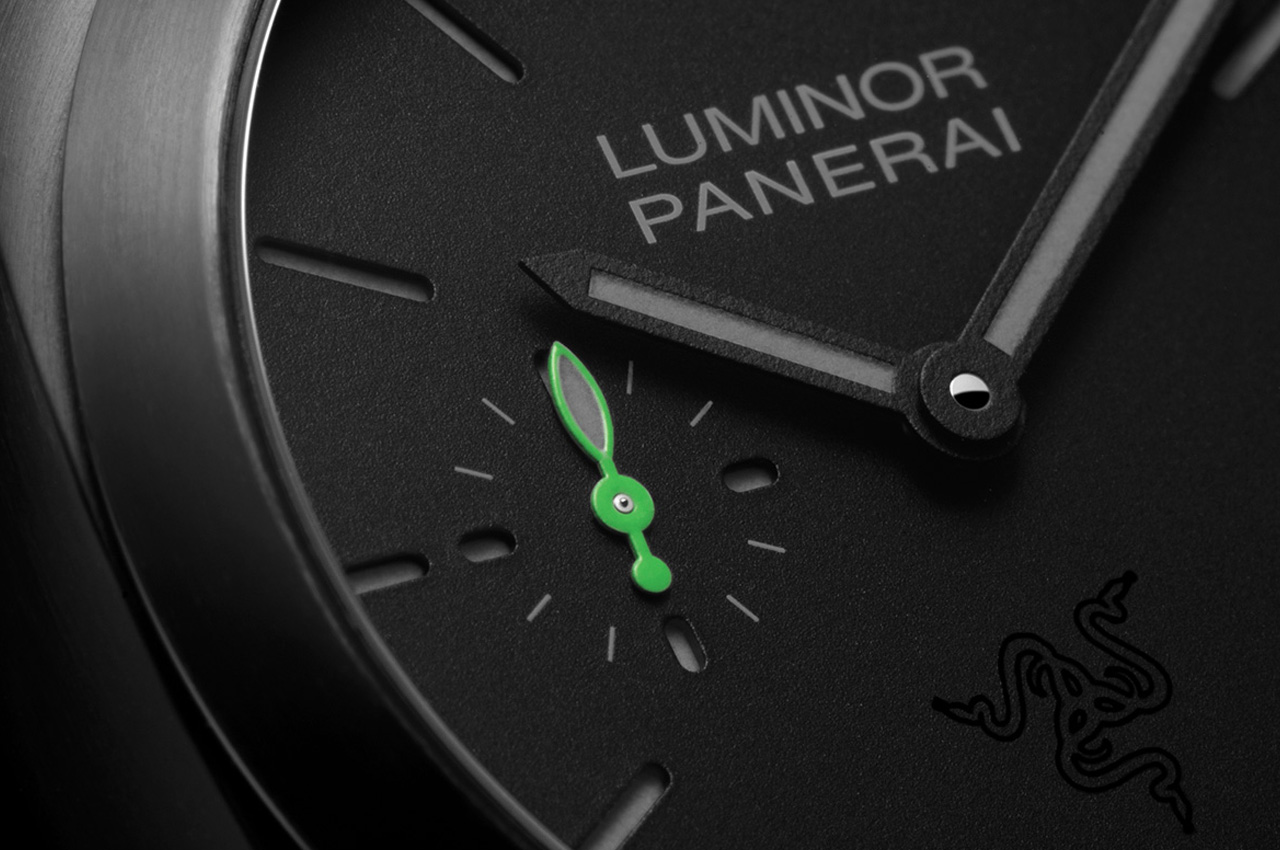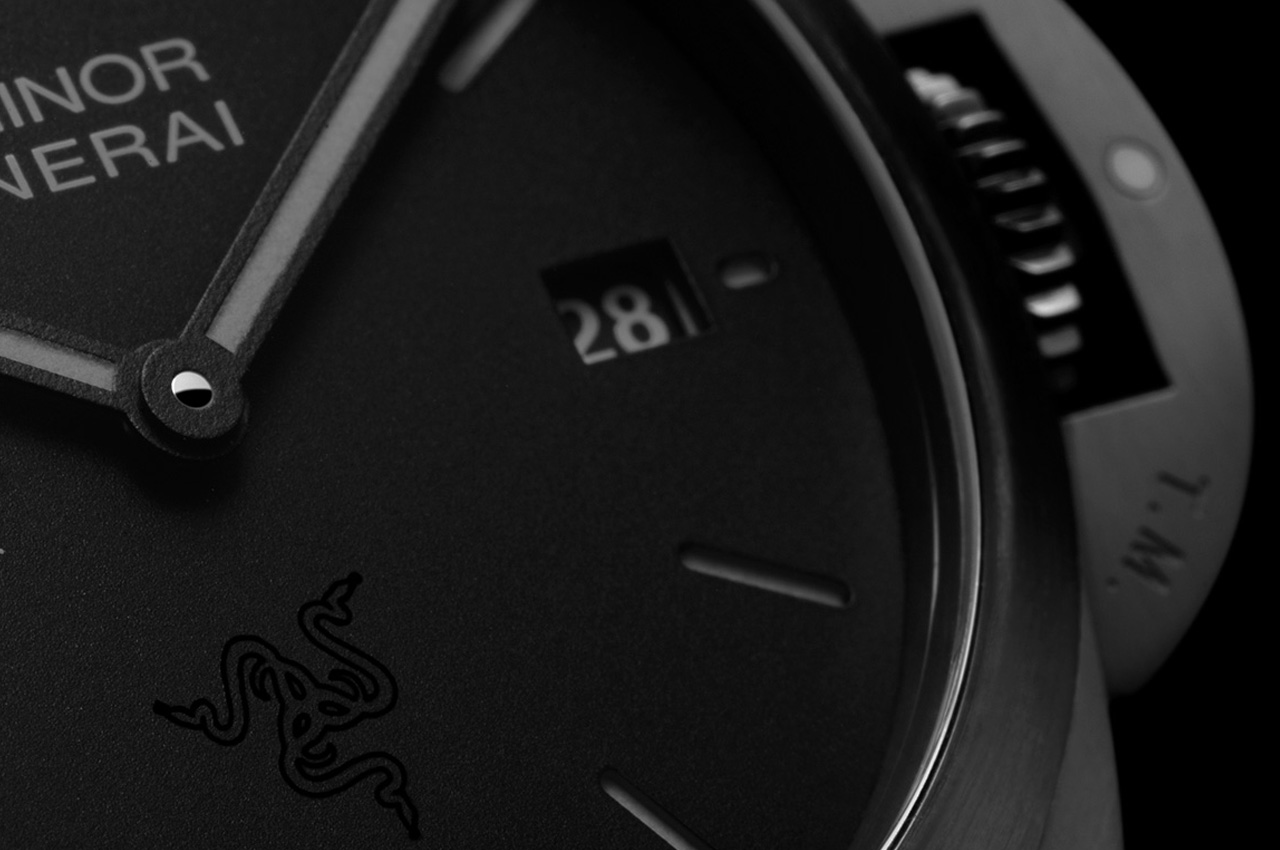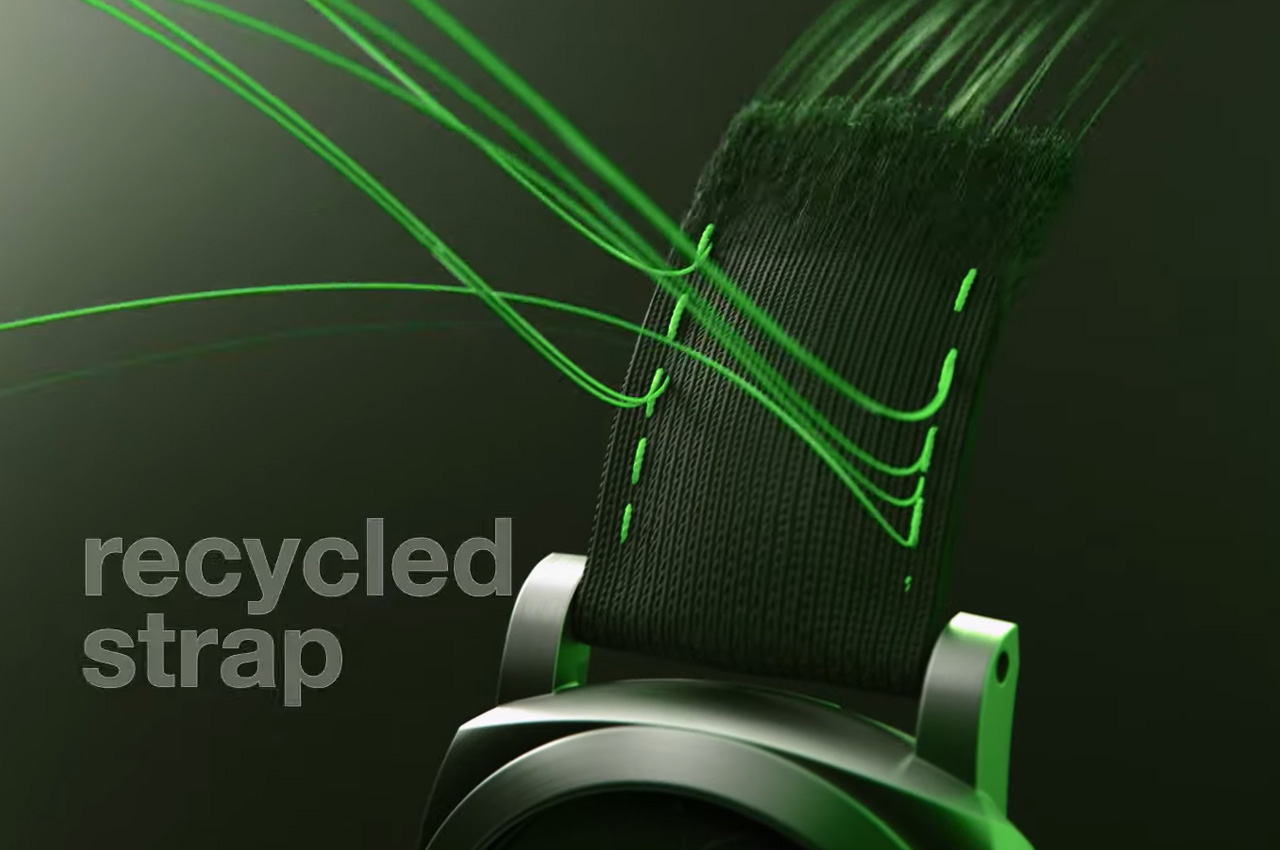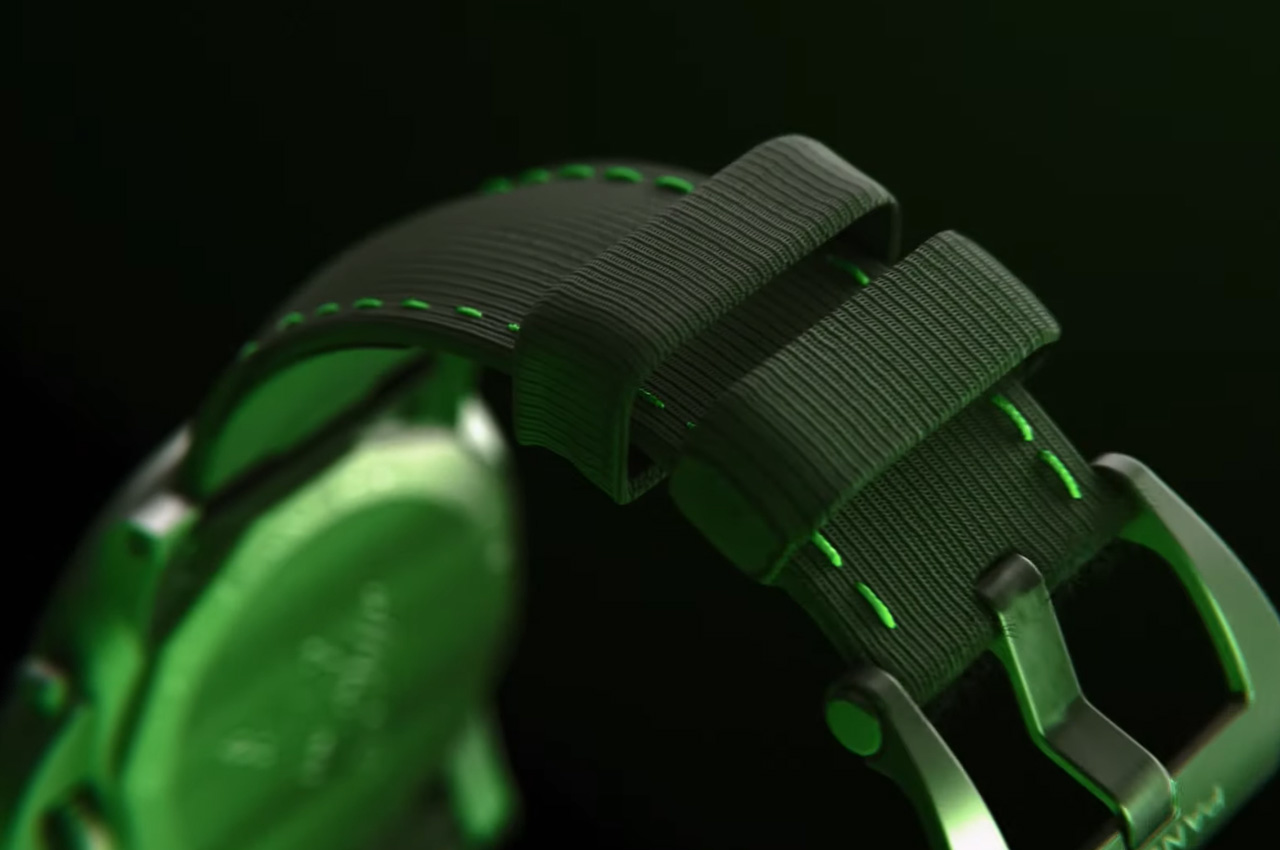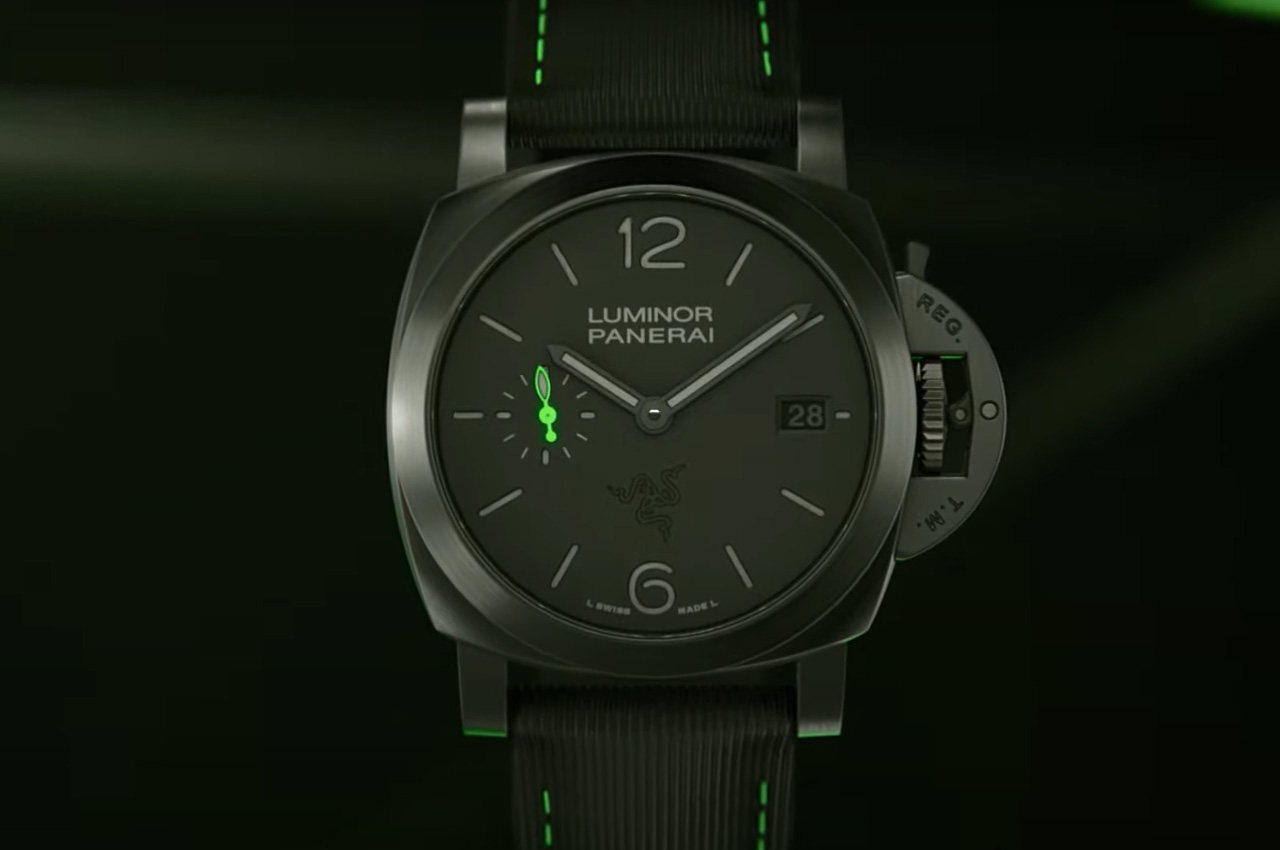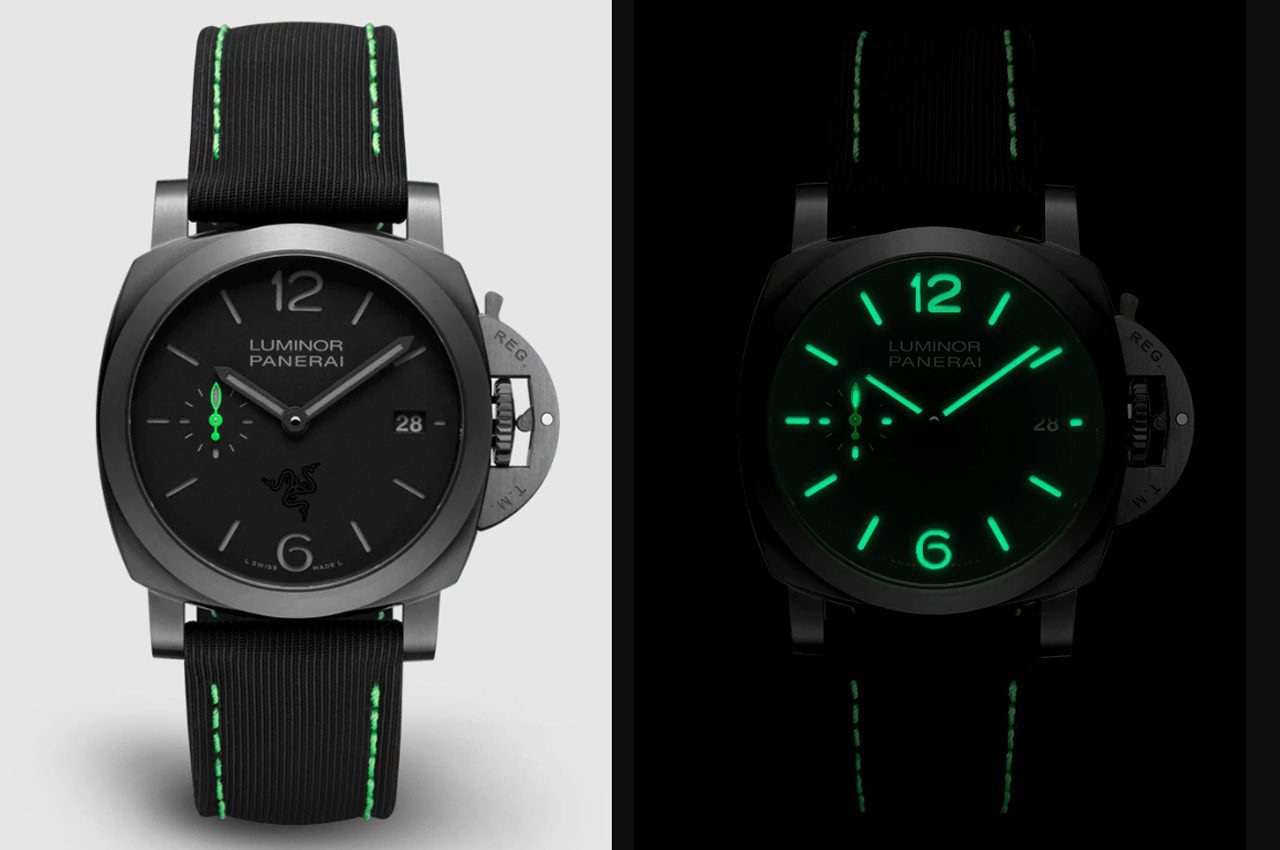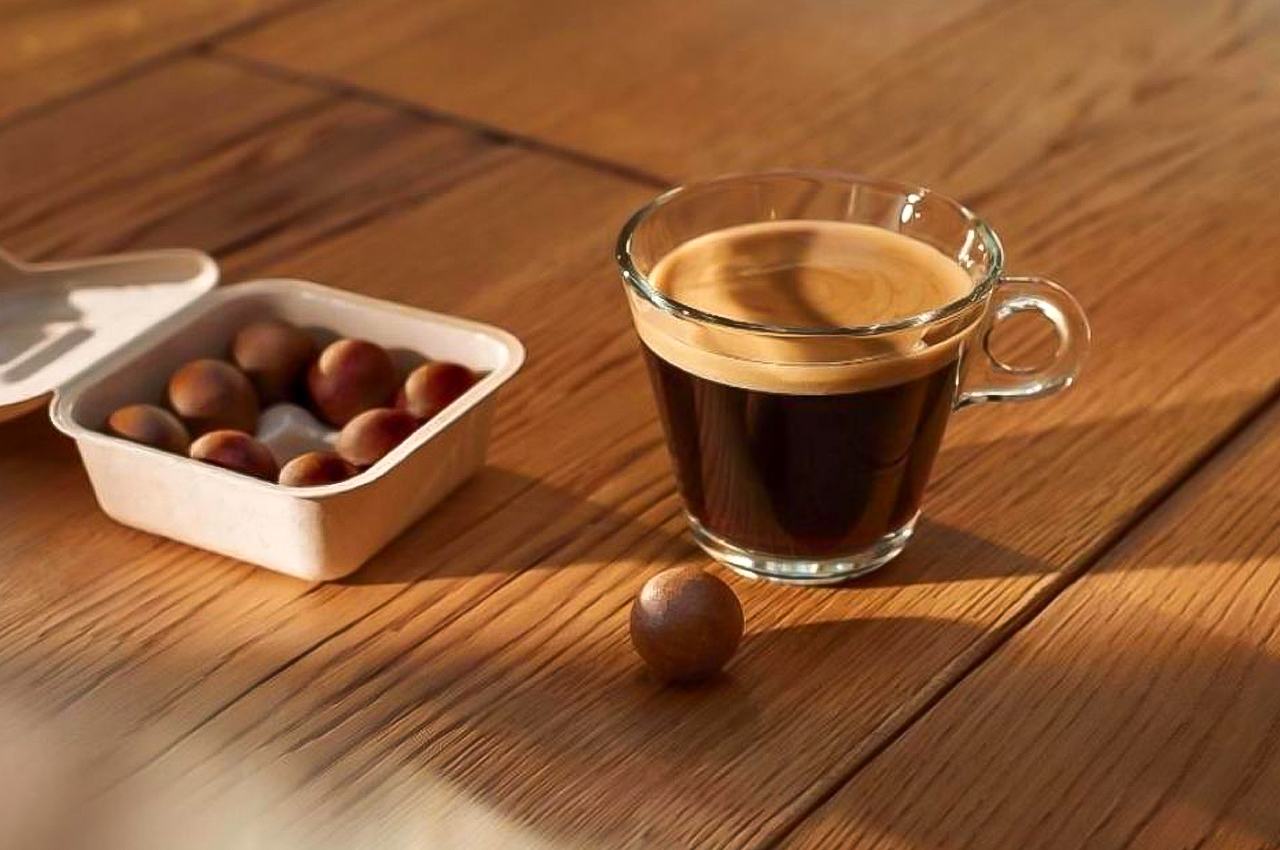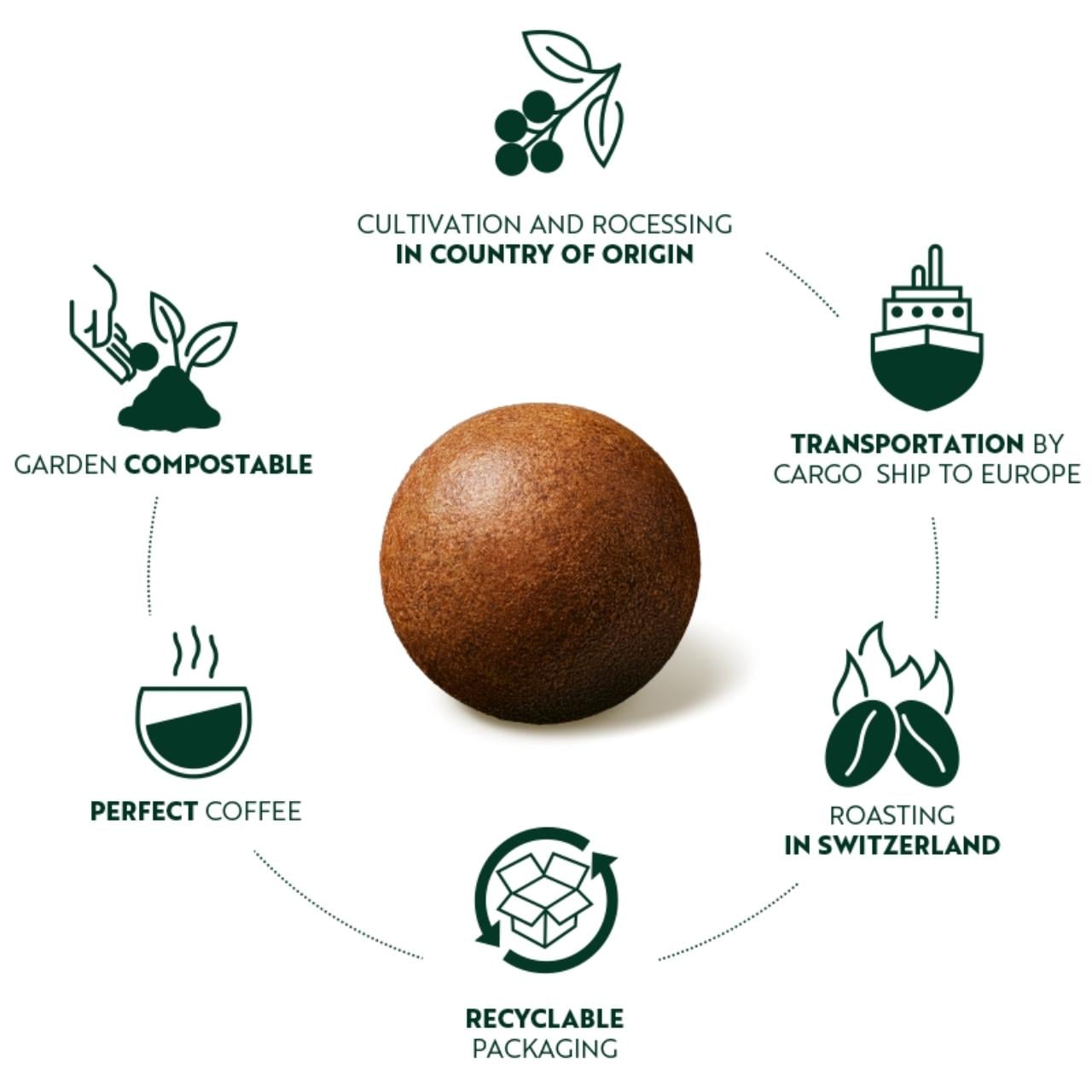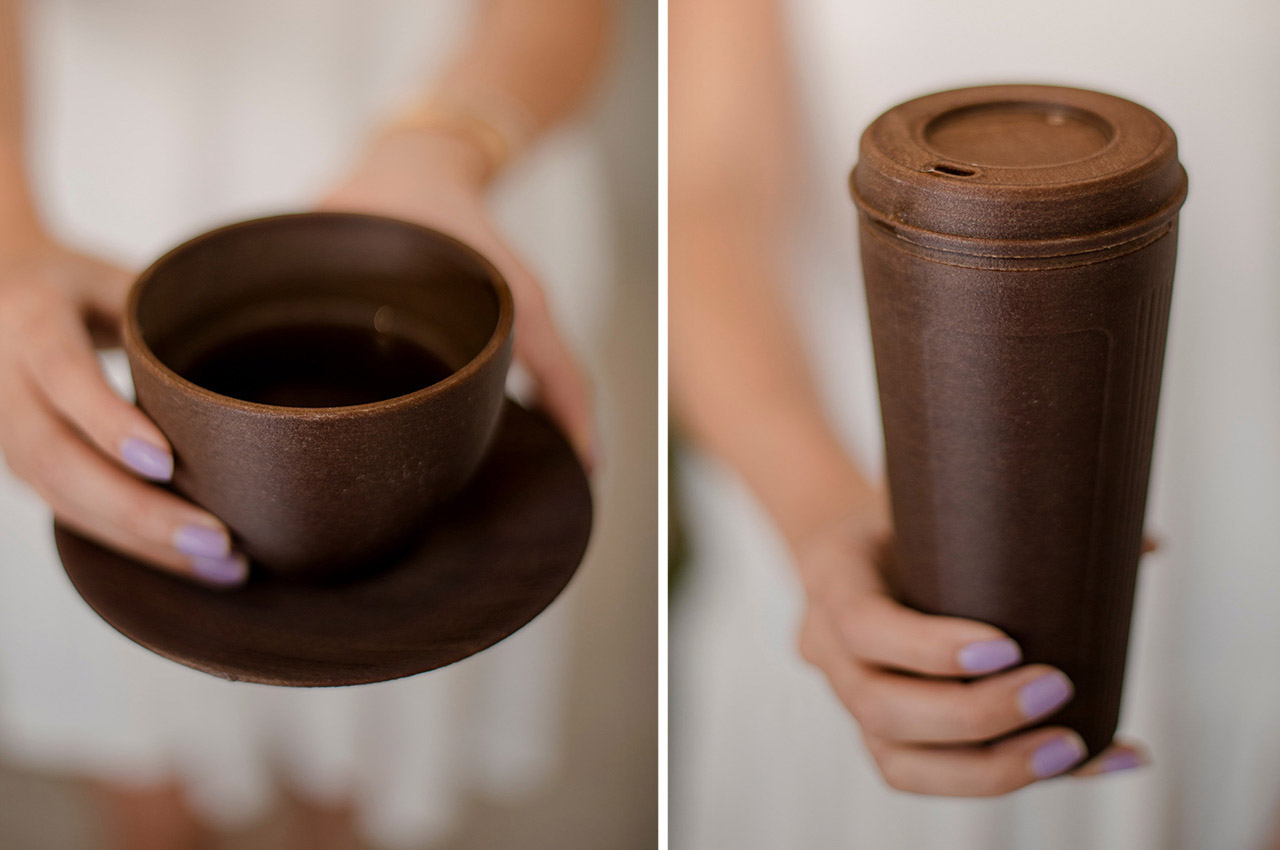
Our unhealthy practices and way of living are truly harmful to the environment and have been slowly leading to its deterioration. And the world has been changing (for the worse) because of this. Hence, it is extremely important to live sustainably and consciously and to take care of the environment in 2023! Integrating sustainability into our day-to-day lives has become crucial. And we can do this in various ways. Designers and creators are coming up with sustainable alternatives for almost everything. Every product that is necessary and utilized by us in our everyday routine has an eco-friendly alternative to it. Replacing our usual mass-produced designs with these greener options will make a huge difference to the environment and Mother Earth. From a sustainable and modular coffee machine to a bicycle seat made from cork– we’ve curated a whole collection of sustainable product designs to help you go green in 2023!
1. The Kreis Cup
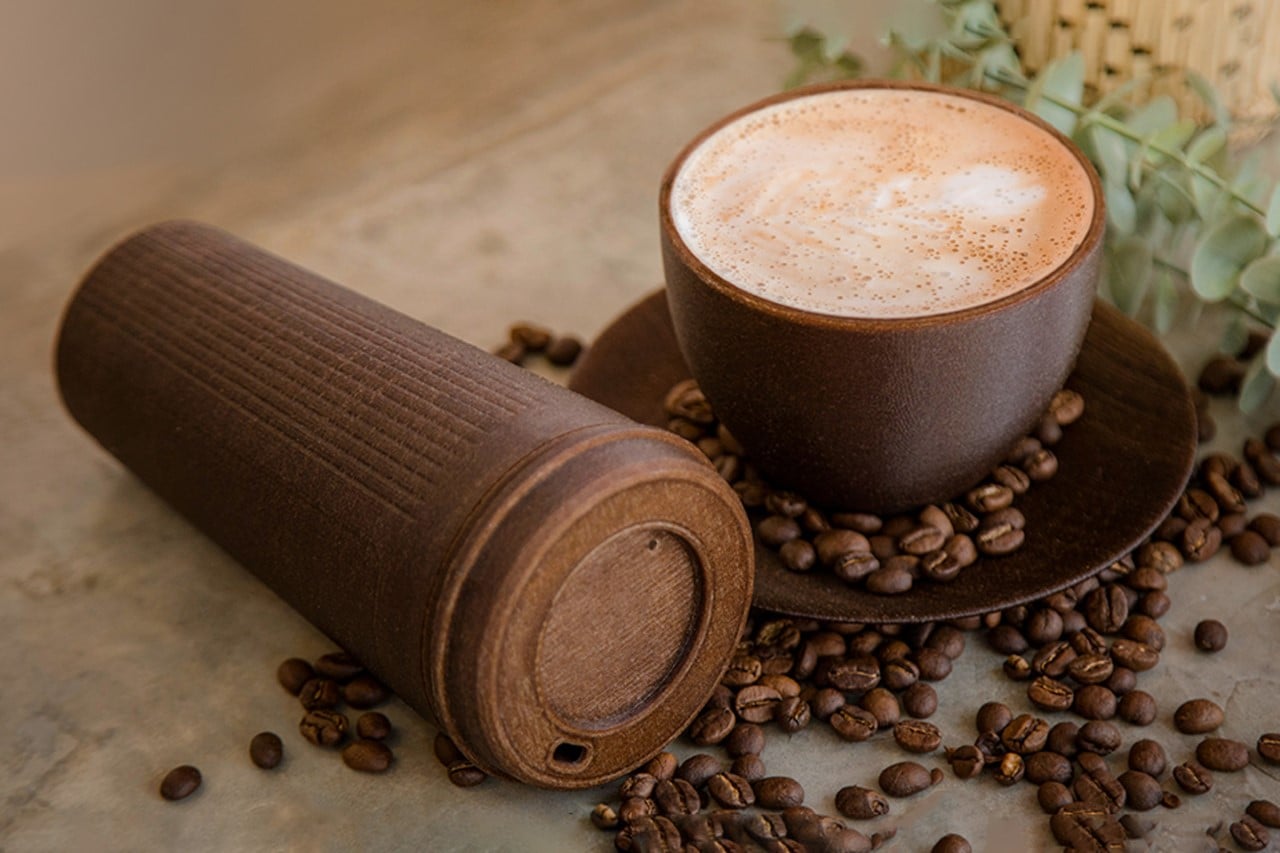

Meet the Kreis Cup, a coffee cup that’s sustainable, durable, and designed to enhance your coffee-drinking experience! Available in a cup and travel-mug styles, the Kreis Cup is a reusable cup made from used coffee grounds and plant-based materials, free of petroleum-based plastics.
Why is it noteworthy?
It is heat resistant and designed to keep your coffee hot longer. That being said, the Kreis Cup is still ultimately biodegradable, unlike the plastic-based to-go mugs you get at your local cafe or the breakable ceramic mugs you use at home. Once it reaches the end of its lifespan, the Kreis Cup disintegrates easily into the soil, leaving absolutely nothing behind.
What we like
- Made from spent coffee grounds that have been dried, treated, and then suspended in a natural, plant-based polymer
- Has the faint, unmistakable scent of coffee
What we dislike
2. Rootfull

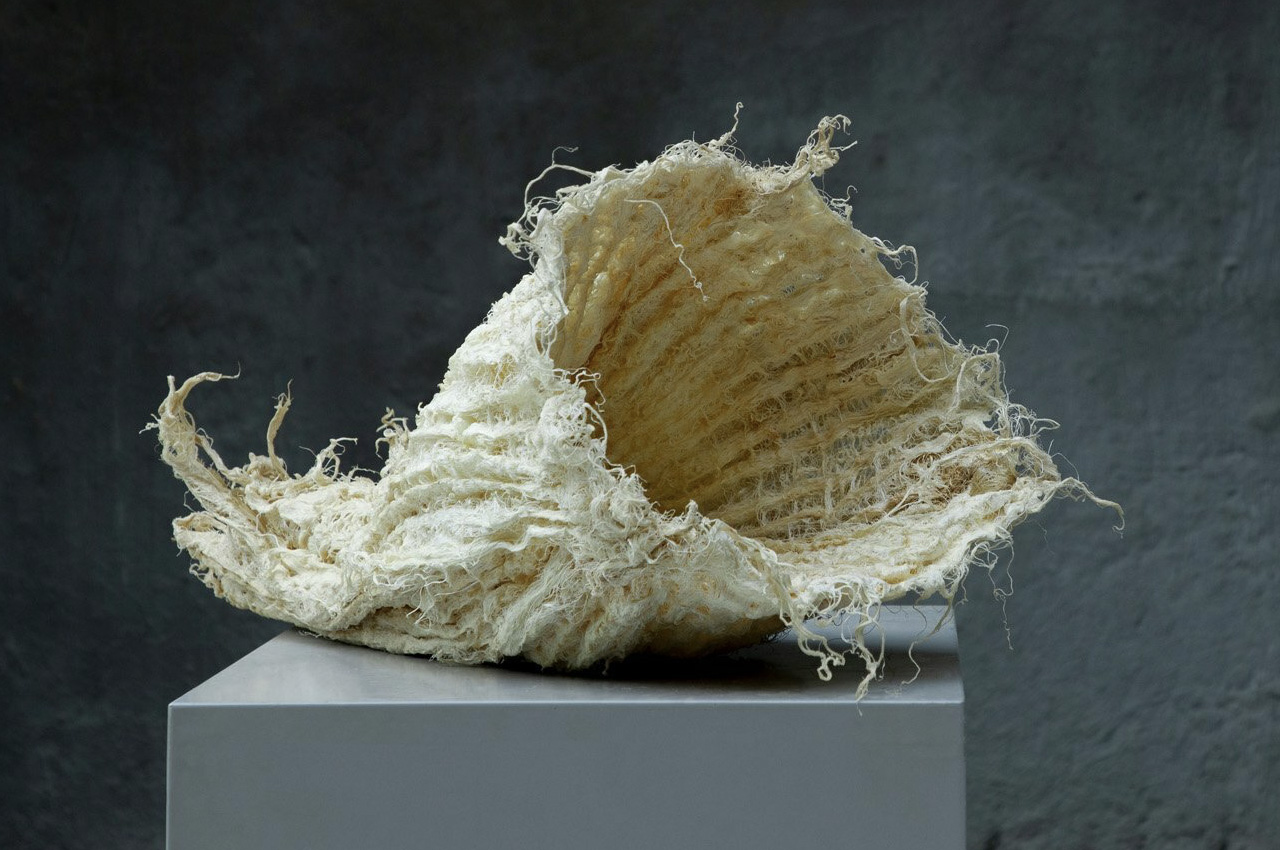
At the 2022 London Design Festival, Zena Holloway presented an intriguing collection of sculptures, products, and wearables grown completely from grass root! Called, ‘Rootfull’, the collection was presented at the inaugural edition of the ‘Materials Matter’ design fair.
Why is it noteworthy?
The collection includes a dress with a collar piece, other coral-inspired sculptural pieces, substantial wall hangings, and root-grown lamps with interesting coral textures. Holloway’s collection explores the possibilities and scope of root-grown textiles, and how they can be widely utilized in the future.
What we like
- Creation of a new kind of sustainable material
What we dislike
- The root-grown textiles may not be very comfy to wear
3. Karen Ultralight Electric Violin
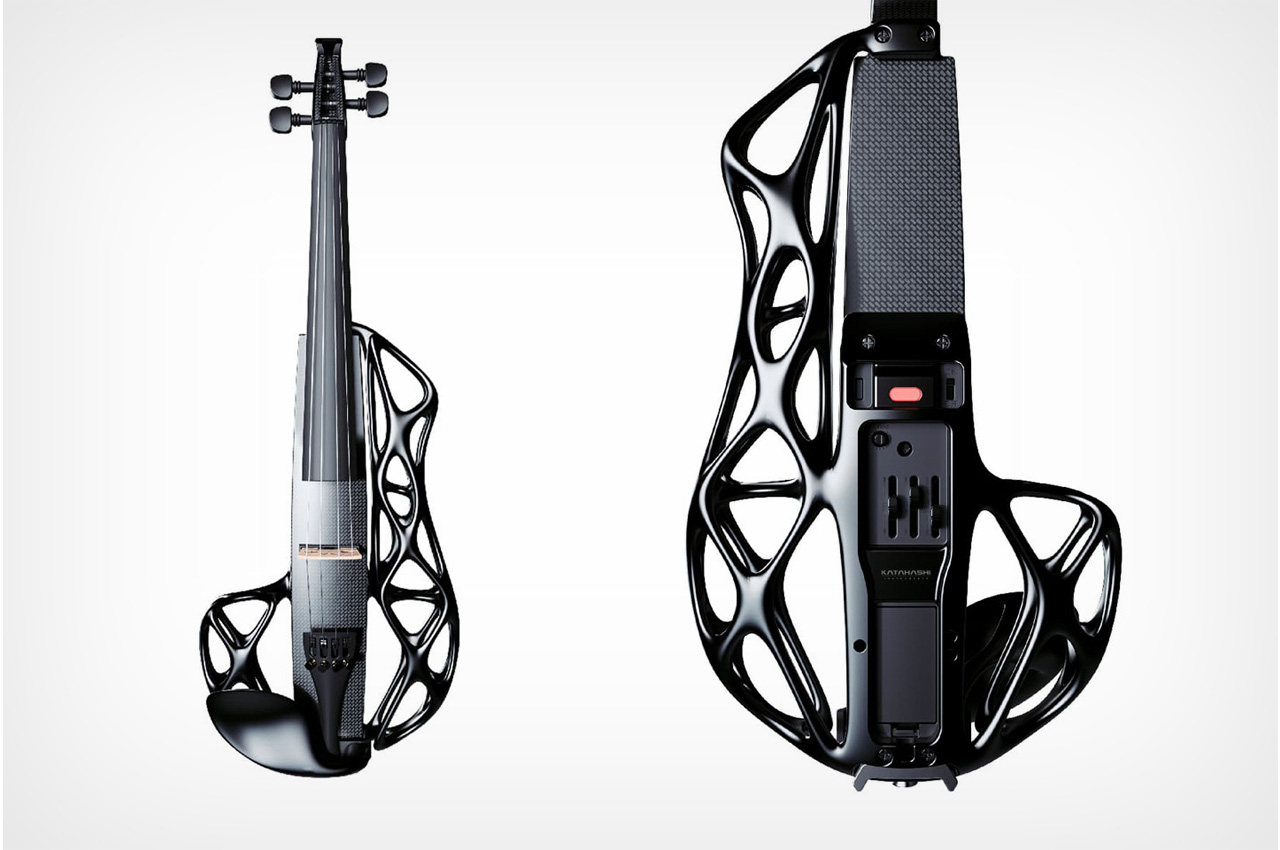
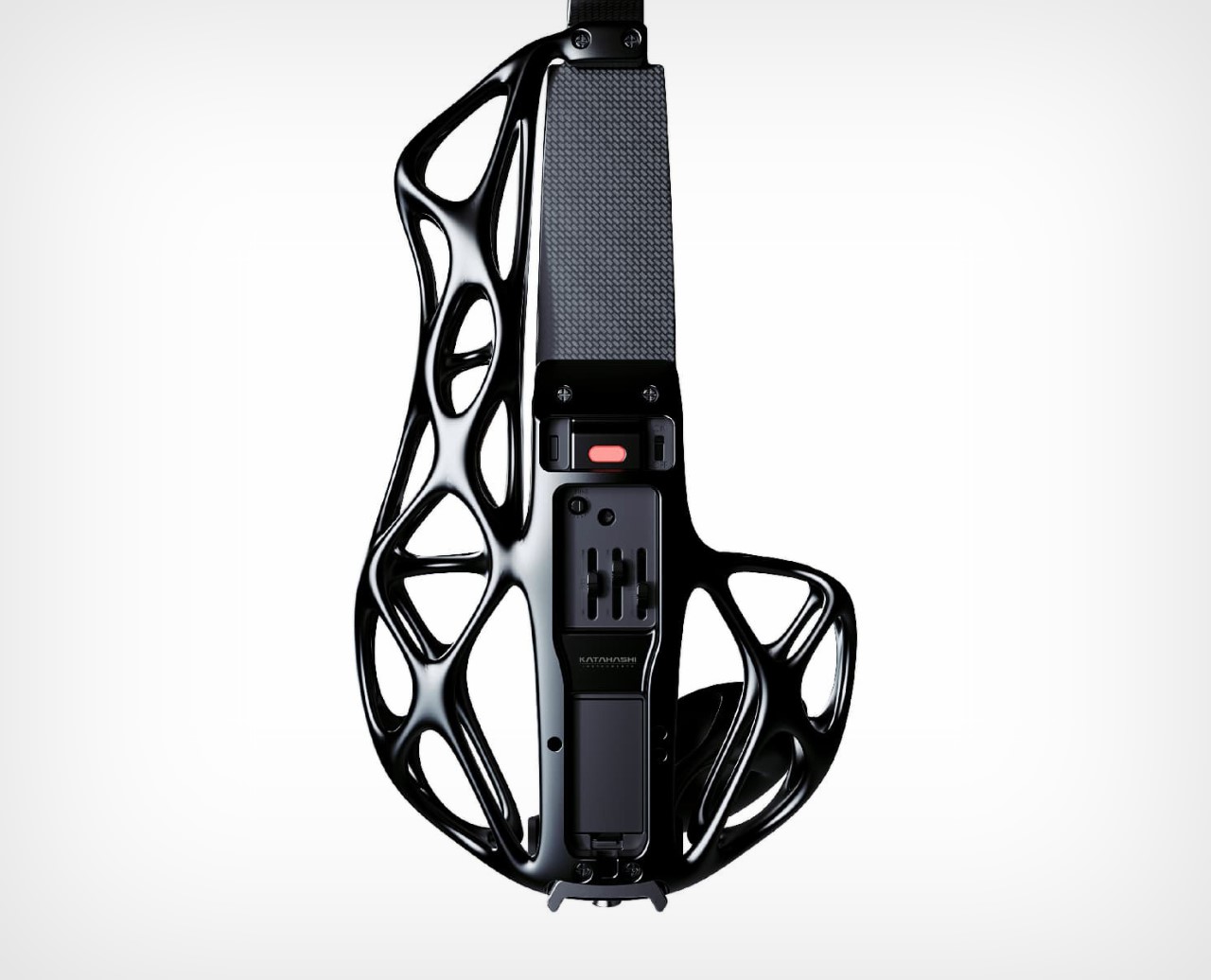
While the name Karen Ultralight Electric Violin may not be the best moniker for this instrument, it’s definitely the kind you won’t be able to ignore. Envisioned by Anima Design for Katahashi Instruments the Karen Ultralight is a dynamic electric violin that ditches conventional wooden acoustic chambers for something more eye-catching.
Why is it noteworthy?
The violin comes with a relatively hollow body made through generative design, which still provides strength with minimal use of material. The 3D-printed generative frame sits on a carbon fiber body, with a birchwood fingerboard for an elevated yet familiar playing experience. Working just like an electric guitar, the Karen Ultralight has a 1/4-inch jack output, but even sports an internal 9V battery and a headphone jack so you can ‘silently’ play music directly into your headphones without disturbing the neighbors!
What we like
- Uses a popular design technique called generative design
- A slot on the back lets you put in a 9V battery and plug your own headphones into the Karen, giving you the ability to play silently, right into your ear
What we dislike
4. Bamboo Washing Machine
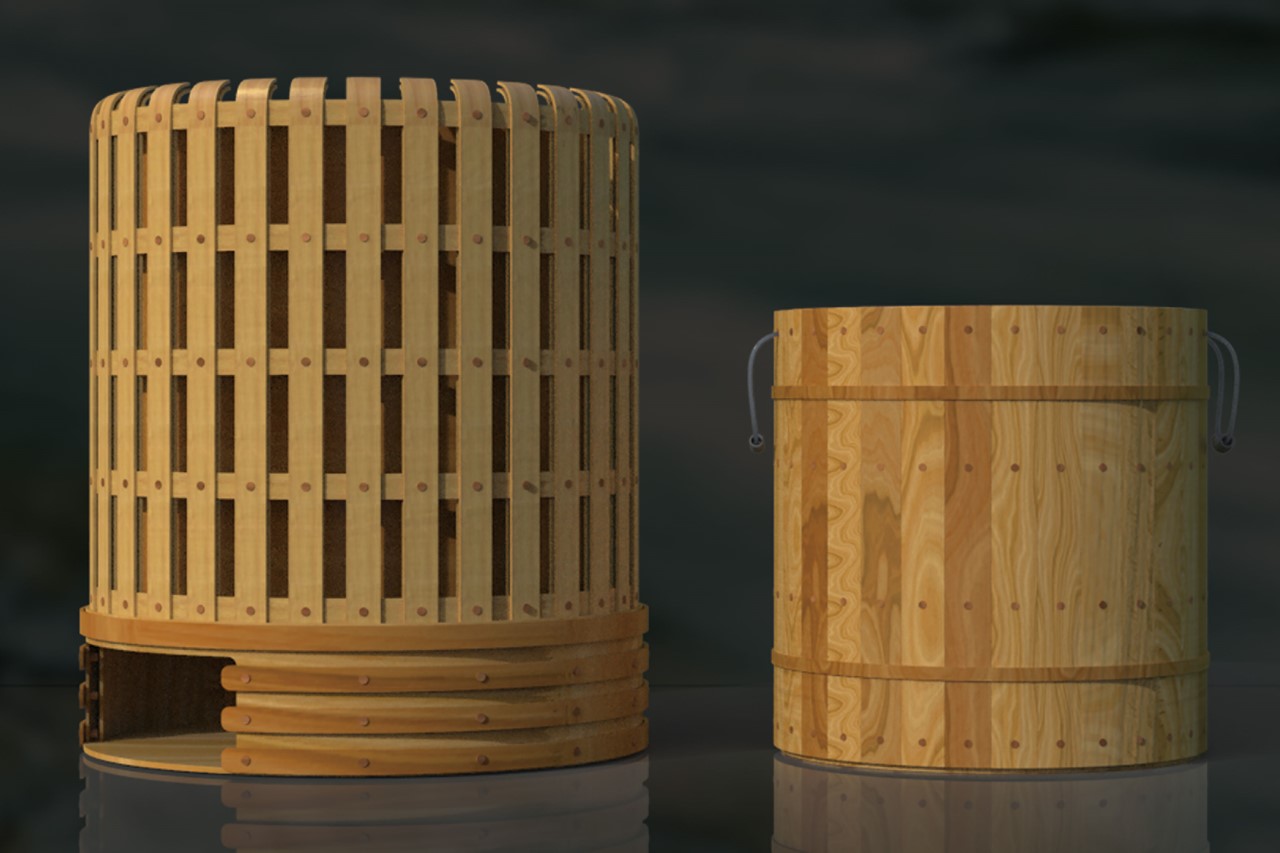
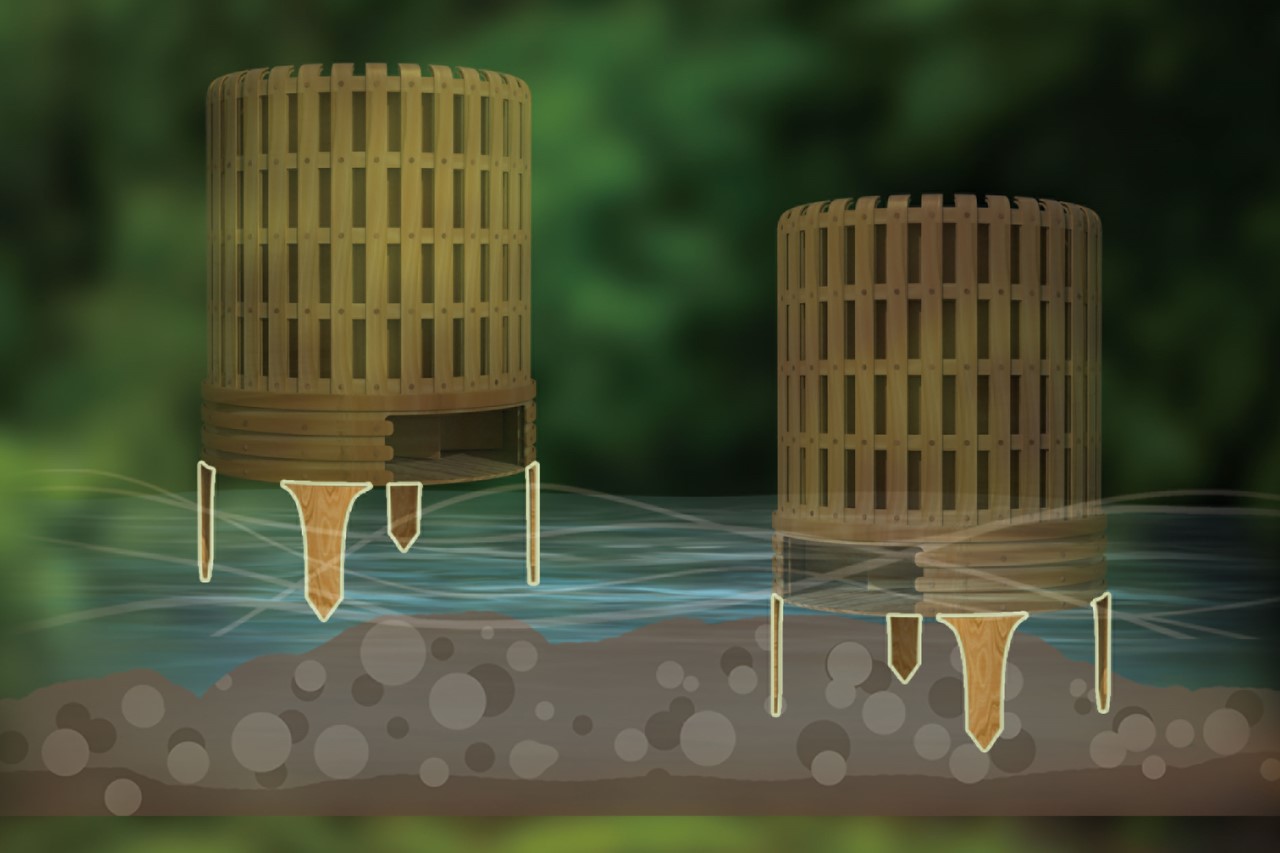
It doesn’t need extra water cycles, and it runs entirely without electricity. Meet the Bamboo Washing Machine, a cleverly low-tech appliance that washes your clothes efficiently with zero wastage and emissions.
Why is it noteworthy?
A winner of the Red Dot Design Concept Award, the machine is made entirely from bamboo wood, and plugs right into a shallow riverbed, using river currents to turn the machine’s drum. The water flowing through the machine helps wash the dirt off the clothes too, giving you an entirely automated device that runs entirely on its own, using the powers of nature and human ingenuity!
What we like
- Has zero wastage and emissions
- Runs completely on its own
What we dislike
5. Kara
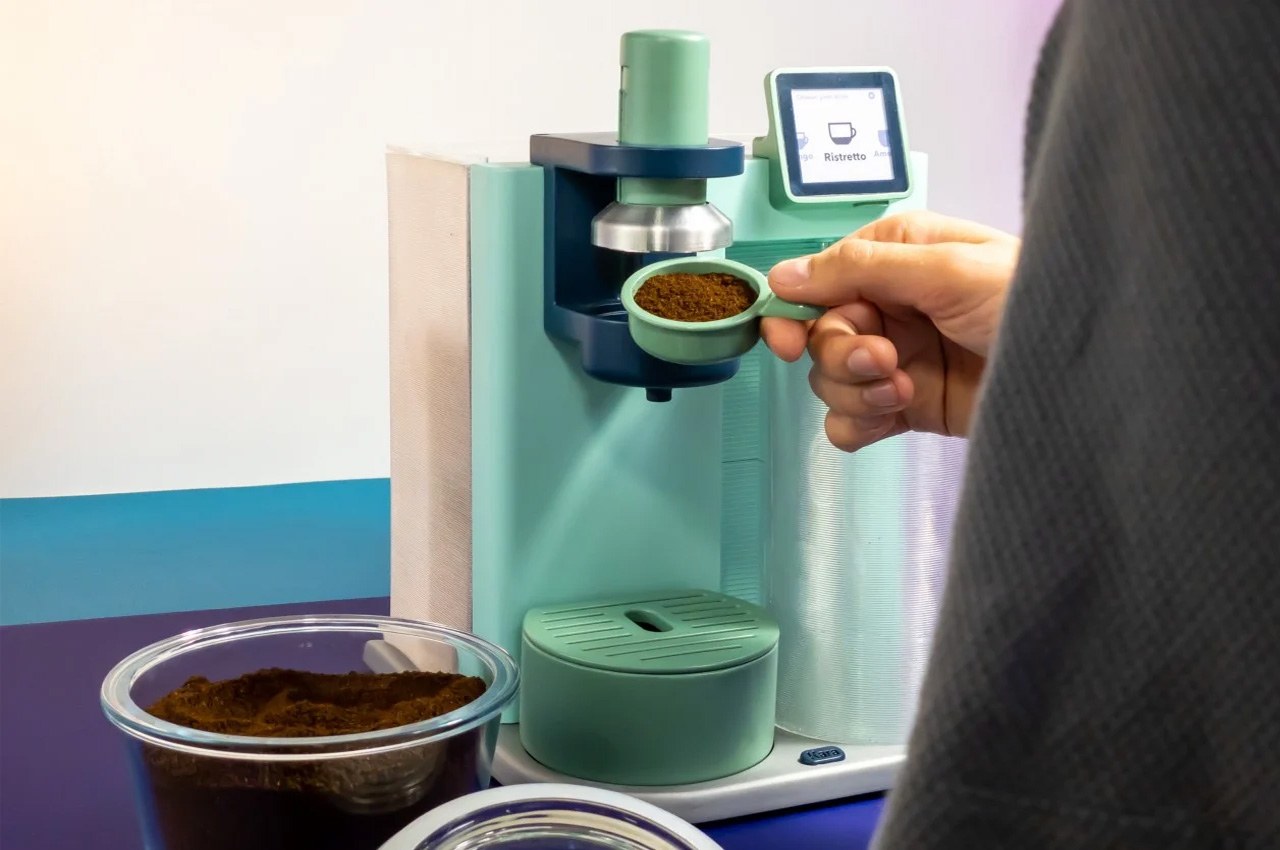
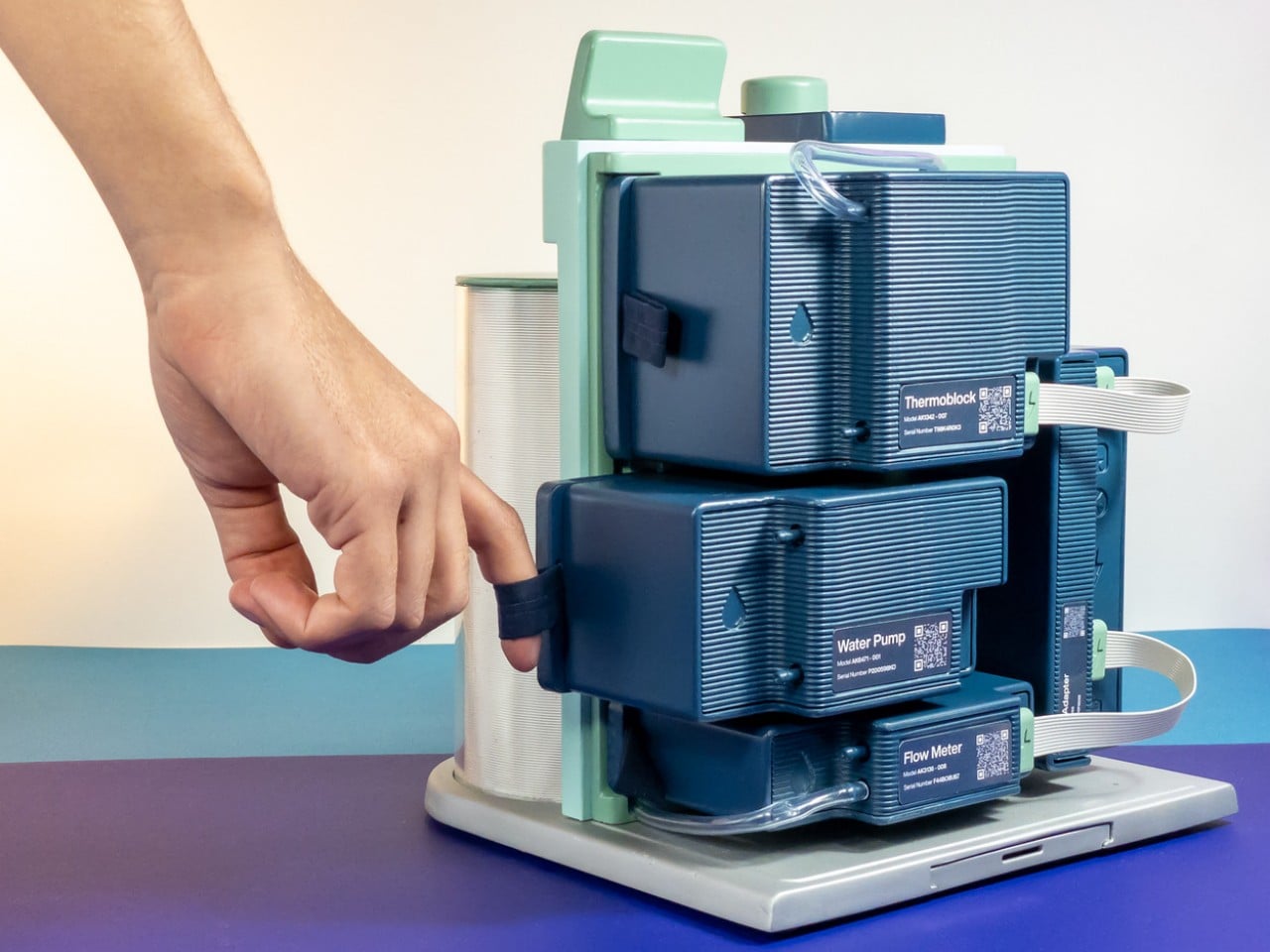
Coffee machines might not be the most common consumer electronics in homes, but their widespread use and the way they operate make them ideal for a thought experiment. Kara is the result of one such process, resulting in a modular coffee machine that’s meant to last forever, even when the manufacturer has stopped producing replacement parts.
Why is it noteworthy?
The secret is that these parts can be 3D printed if access to the original is no longer possible. The more technical components can be replaced or substituted with other electronics, presuming those are still in production.
What we like
- Unlike most designs that promote repairability, Kara doesn’t require advanced knowledge or skills to make that possible
- Sustainable design
What we dislike
6. Oakwood MagSafe Collection
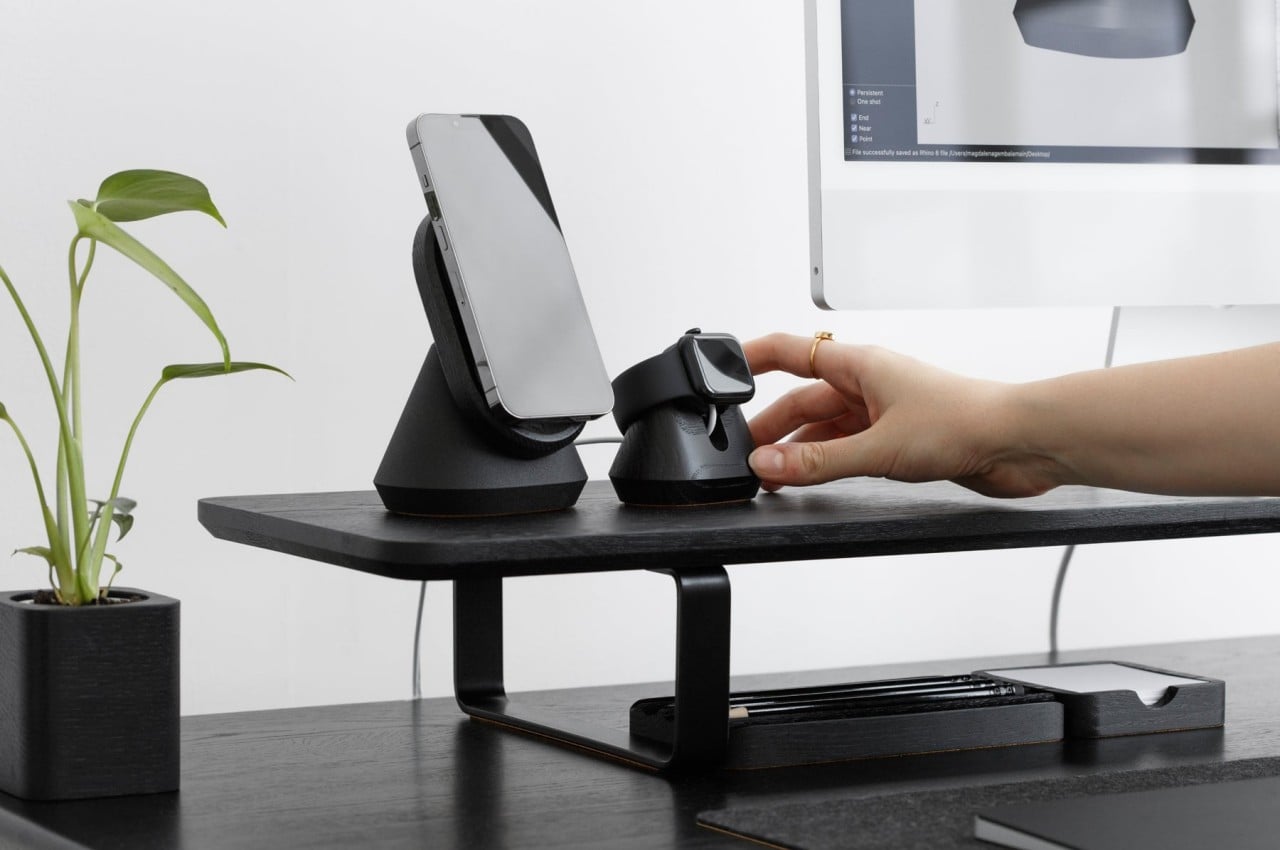
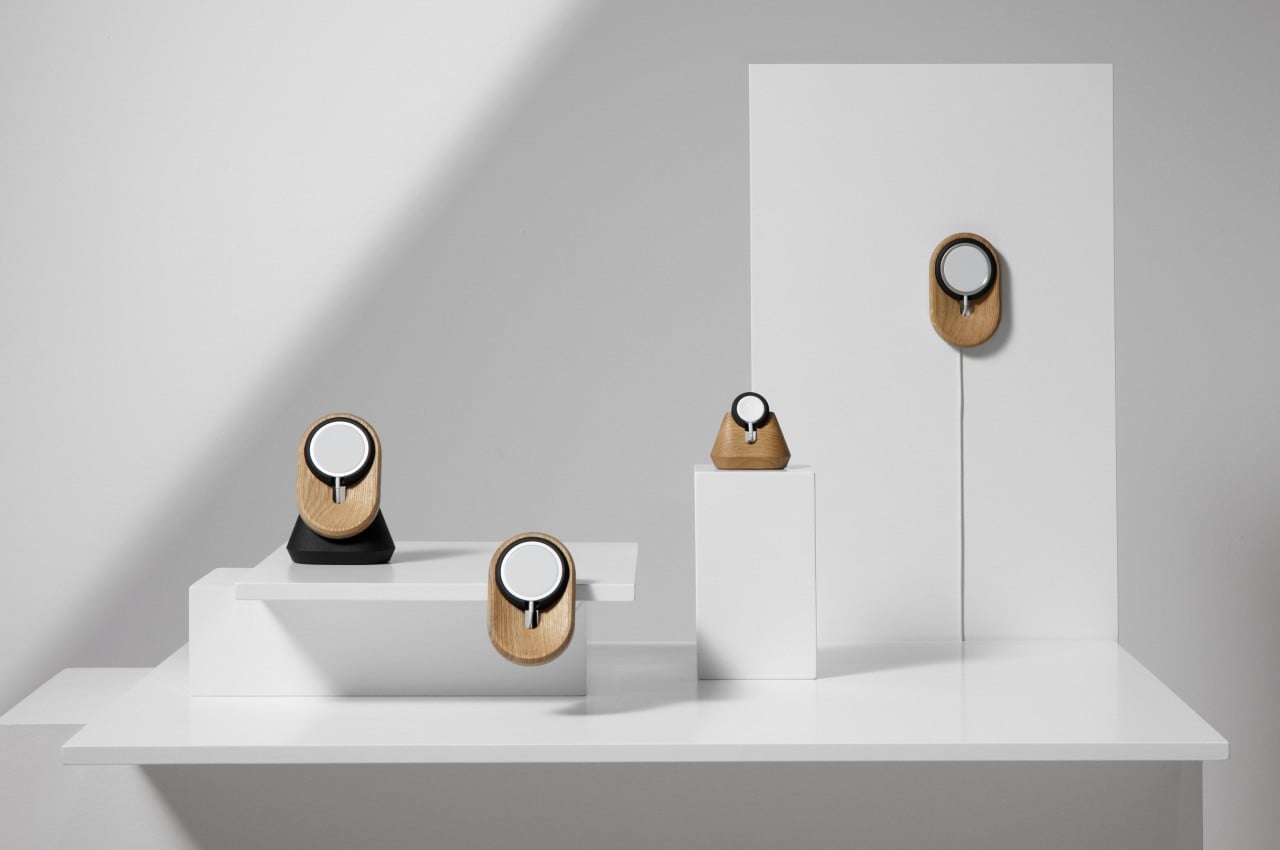
This Oakywood MagSafe collection utilizes the Apple MagSafe chargers to provide the actual charging function of these beautifully designed products. What they offer, instead, are solid and multi-functional bases that not only keep your iPhone or Apple Watch in place but also add some life to your desk.
Why is it noteworthy?
With a mix of wood and matte aluminum materials, these stands and mounts look handsome on any motif you might have going for your desk, providing eye-catching ornaments without being distracting.
What we like
- The MagSafe charger they hold can be removed and used as normal
- Prevents more e-waste in the long run
What we dislike
7. FR-1 Bike Saddle
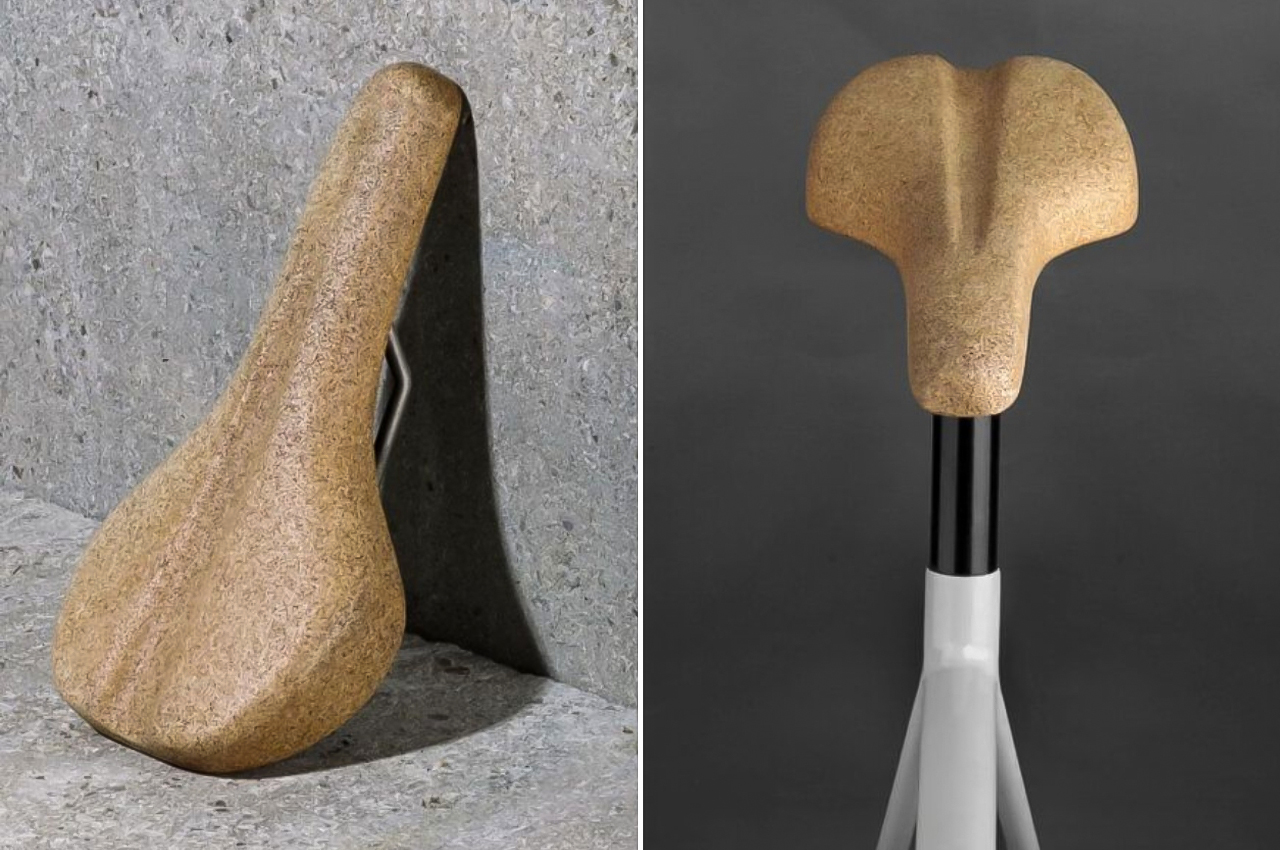
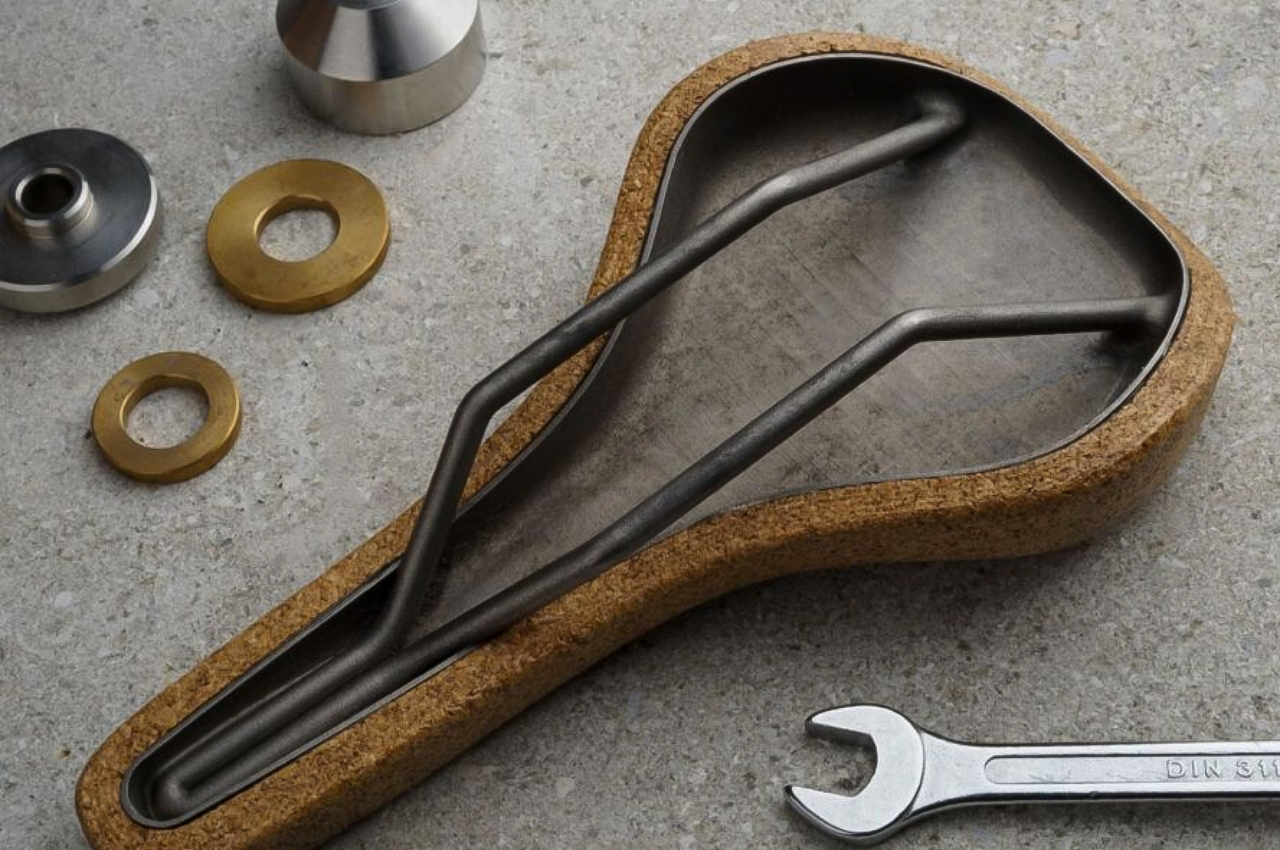
This Scottish brand is one such company that wants to bring more sustainable solutions for the bikes and bike parts that they manufacture. Their first product is called FR-1 Bike Saddle and it is made from cork
Why is it noteworthy?
At first, you would think this is not a sturdy and comfortable material for something that you will be sitting on probably for a long period. But cork is actually pretty durable and lightweight so it should be something that can last a long time and not hurt your tushy that much. It is also water-resistant and can offer better cushioning compared to other materials.
What we like
- Stronger but also more lightweight compared to the more common steel that a lot of bike seats use
- Sustainable + supports historic local cork farming
What we dislike
8. B-Wise
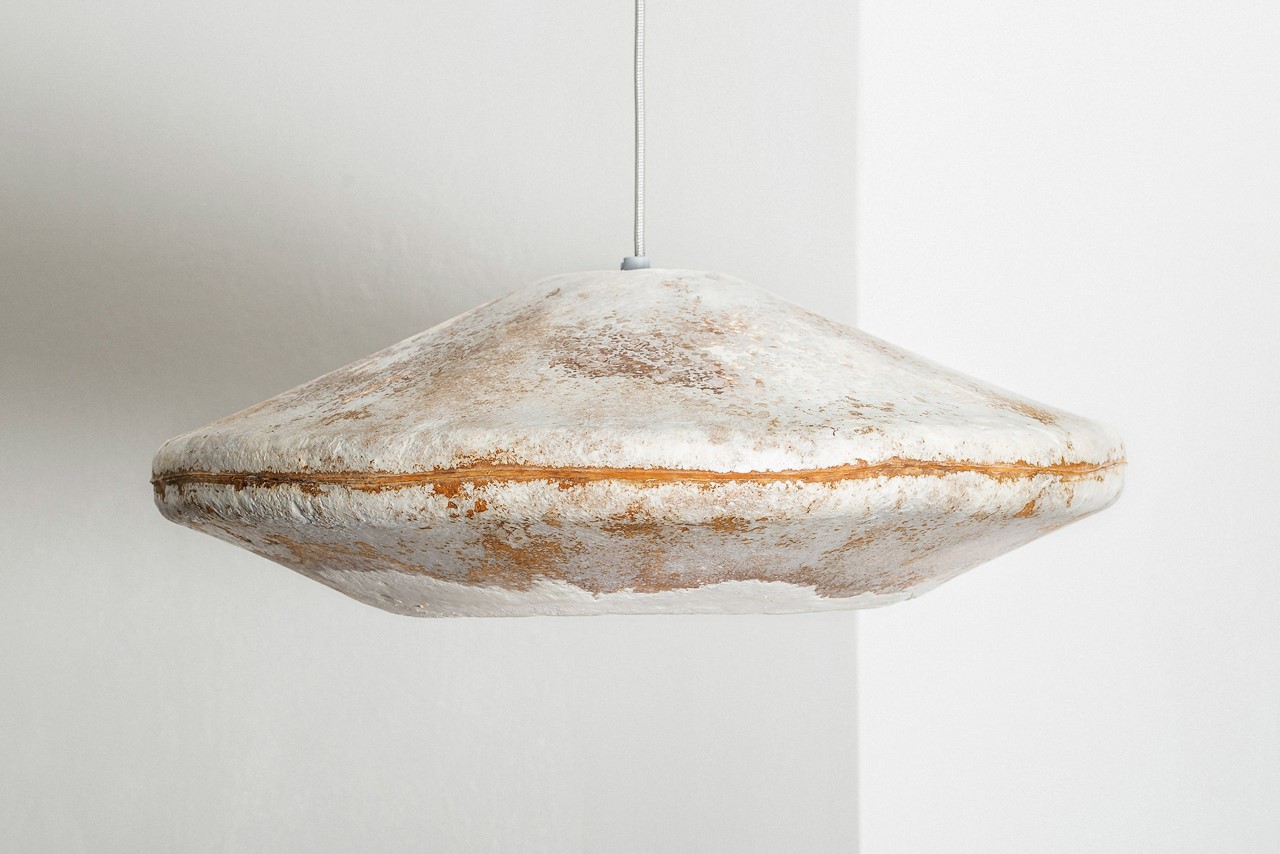
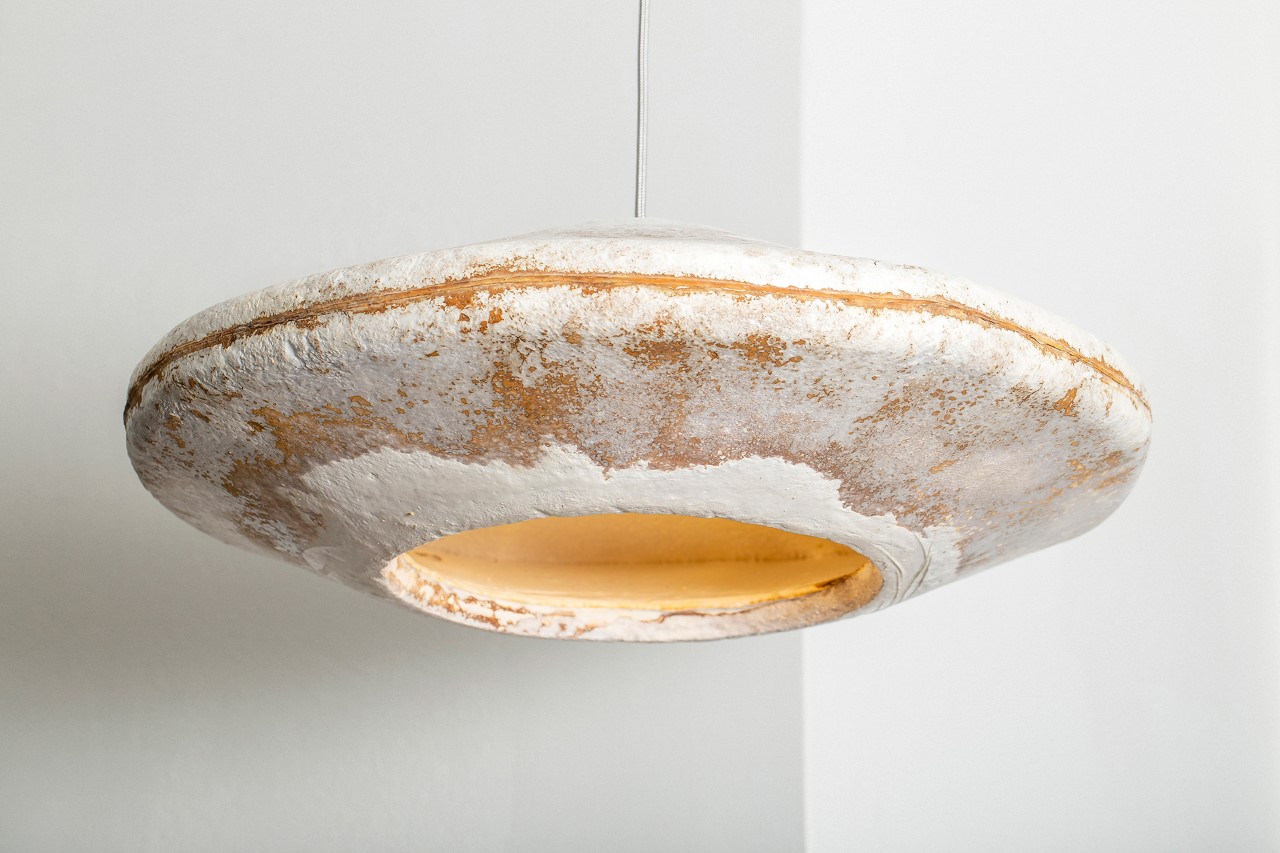
Unveiled this year at the Dutch Design Week, ‘B-Wise’ is a uniquely grungy-looking lampshade that’s actually made from mycelium – the vegetative part of a mushroom or fungus that often grows underneath the surface while we just notice the mushroom caps that make their way through the ground or tree bark.
Why is it noteworthy?
The pendant lamp, which measures an impressive 60cm wide, comes with a grungy appearance that is unique to each lamp. To make each lamp, the designers at Myceen take an empty mold and fill it with mycelium along with waste organic material from the timber and agricultural industry including sawdust and straw for the mycelium to feed on. In a matter of just 5 weeks, the mycelium grows into the shape of the mold and is then de-molded and dehydrated to prevent any further growth.
What we like
What we dislike
9. Zens
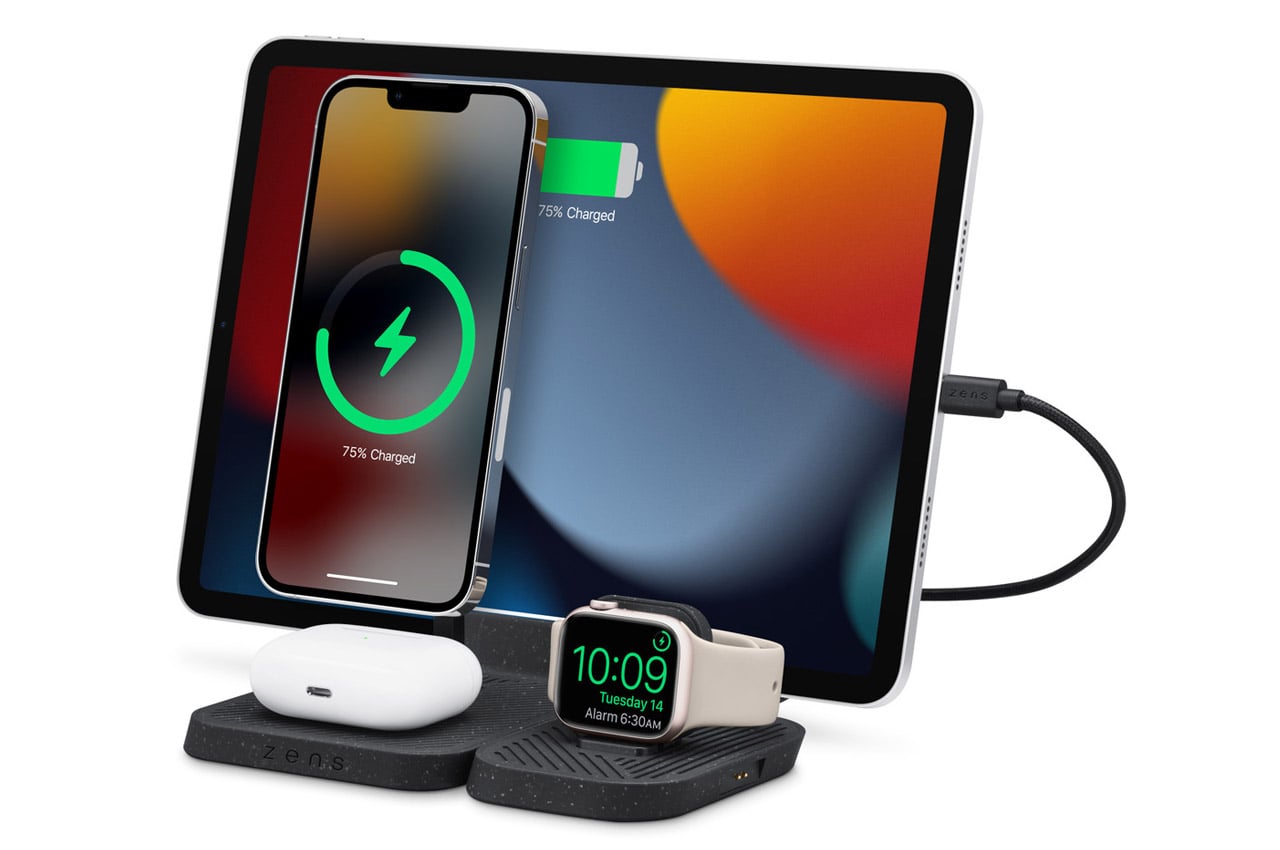
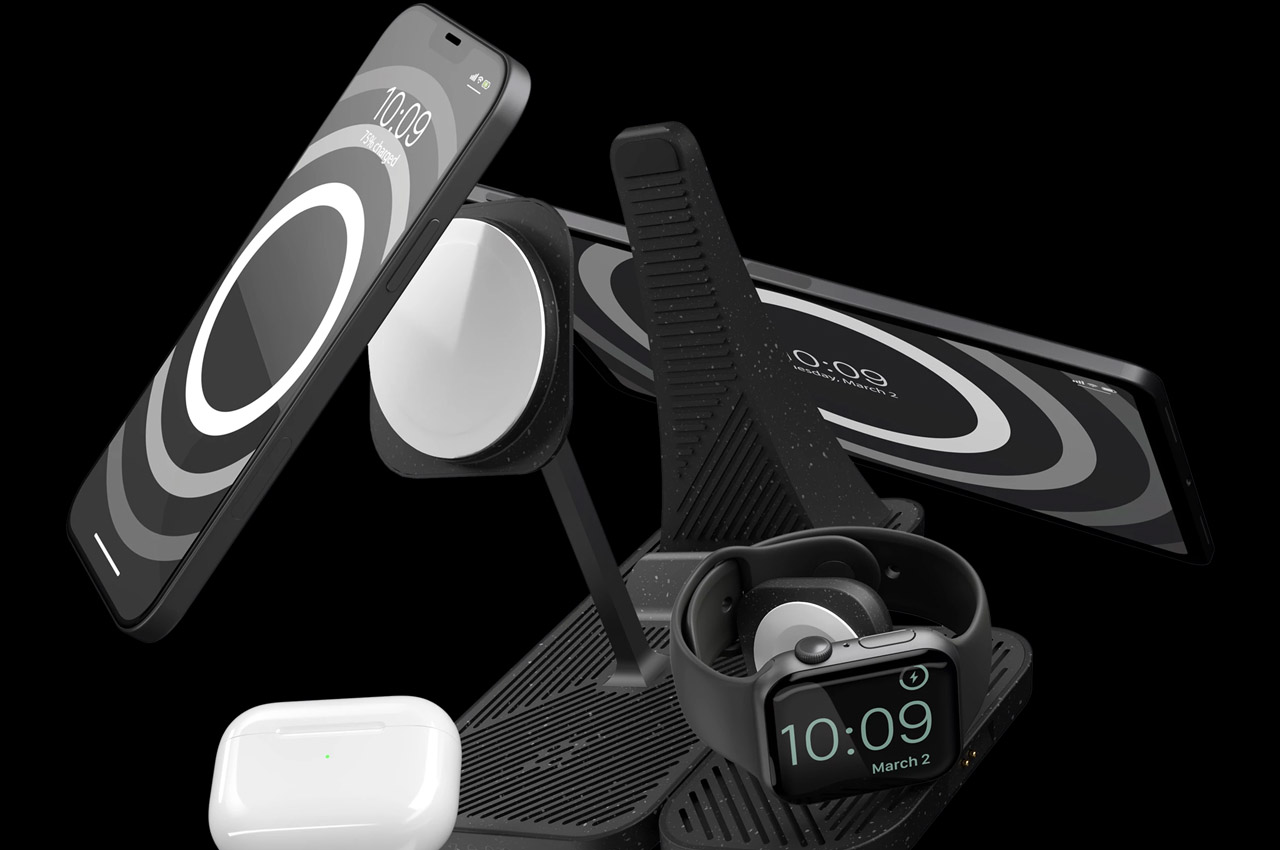
As a step up from the trio of charging options, Zens – a reckoned manufacturer of wireless chargers empowering freedom – has come up with a 4-in-1 Modular Wireless Charger. Designed to power an iPhone, iPad, AirPods, and Apple Watch in one go, the wireless charger is a sustainable and quick charging solution.
Why is it noteworthy?
Since an organized desk is a dream for every systematized worker, this Zens charger can go a long way in ensuring that. The idea of having all the prized Apple devices charging in one go, in one location, is not short of peace of mind. Additionally, it leaves the desk or the nightstand organized. What more do you want? Before you go ahead and reply to that with a “Nothing”; the Zens 4-in-1 Modular Wireless Charger, with its fancy antics, comes for a $180 price tag (more on the alternative pricing options later).
What we like
- This modular charger is a convenient solution for a quick and fast charge to all your Apple devices
What we dislike
10. The Plastic Translation Stool
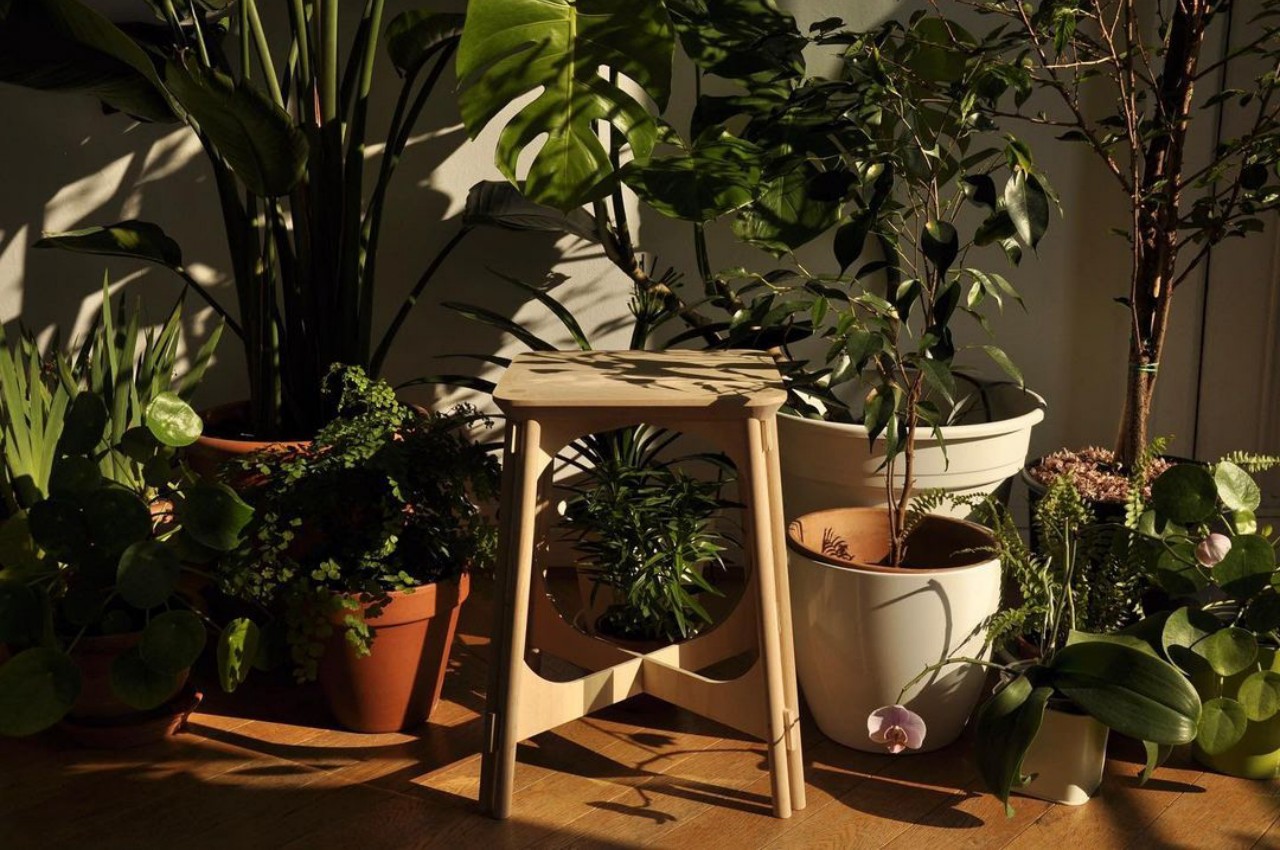
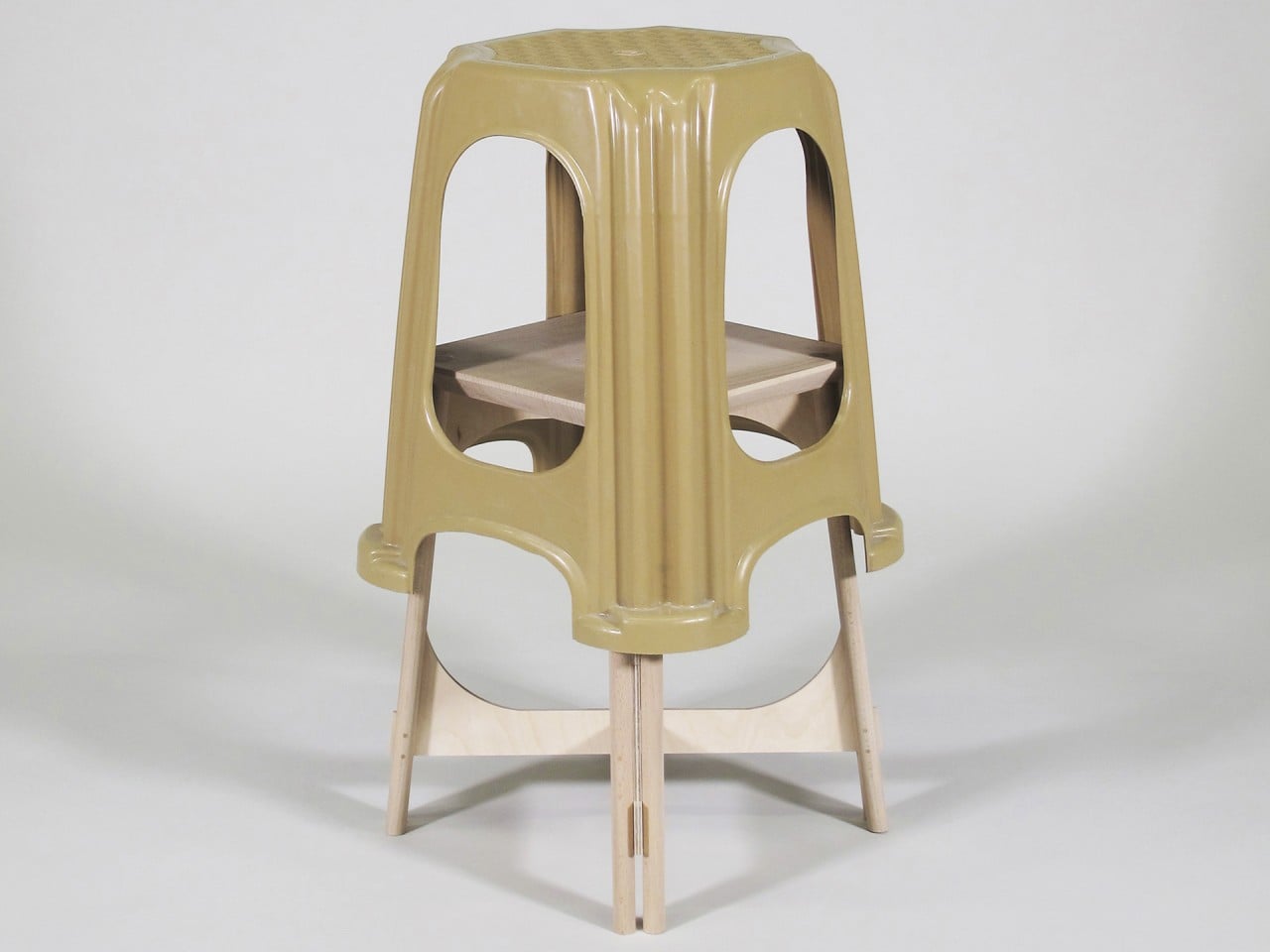
The Plastic Translation Stool design tries to reinterpret the lines of the plastic stool instead, resulting in a form that is somewhat similar yet also unique, giving the wooden stool its own character.
Why is it noteworthy?
Those legs alone, however, won’t be enough to offer the same stability as the plastic counterpart, so an additional element had to be added. Birch plywood buttresses distribute some of the force evenly across the beechwood legs, which, in turn, hold the buttresses together. These interlocking parts provide not only architectural stability but also visual accents to what would otherwise be a plain-looking stool.
What we like
- Doesn’t require screws or nails to be assembled
- A more sustainable option to the plastic stool
What we dislike
The post Top 10 sustainable designs to help you go green in 2023 first appeared on Yanko Design.
